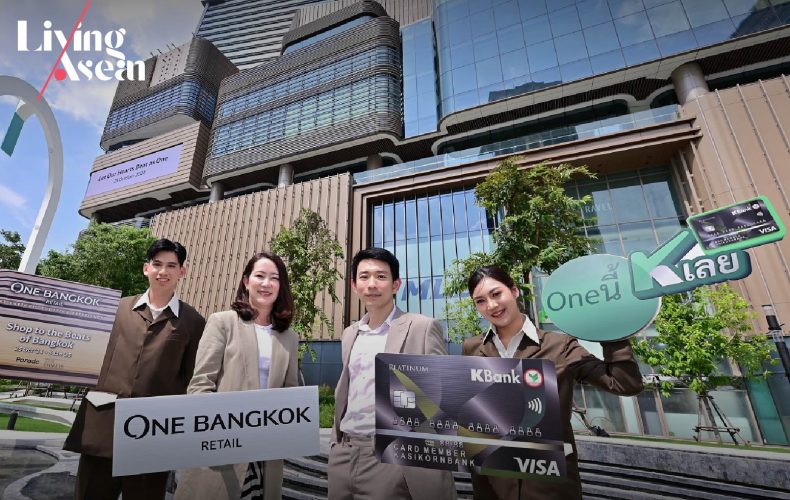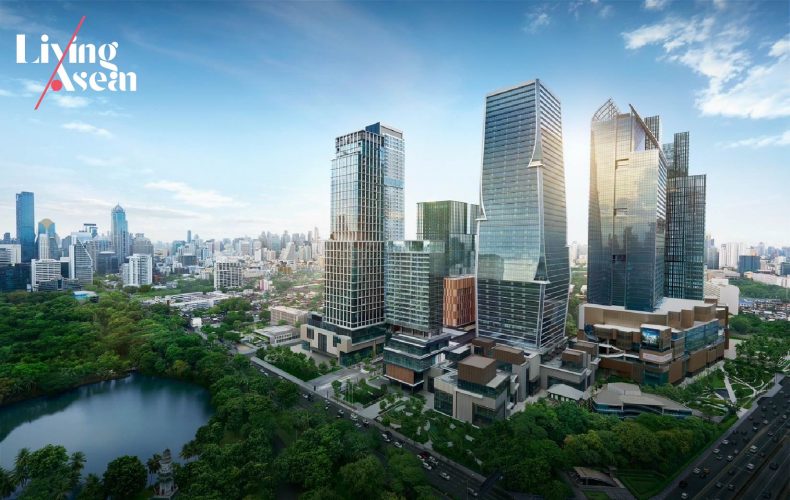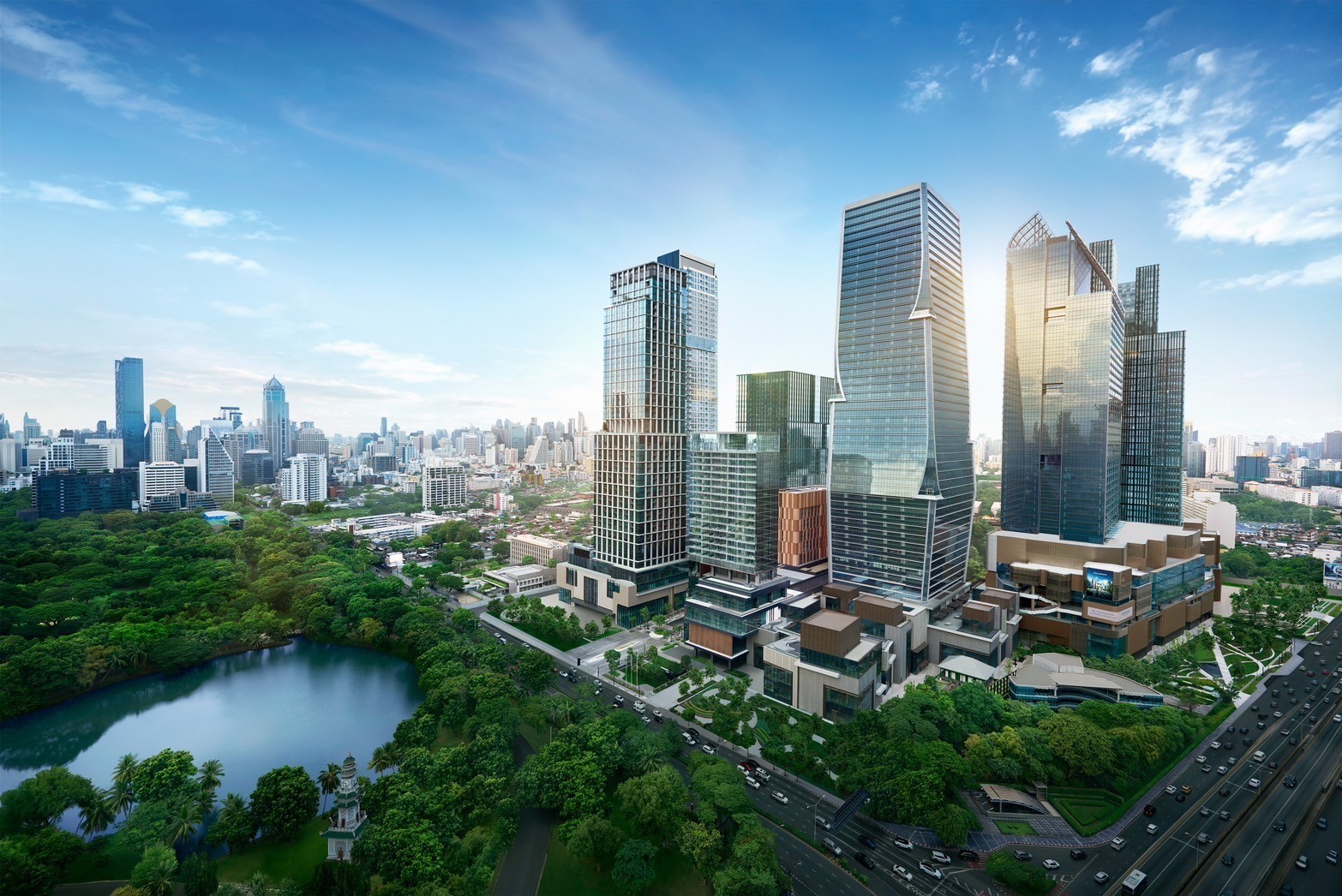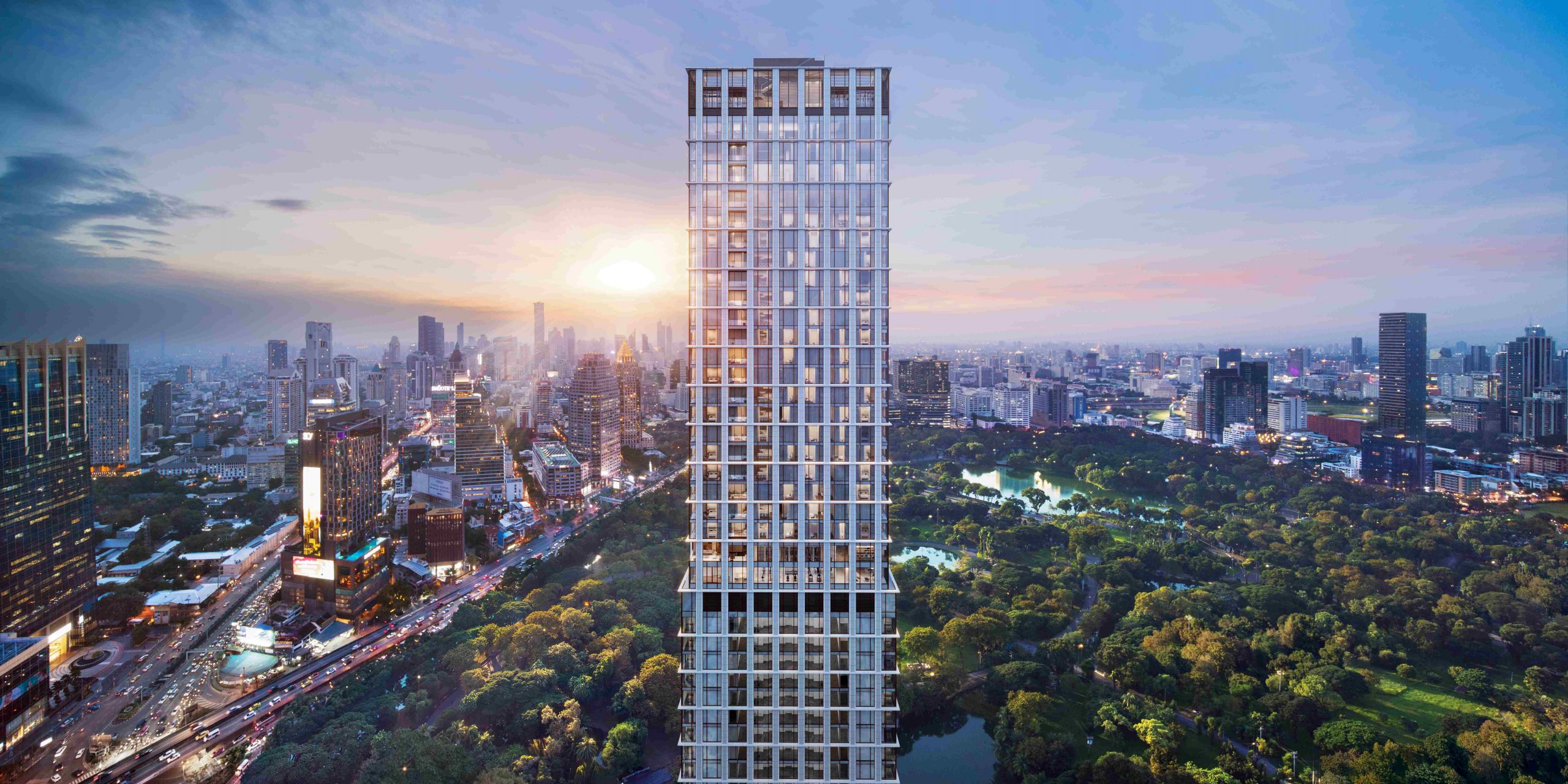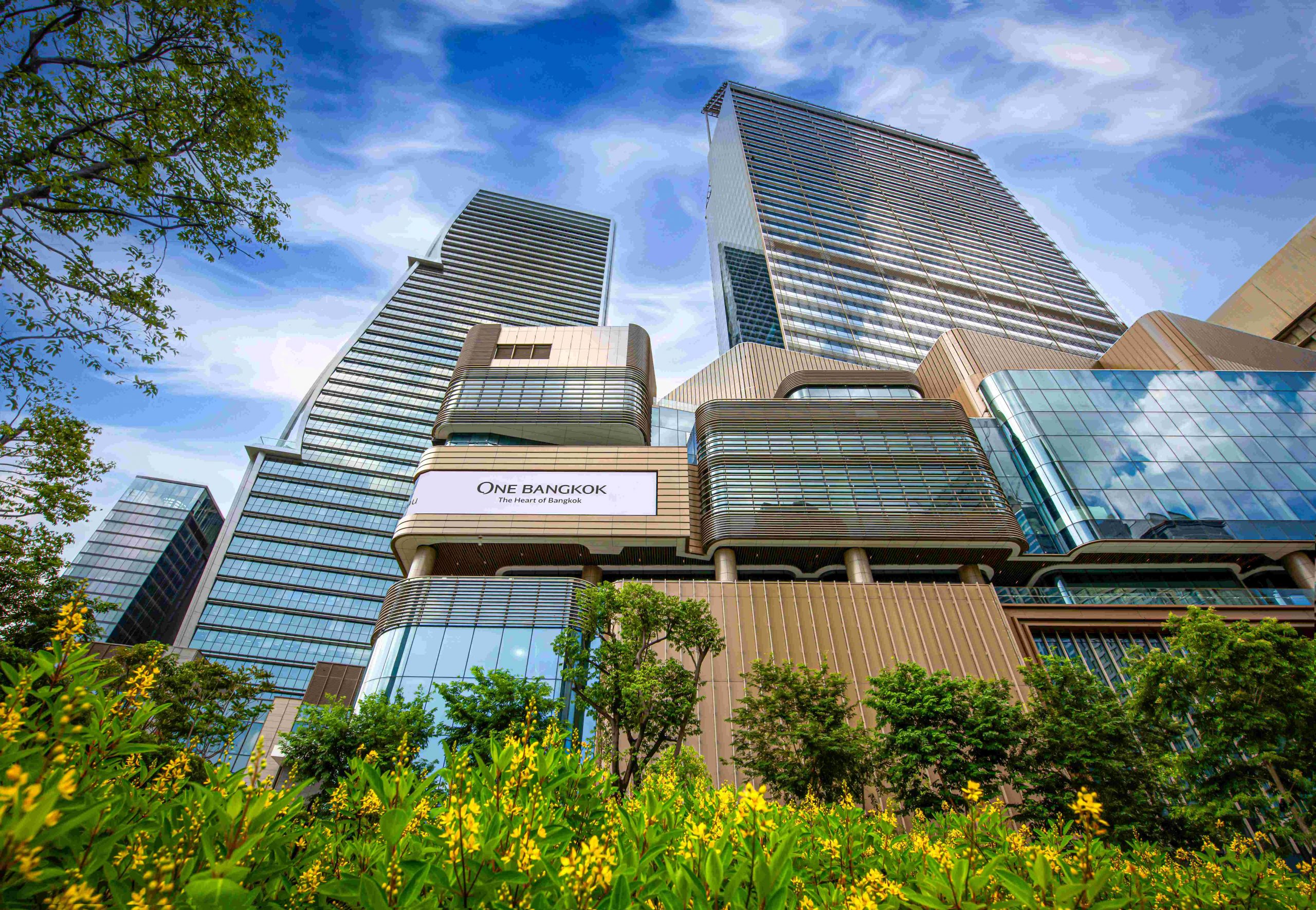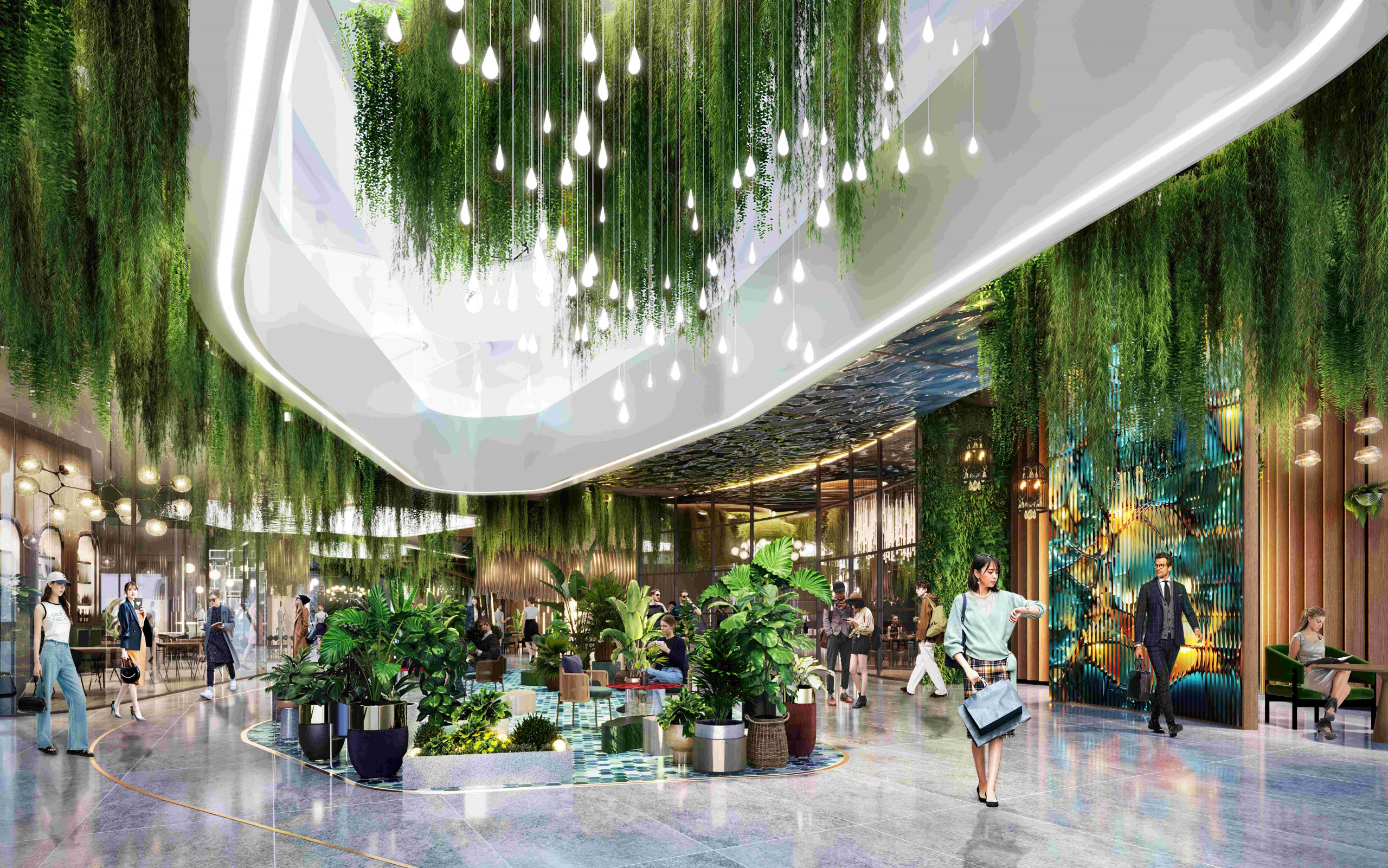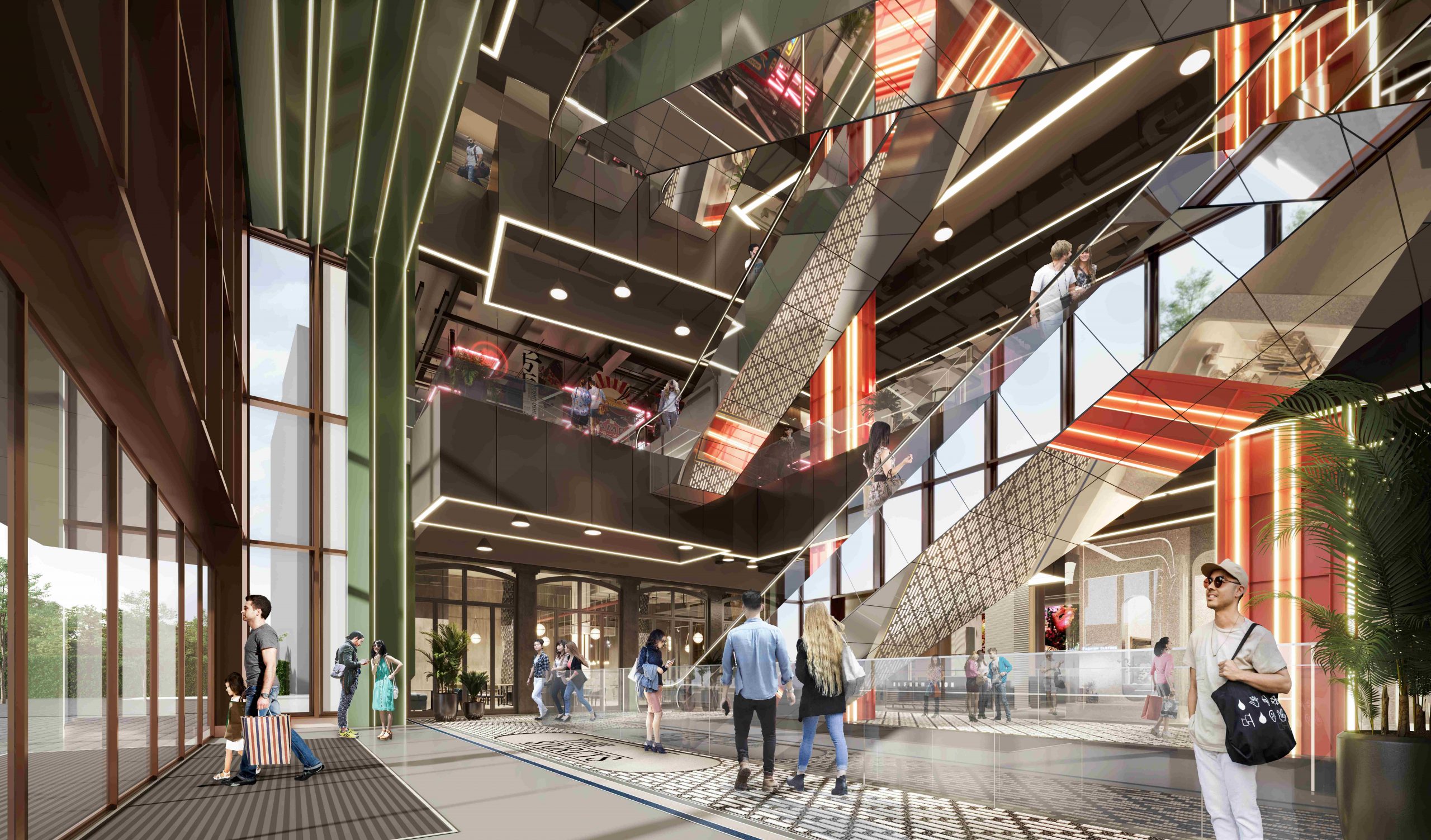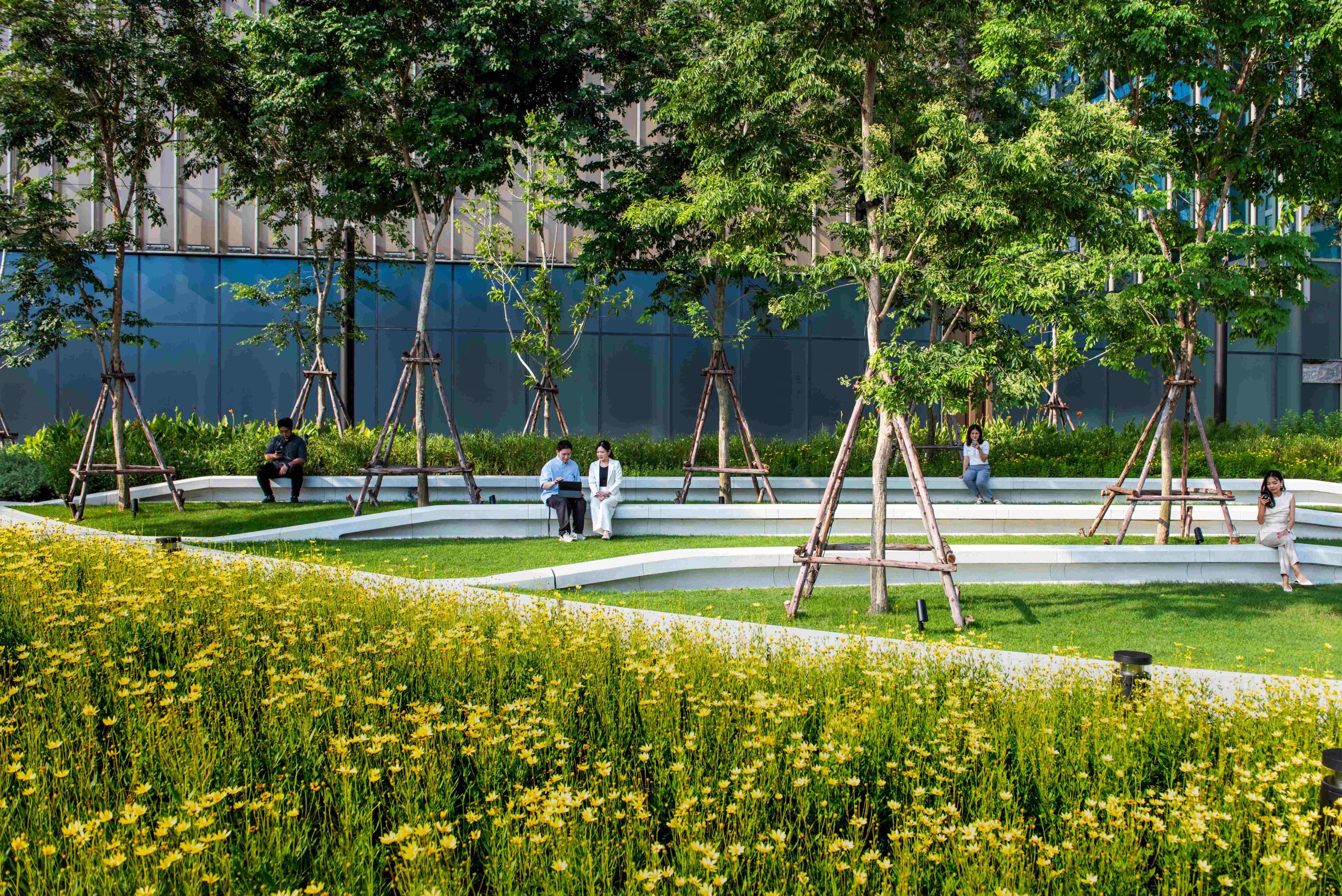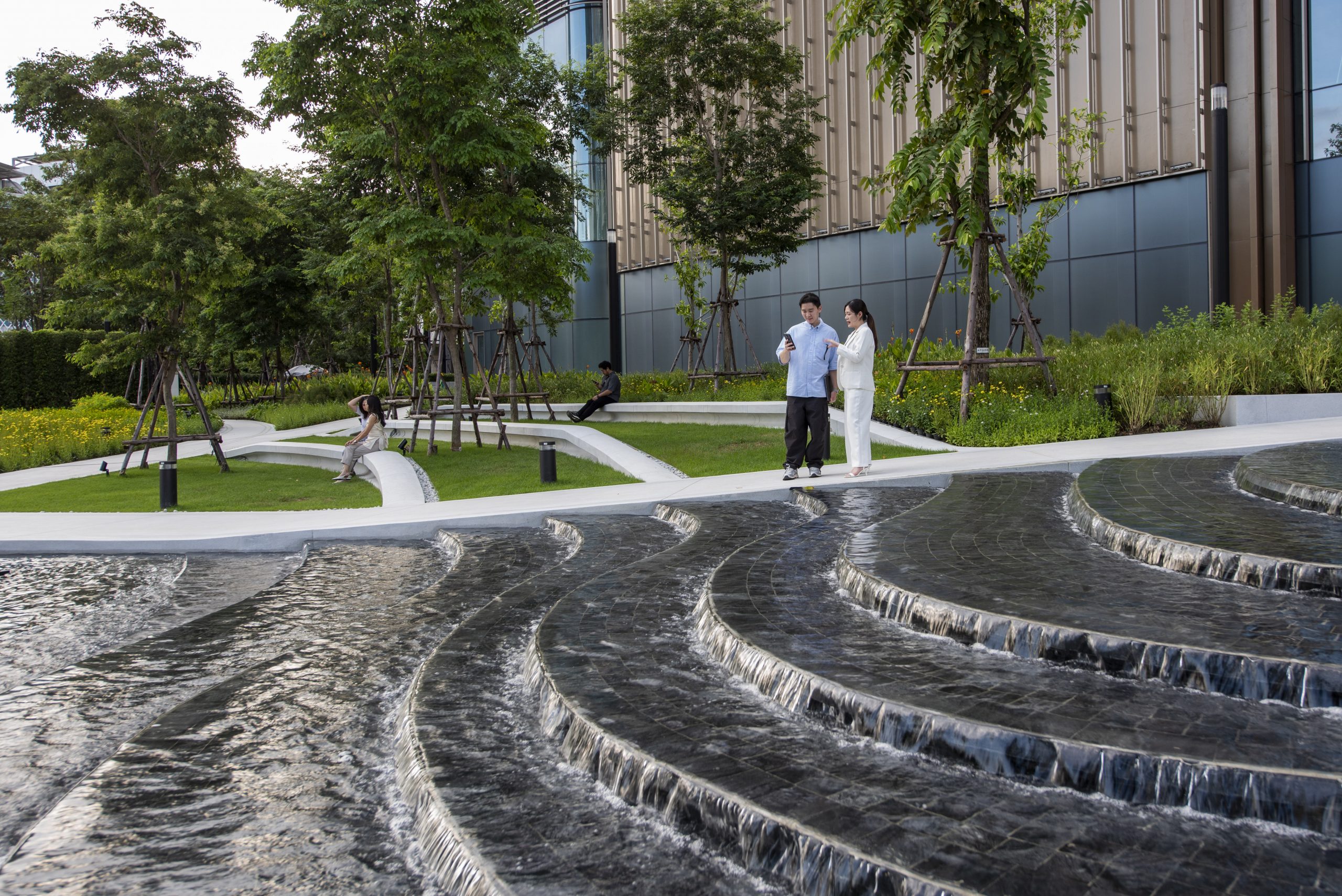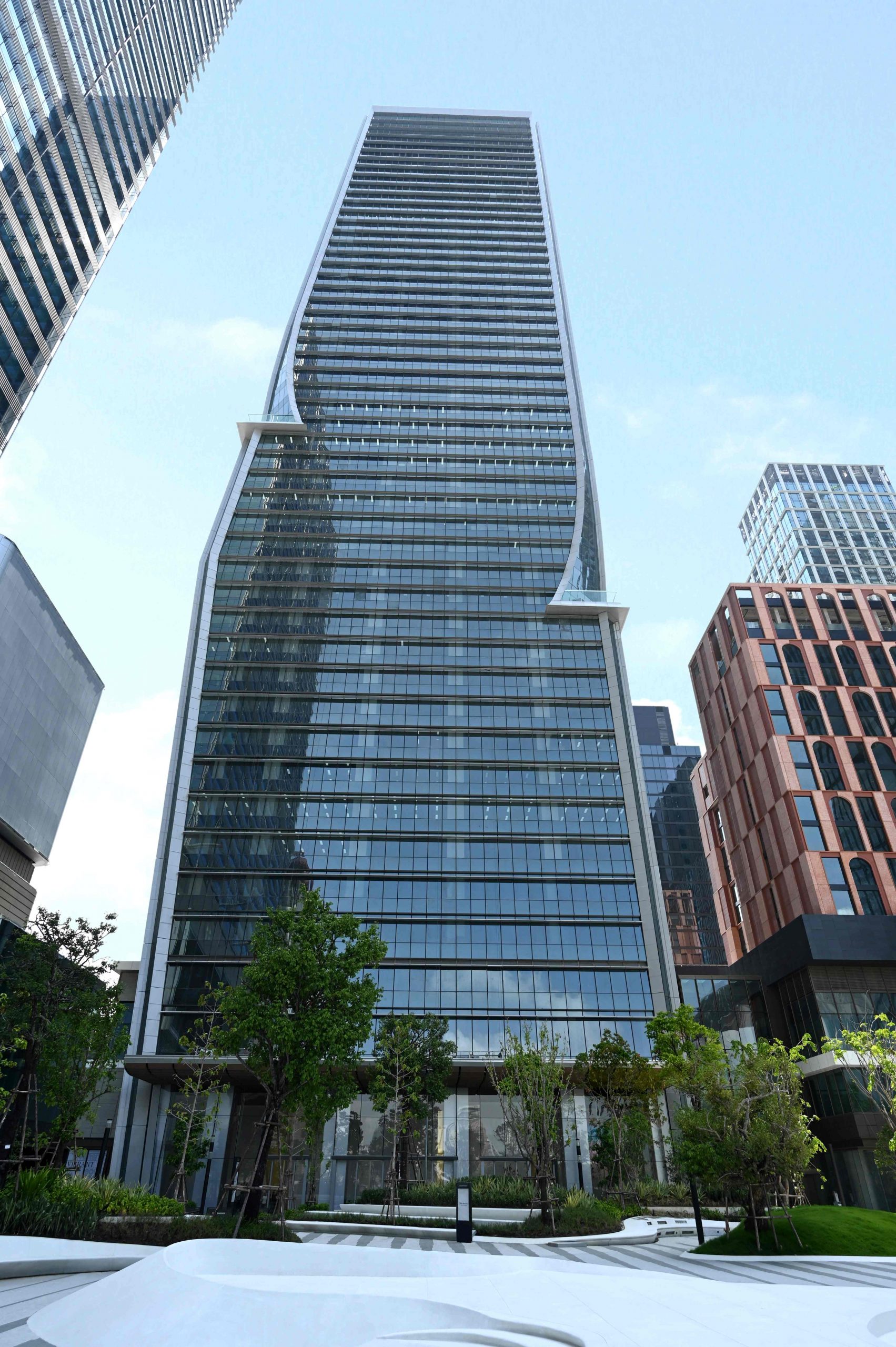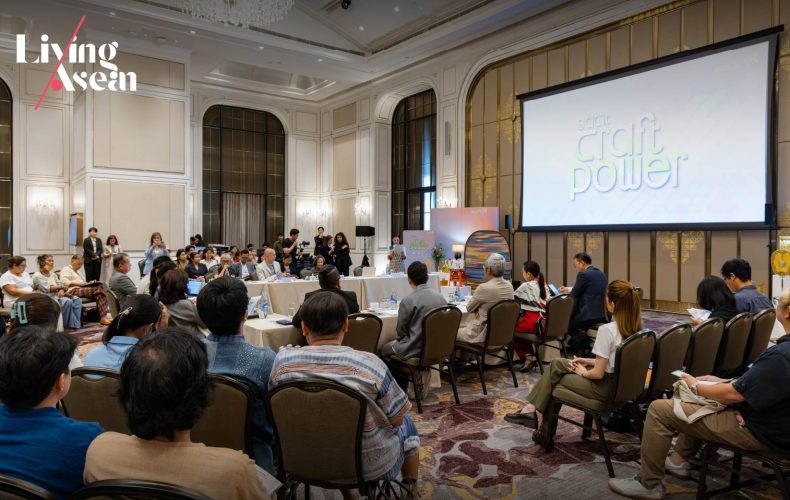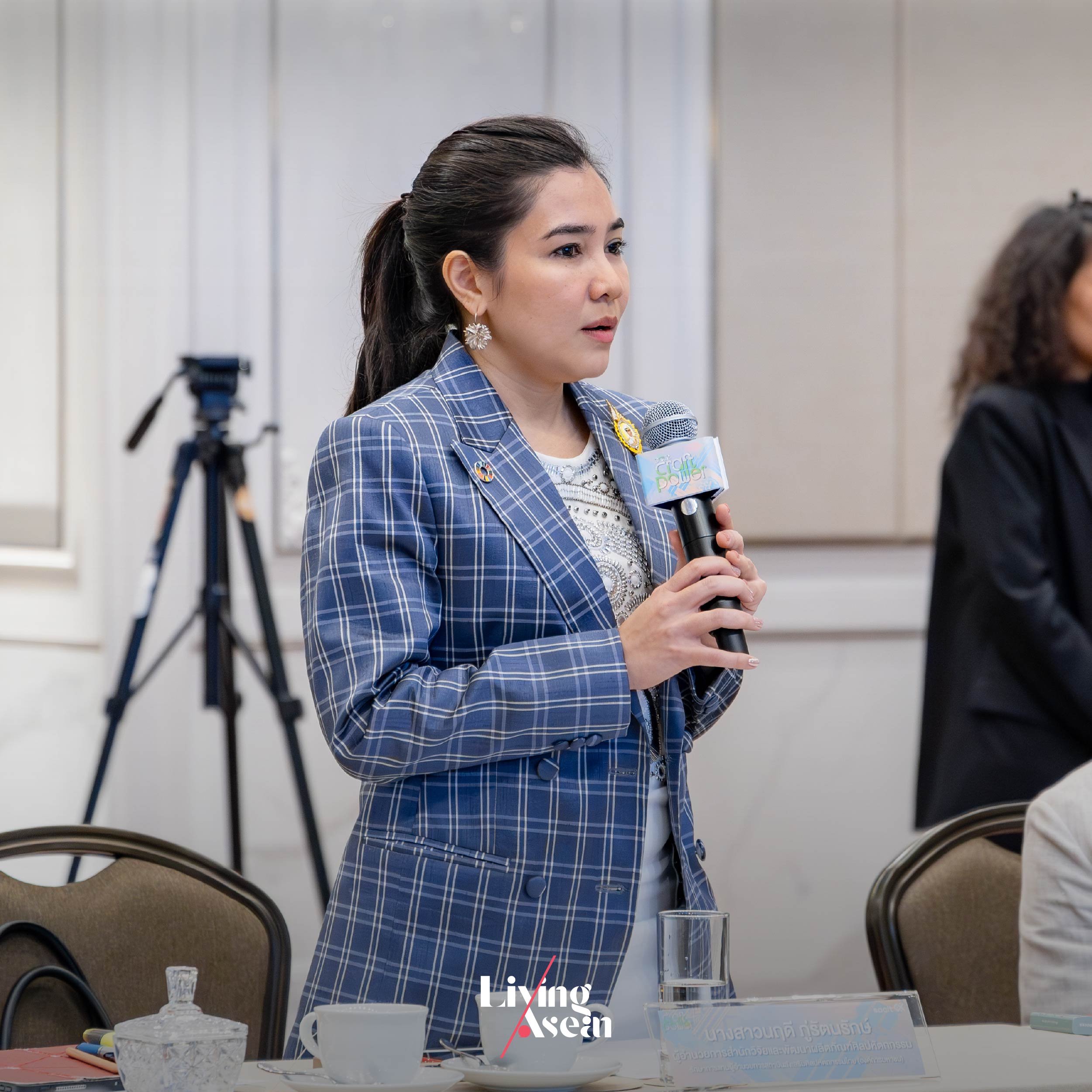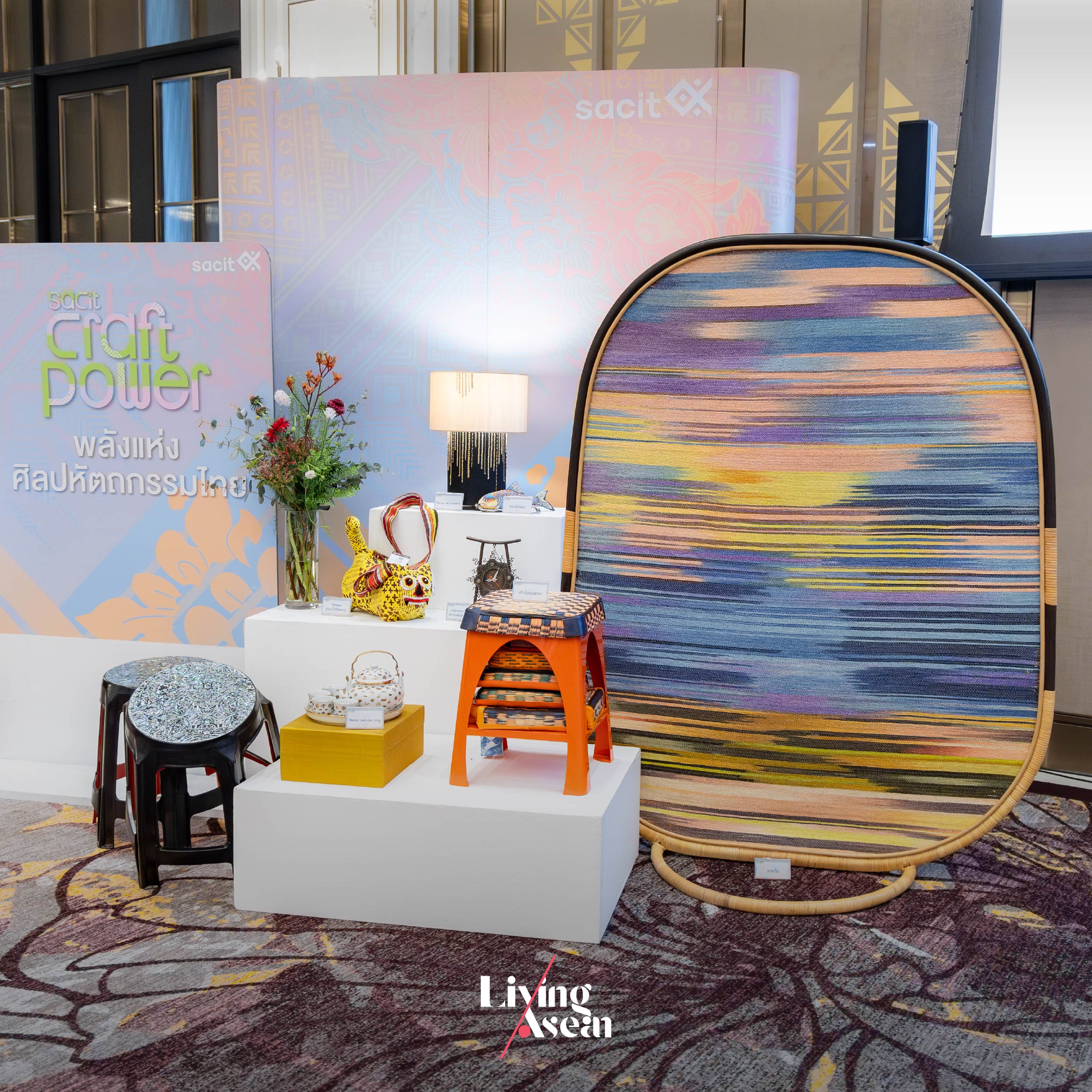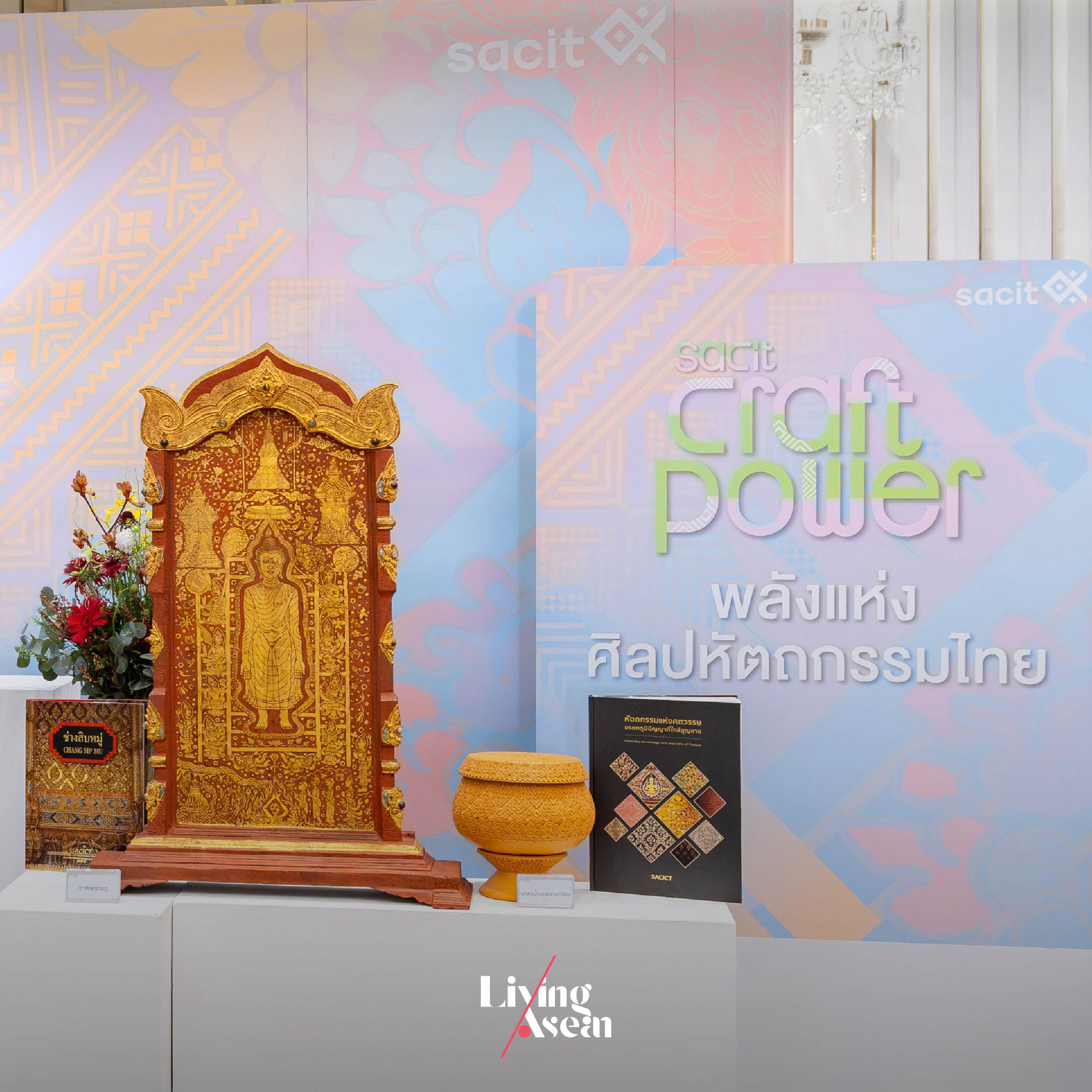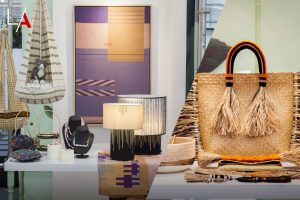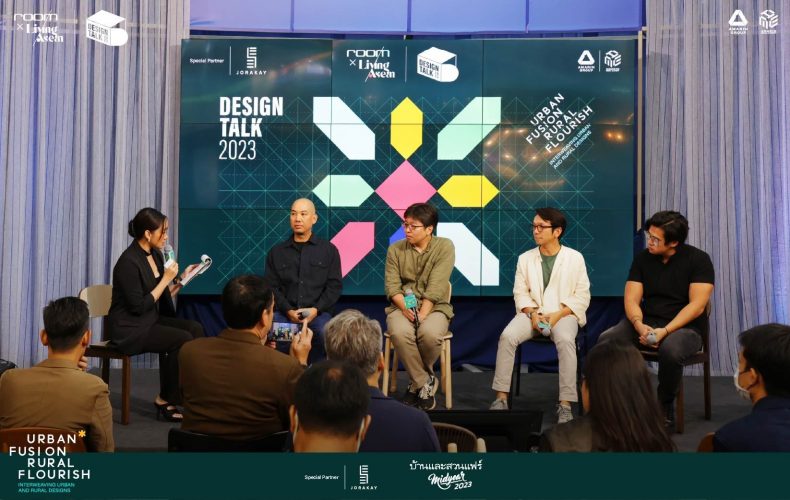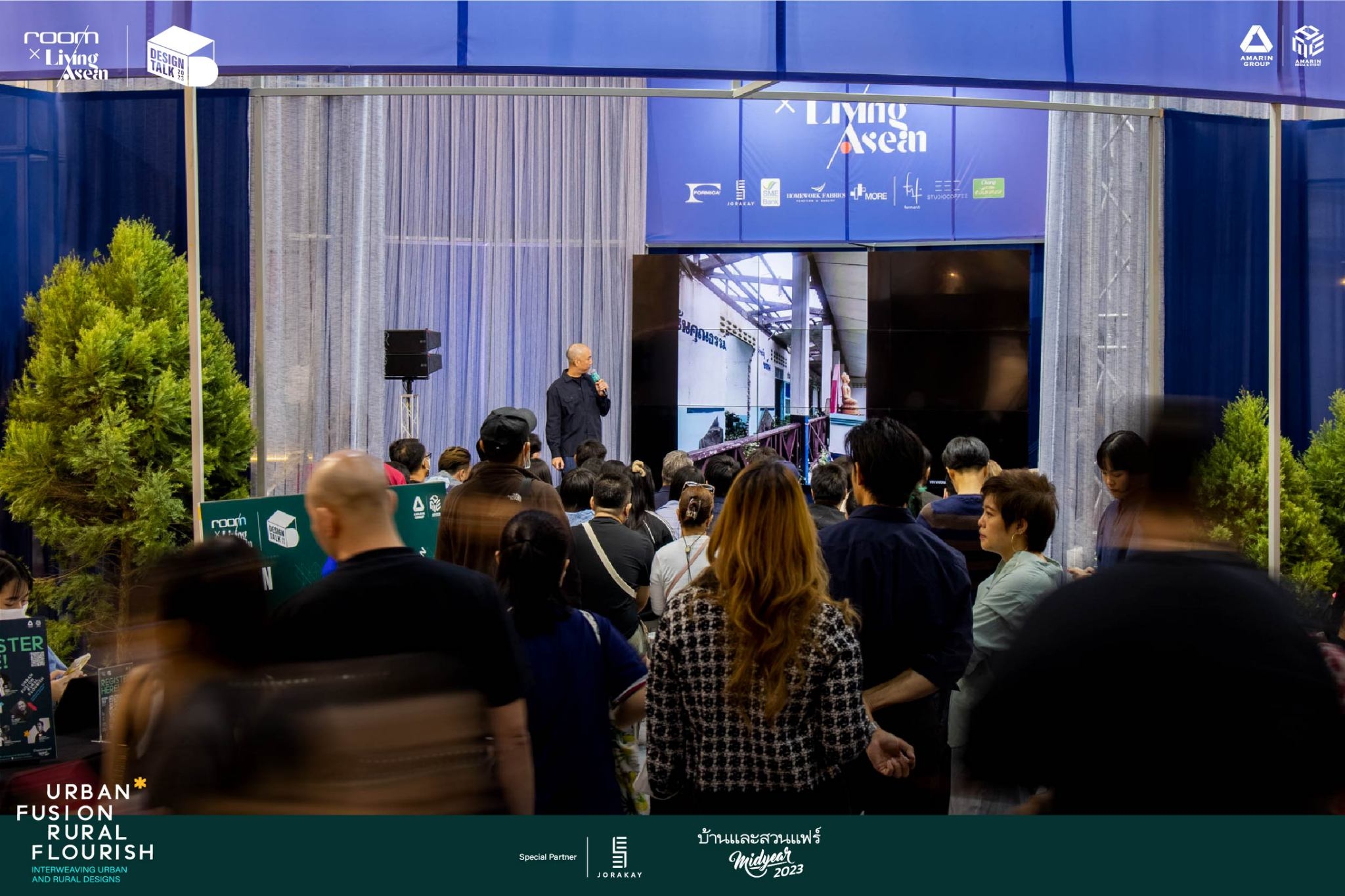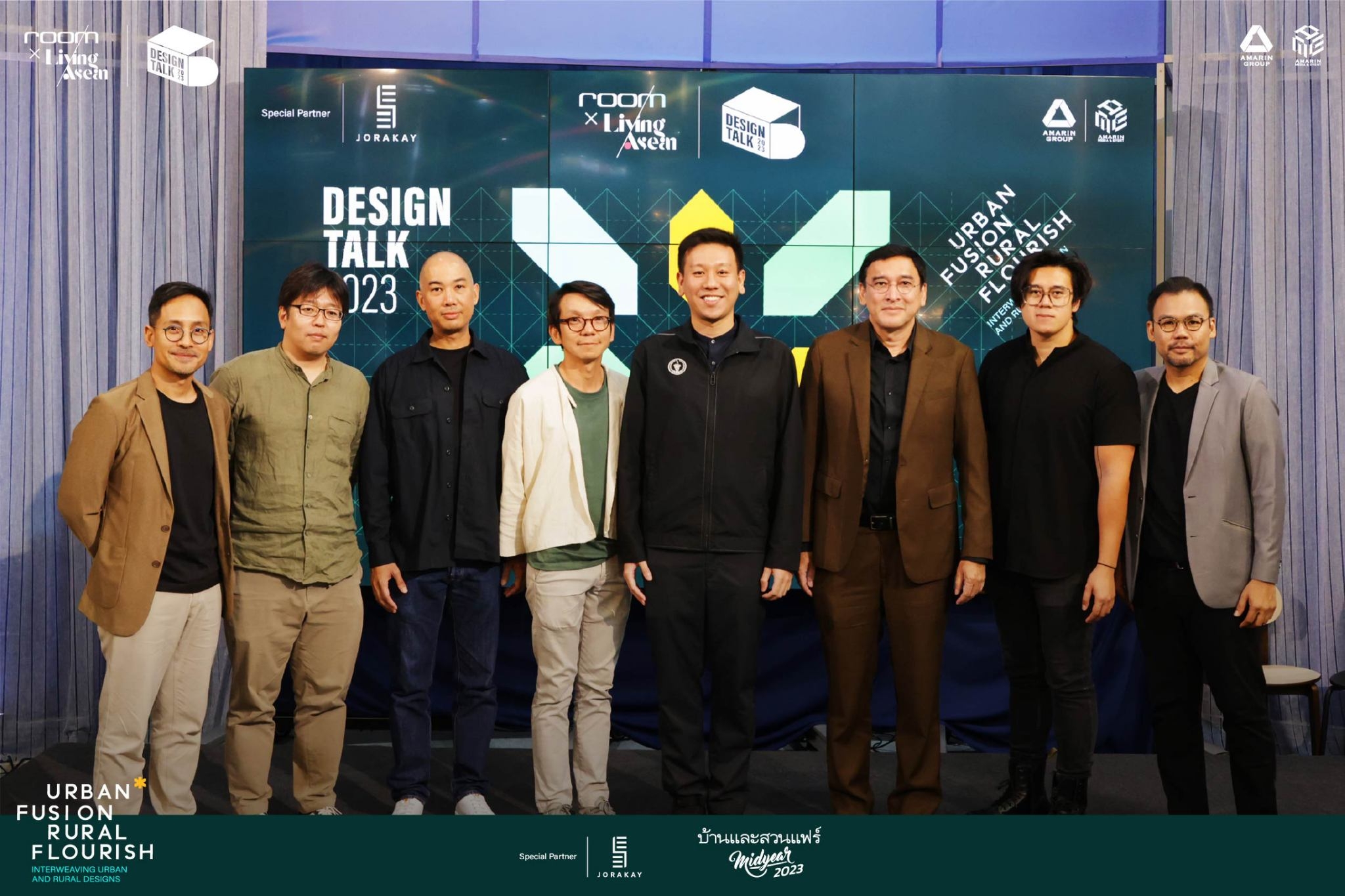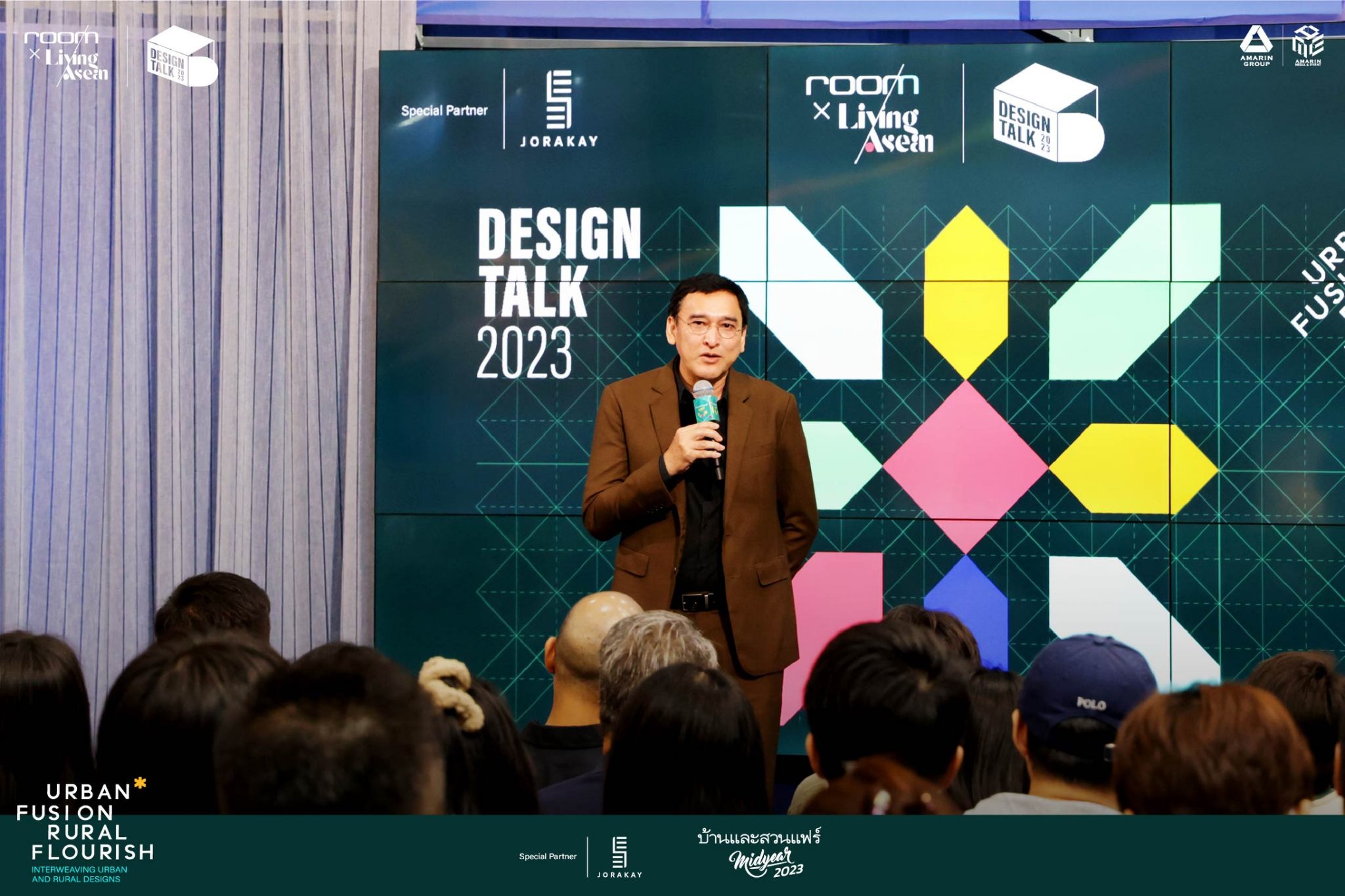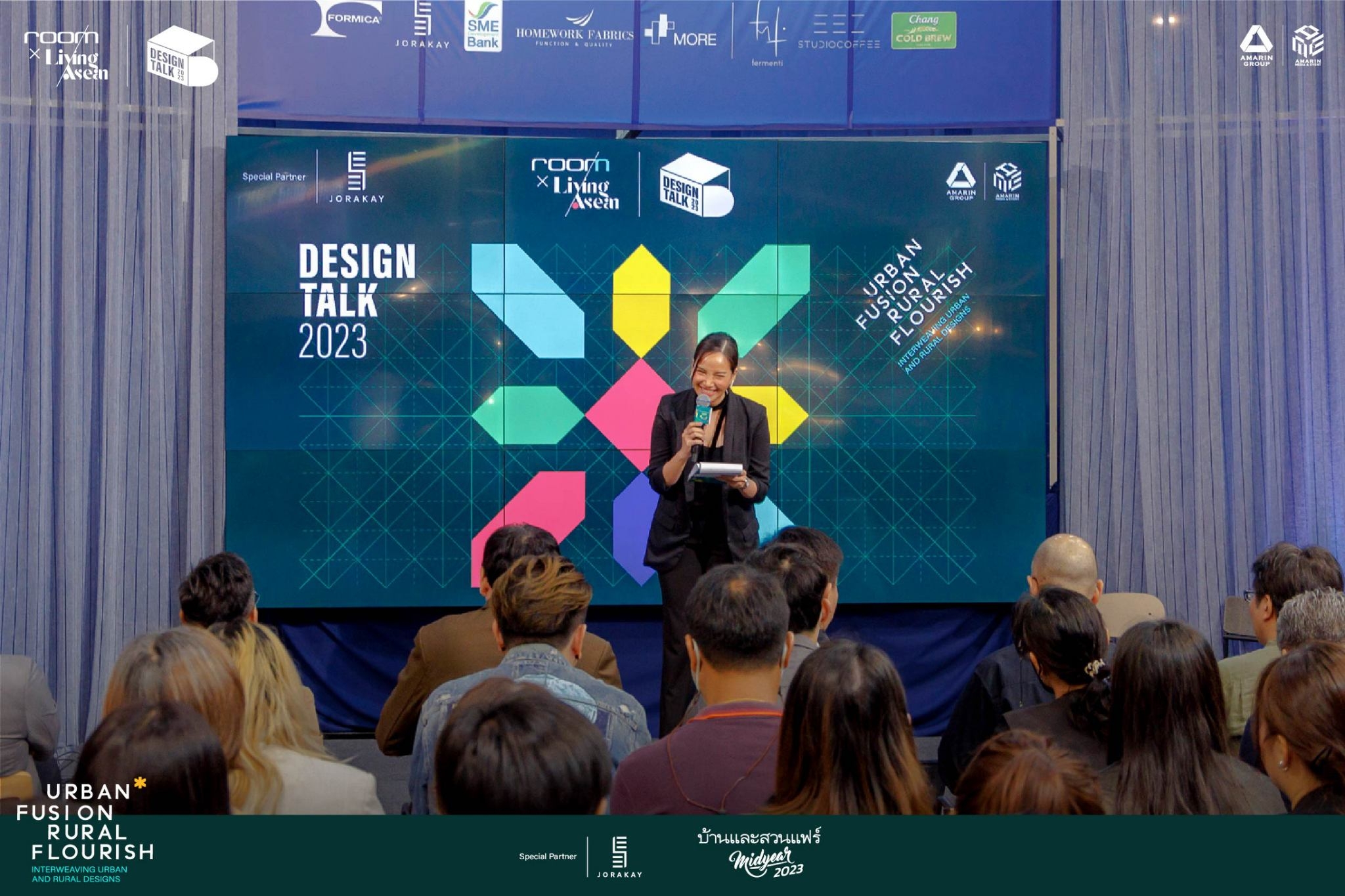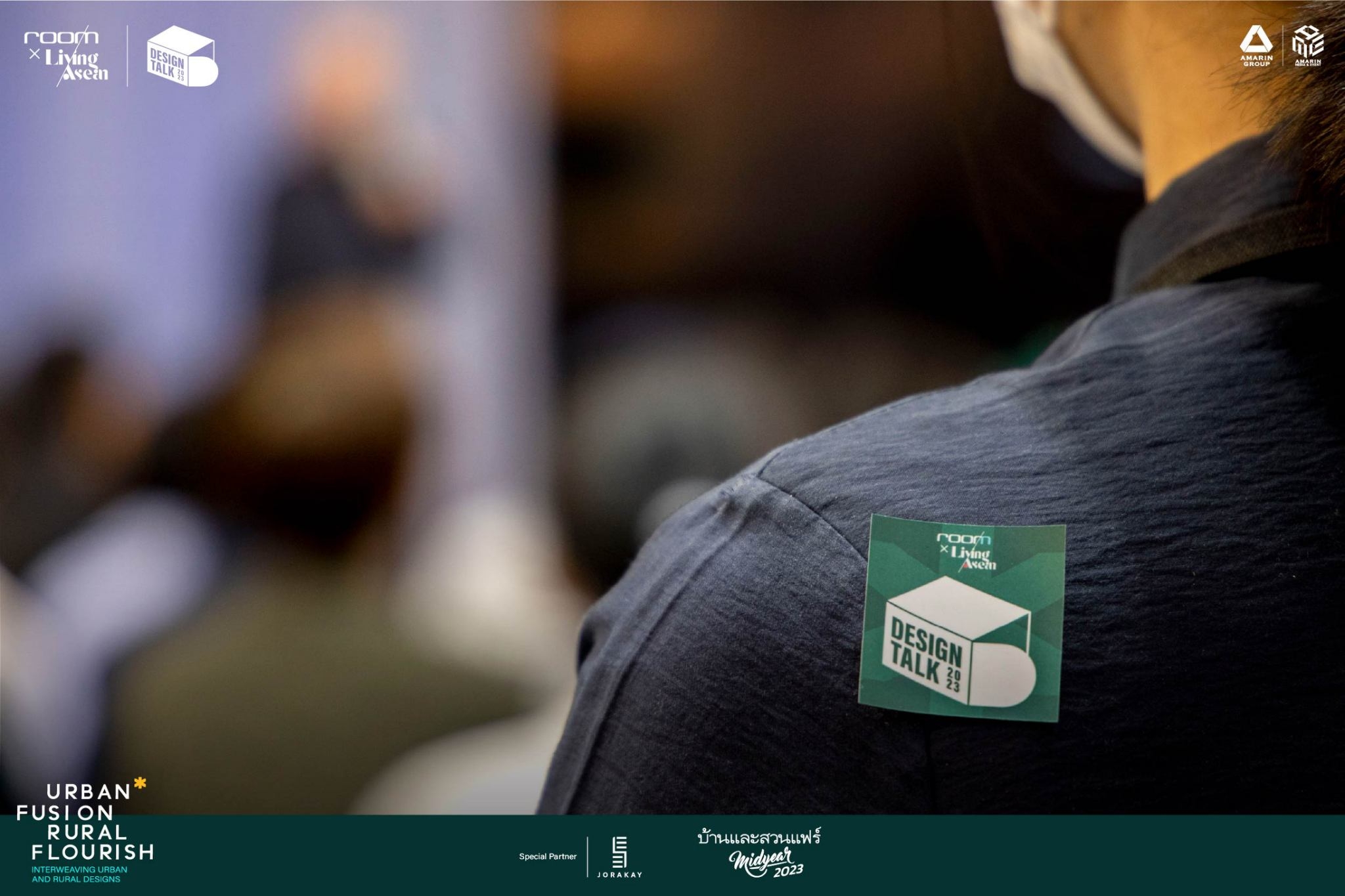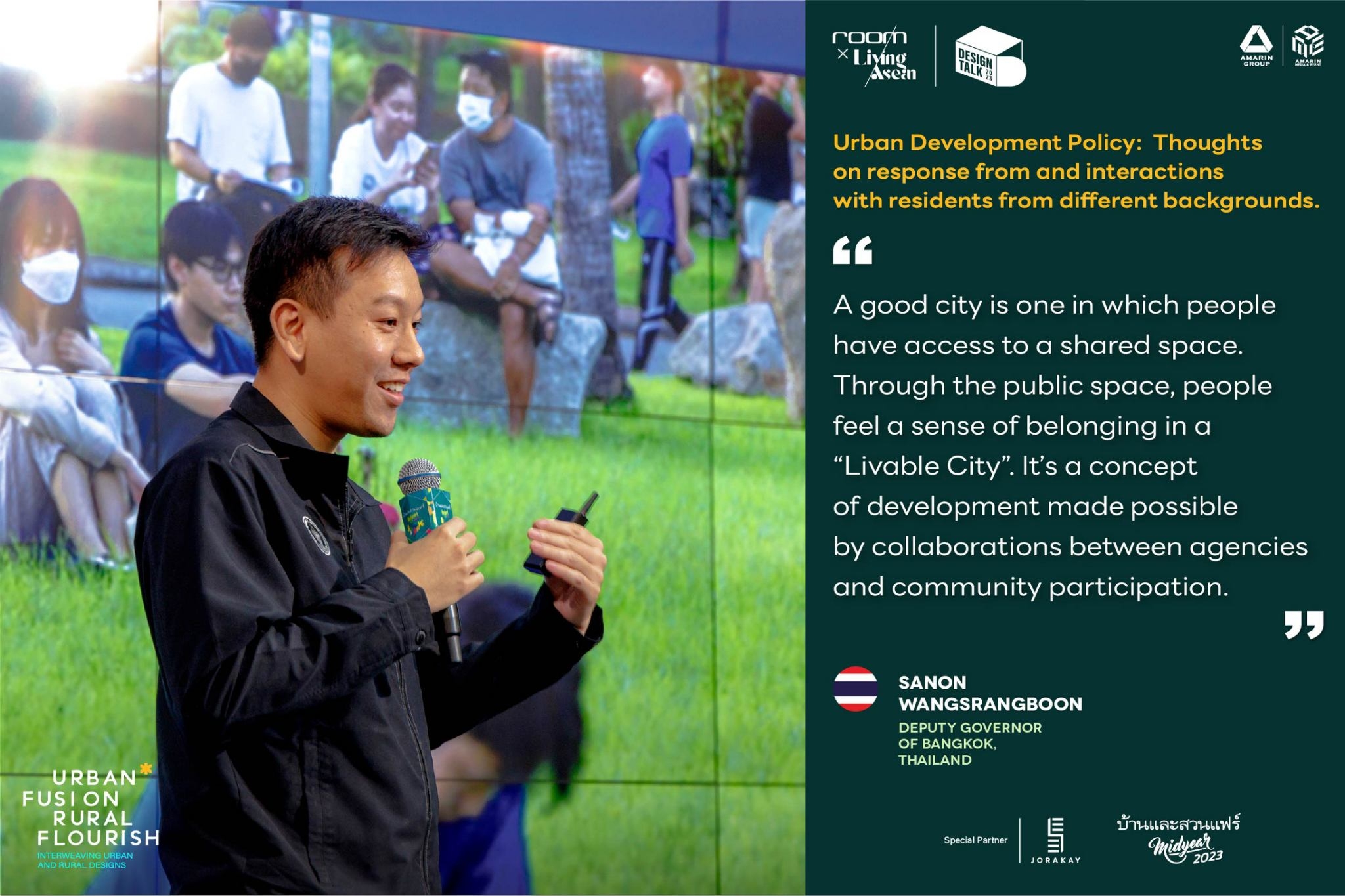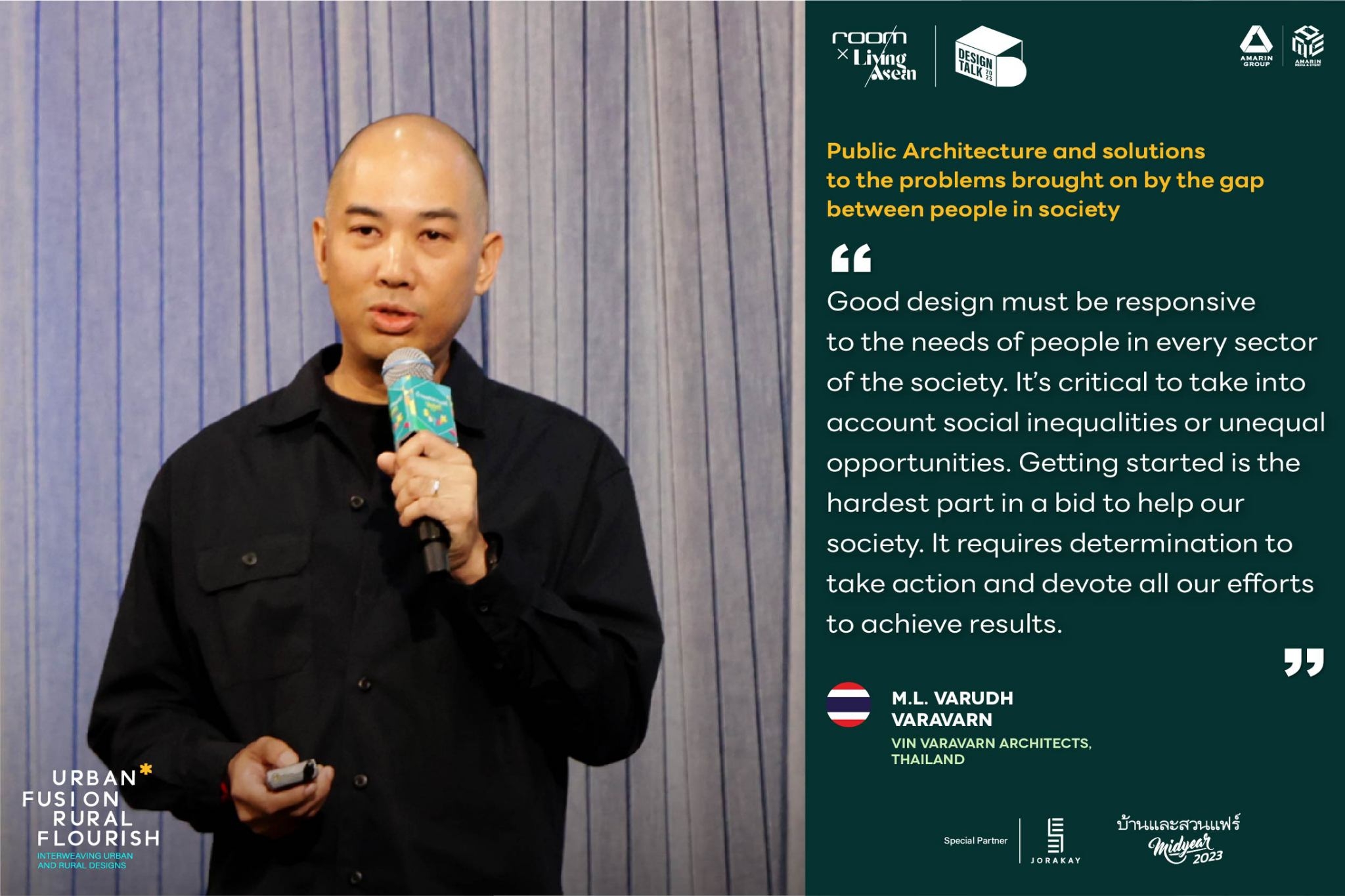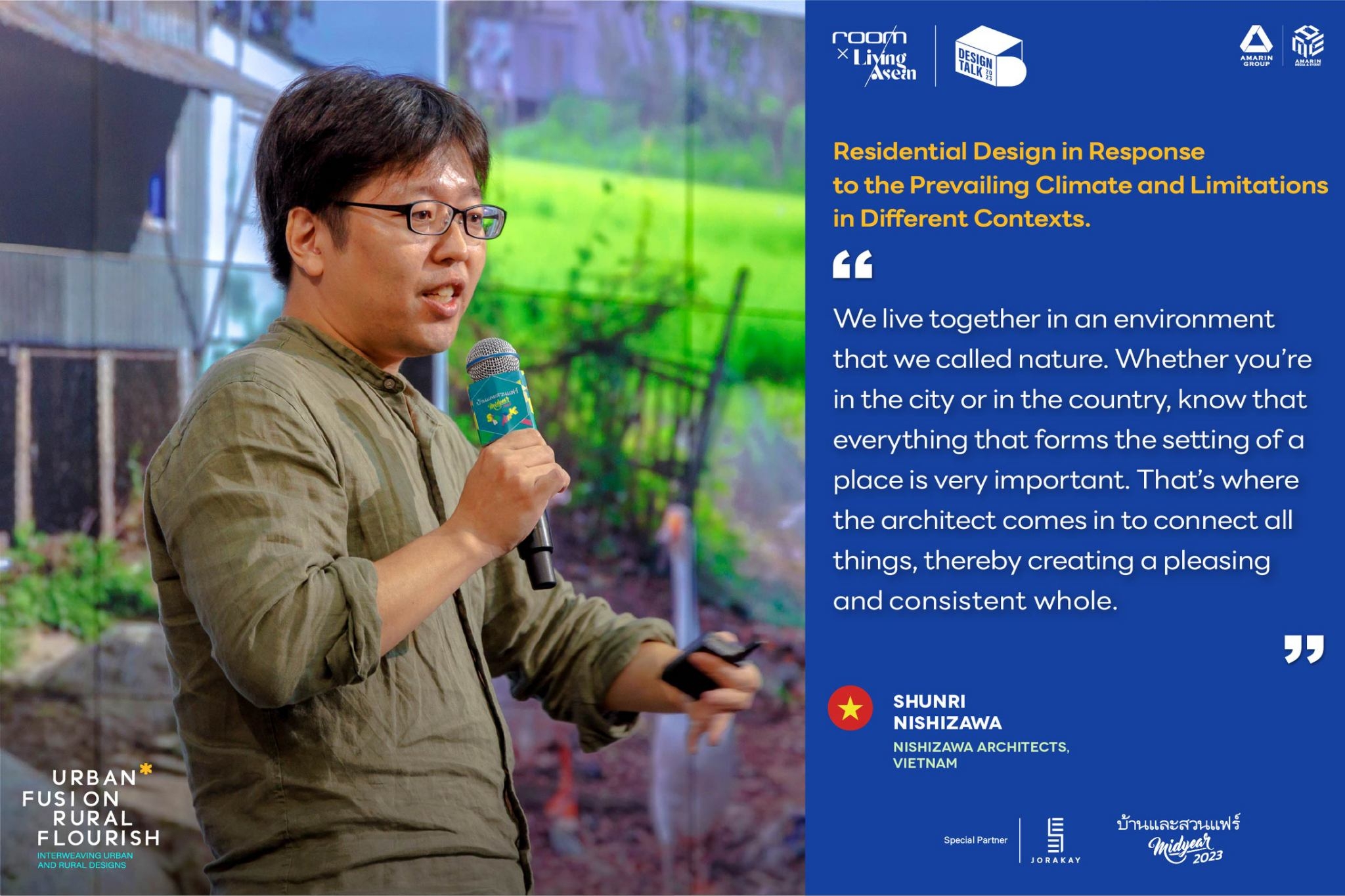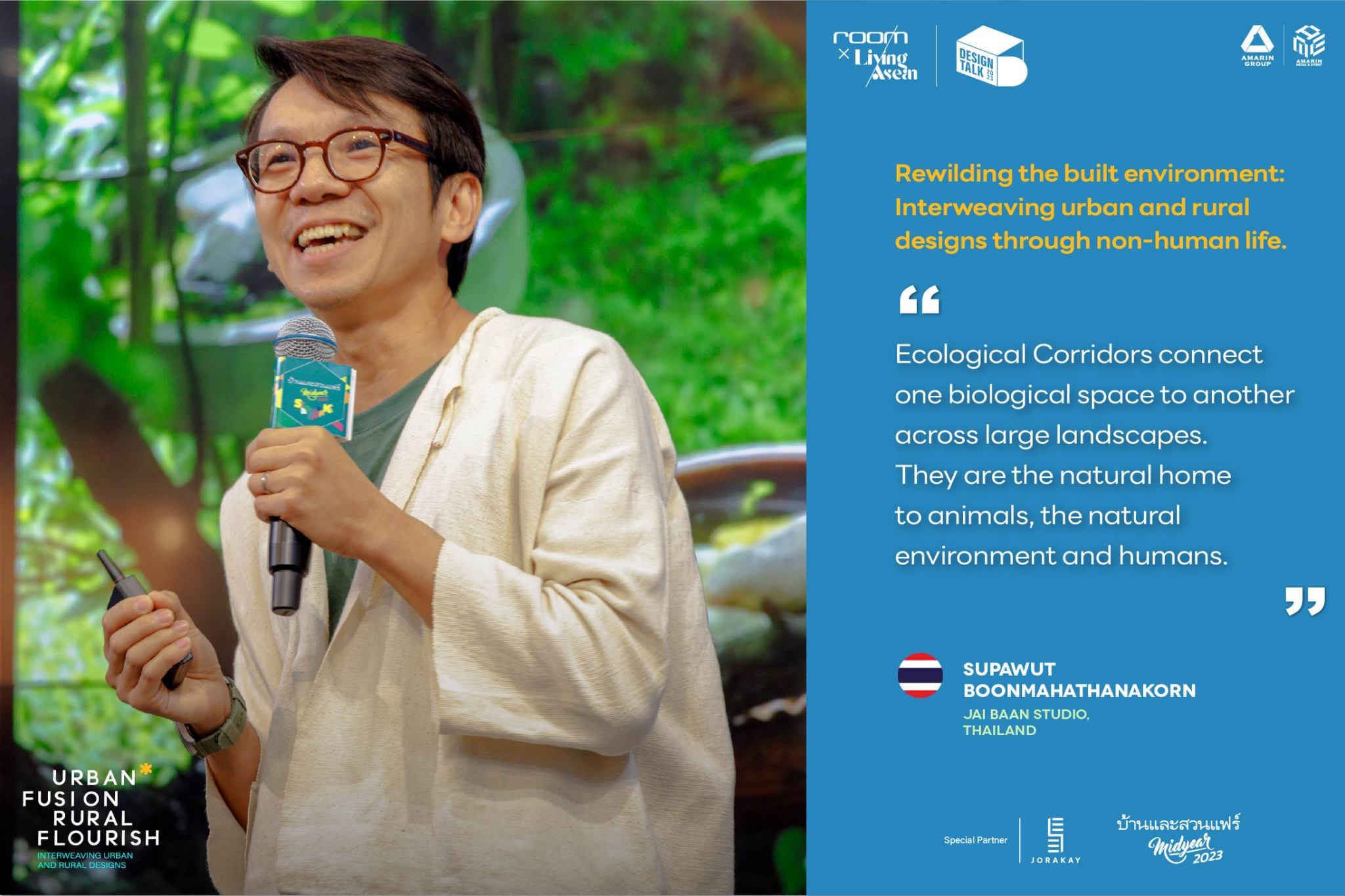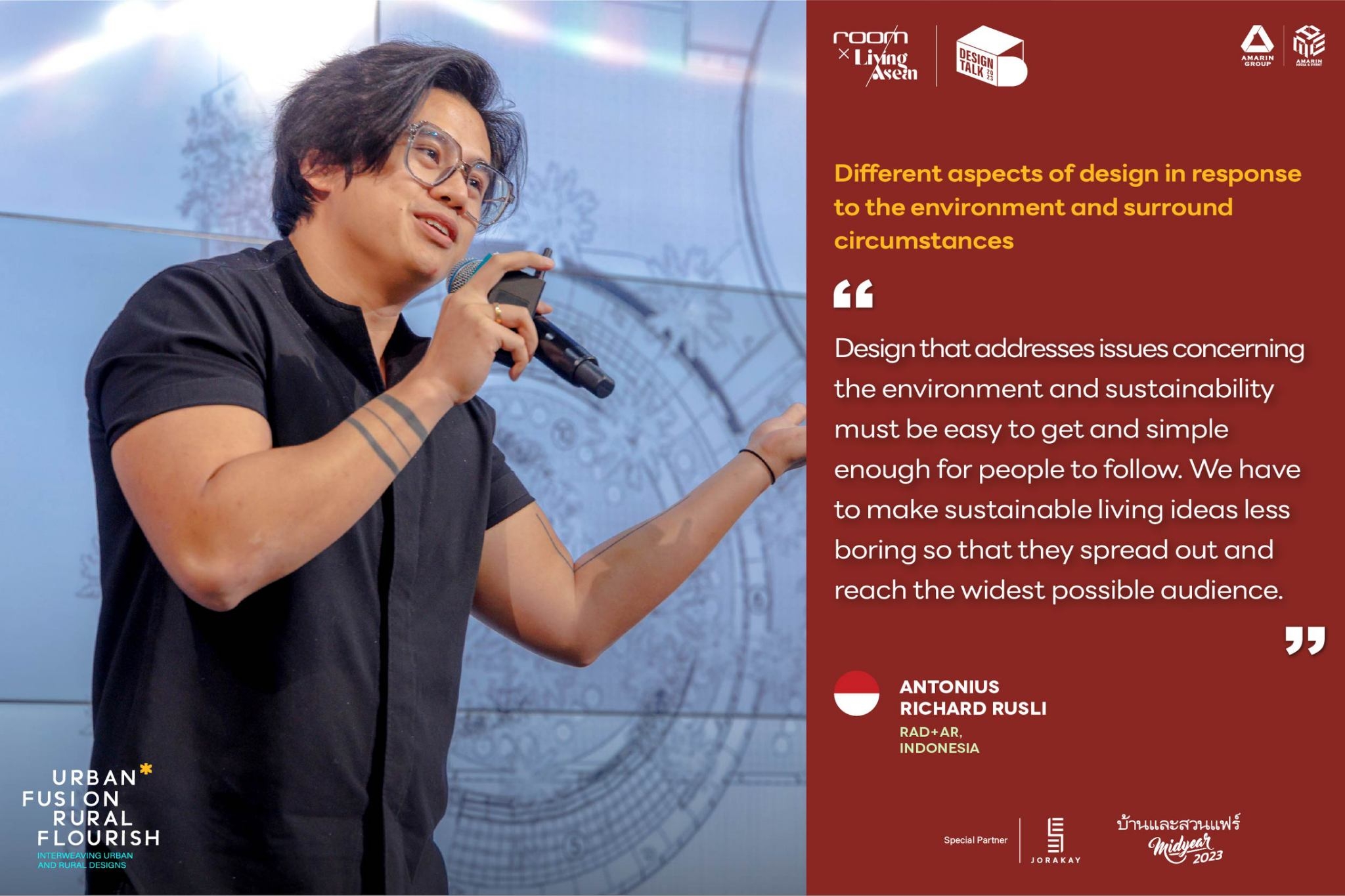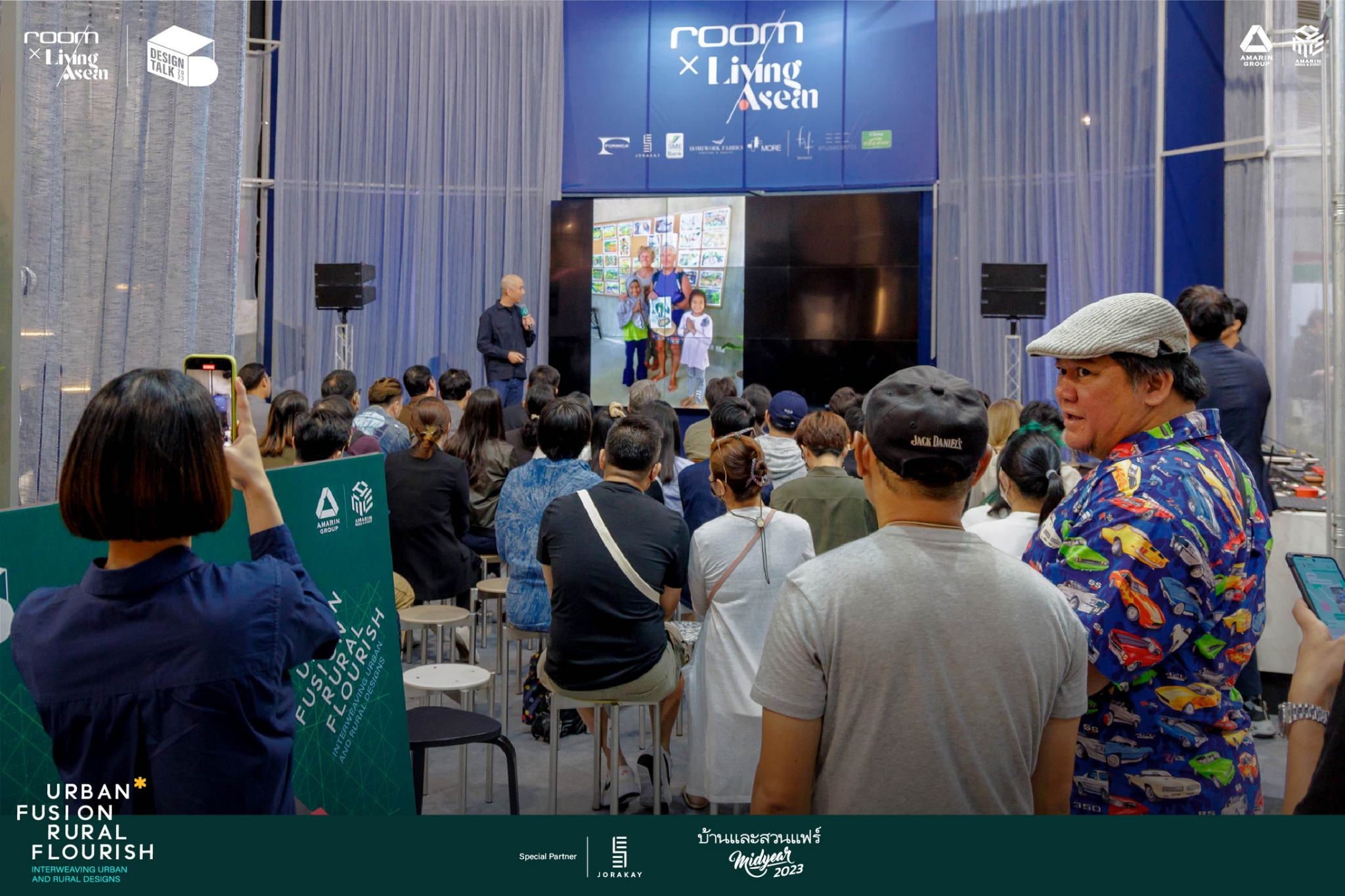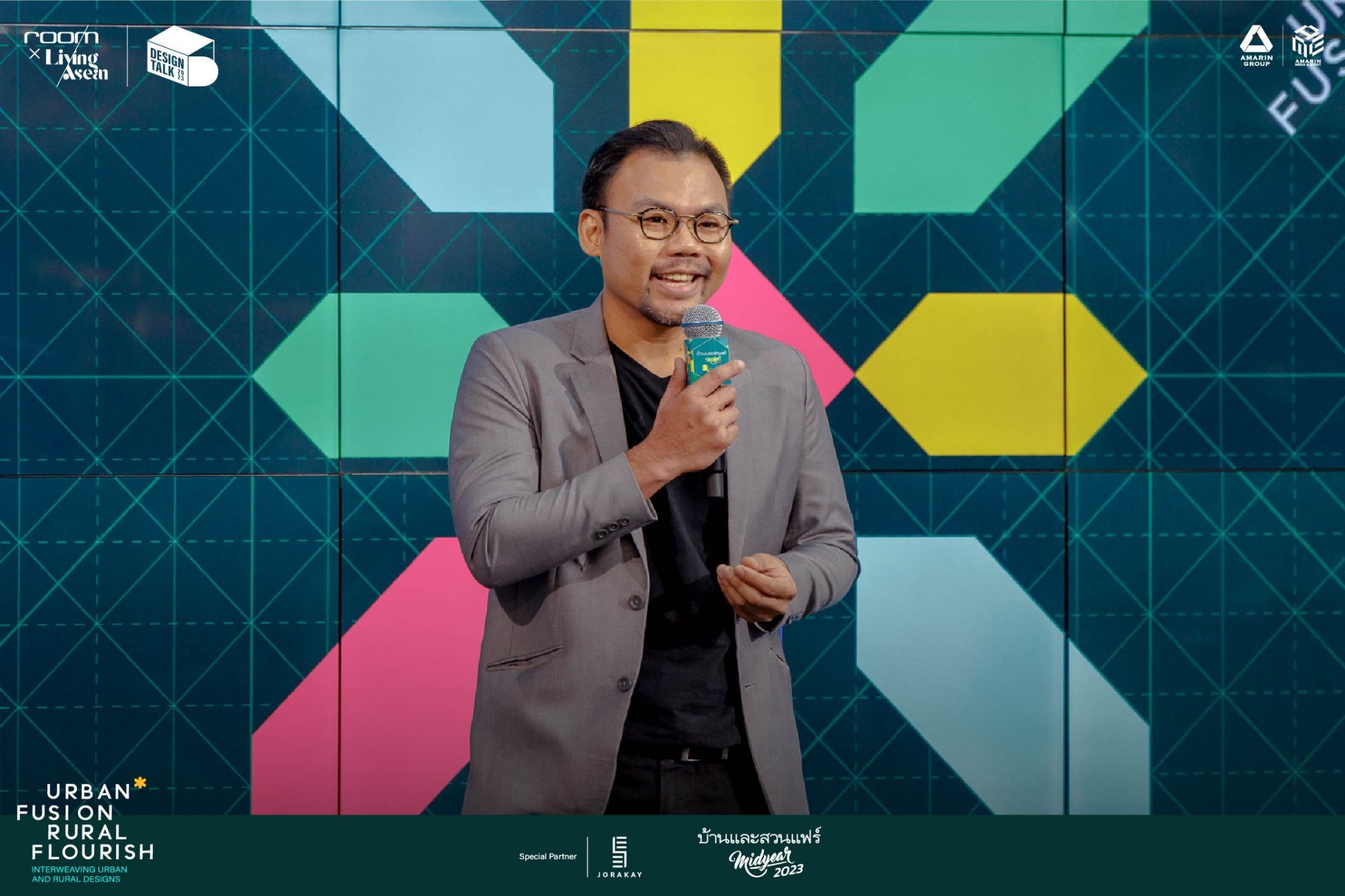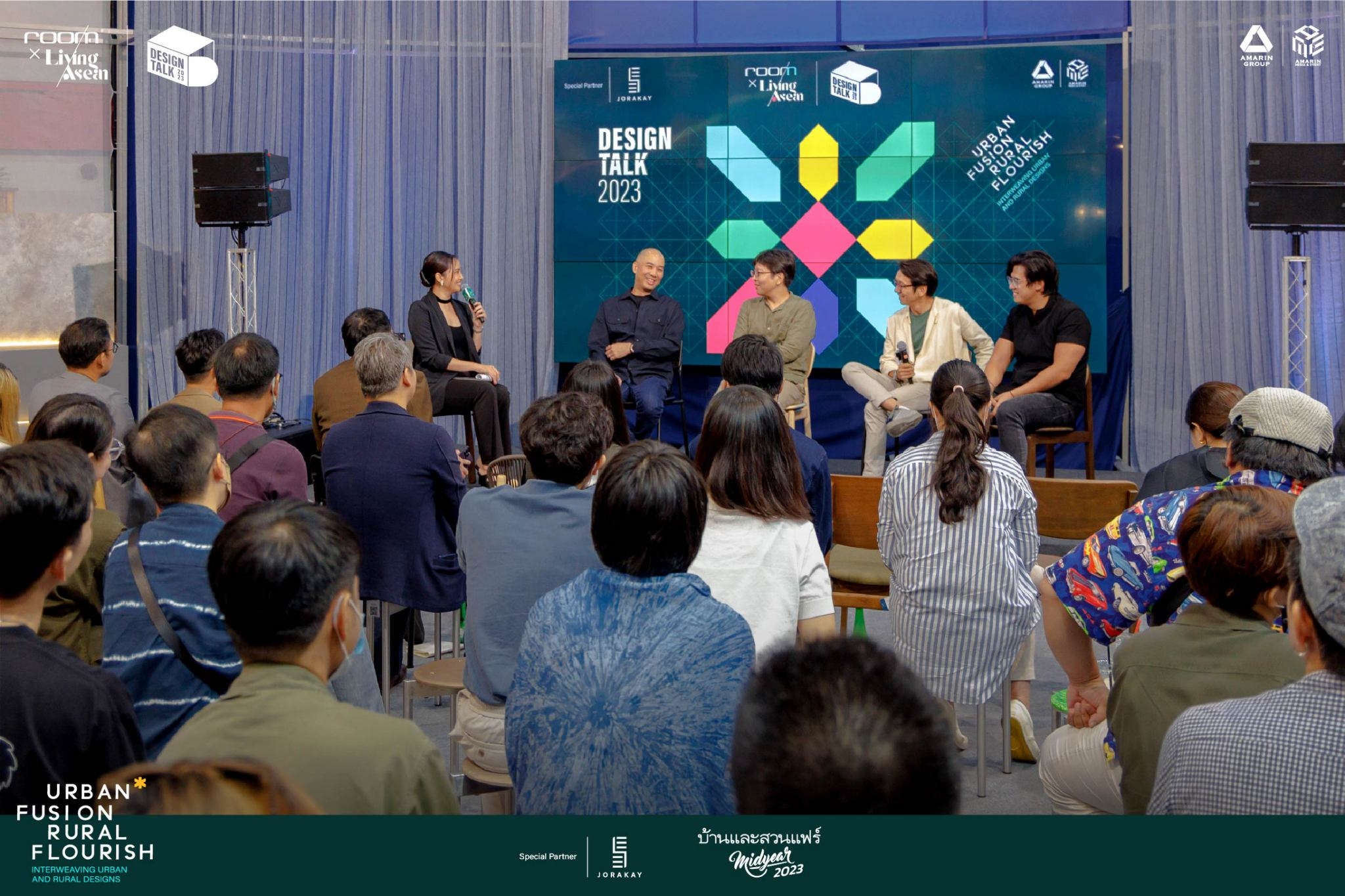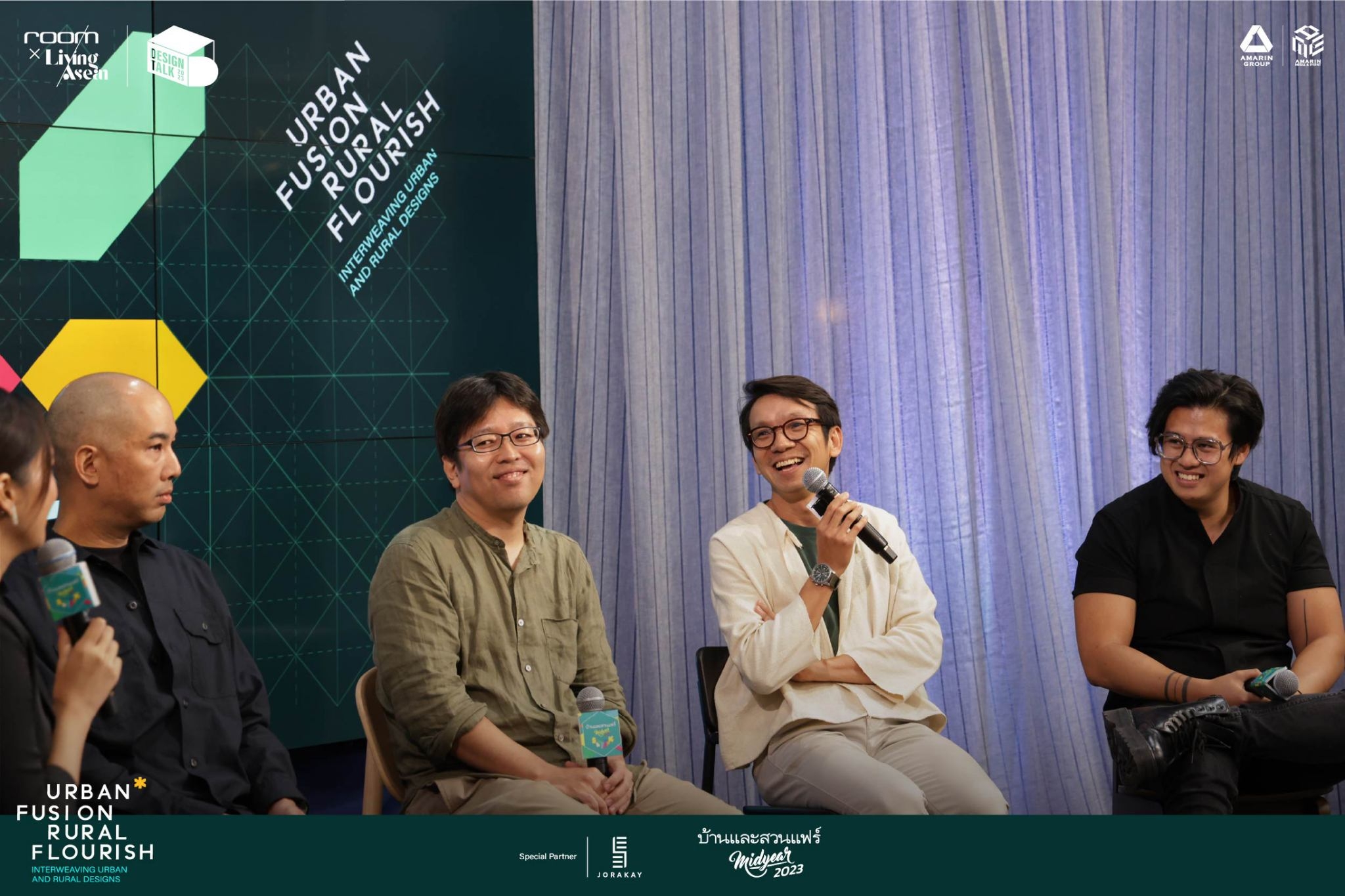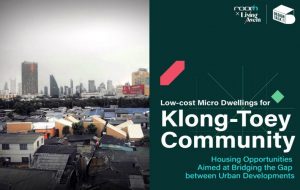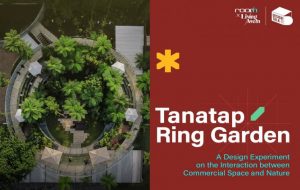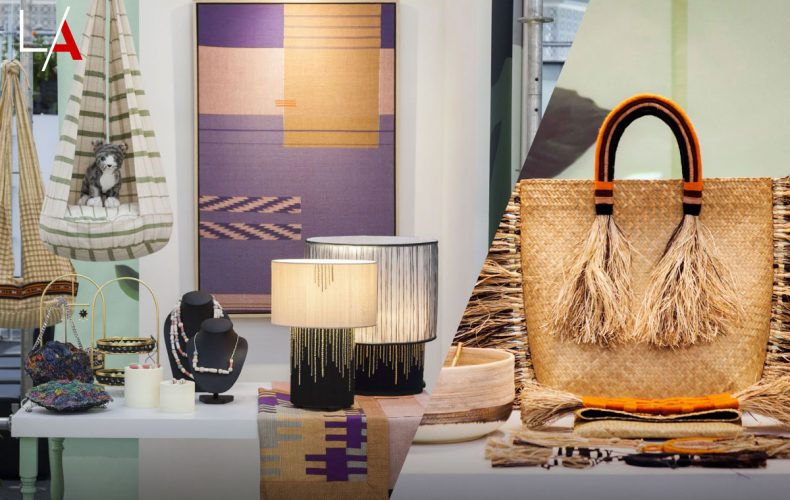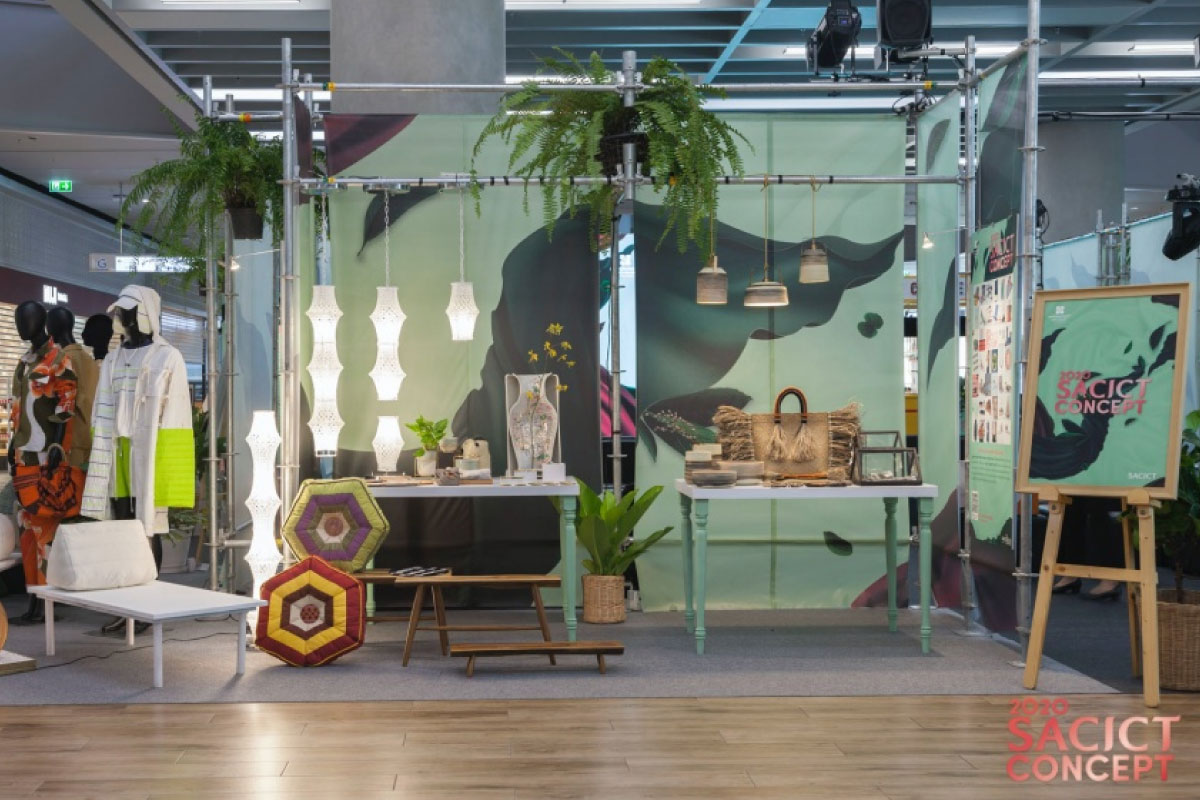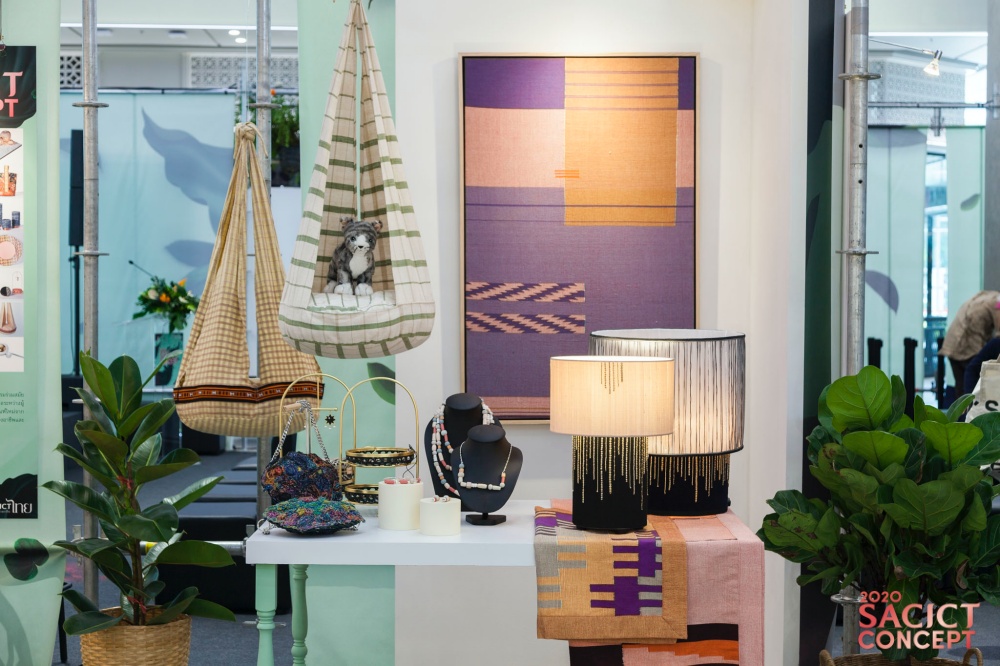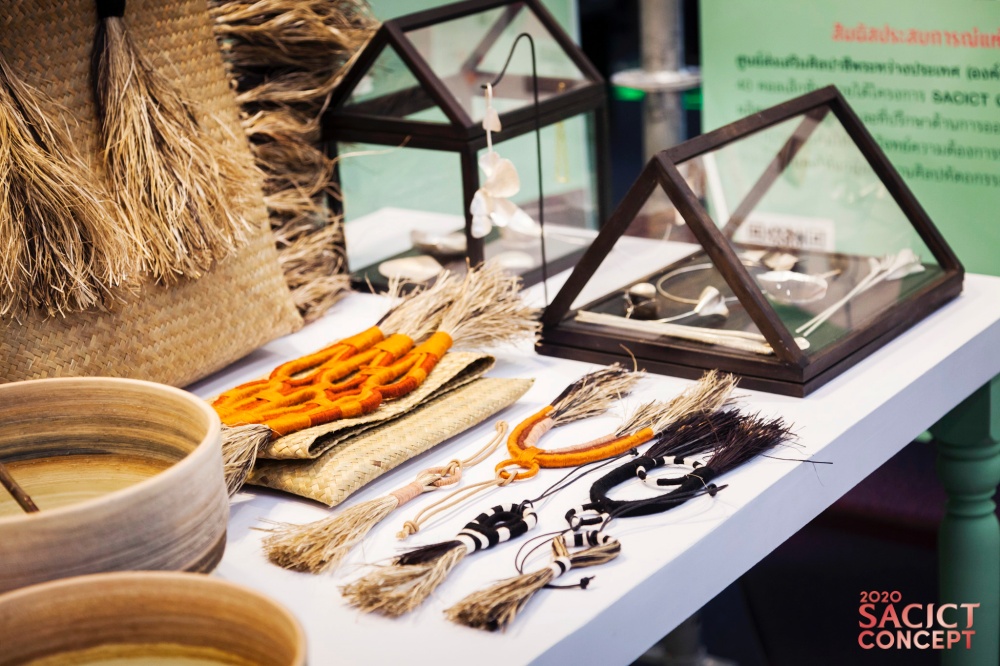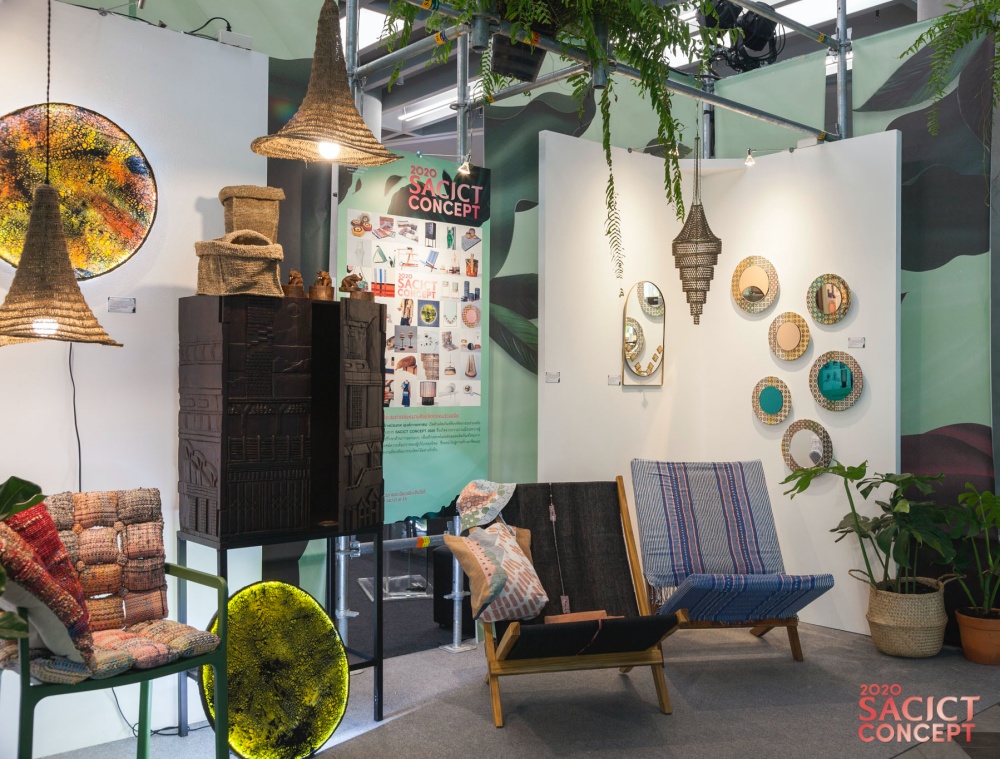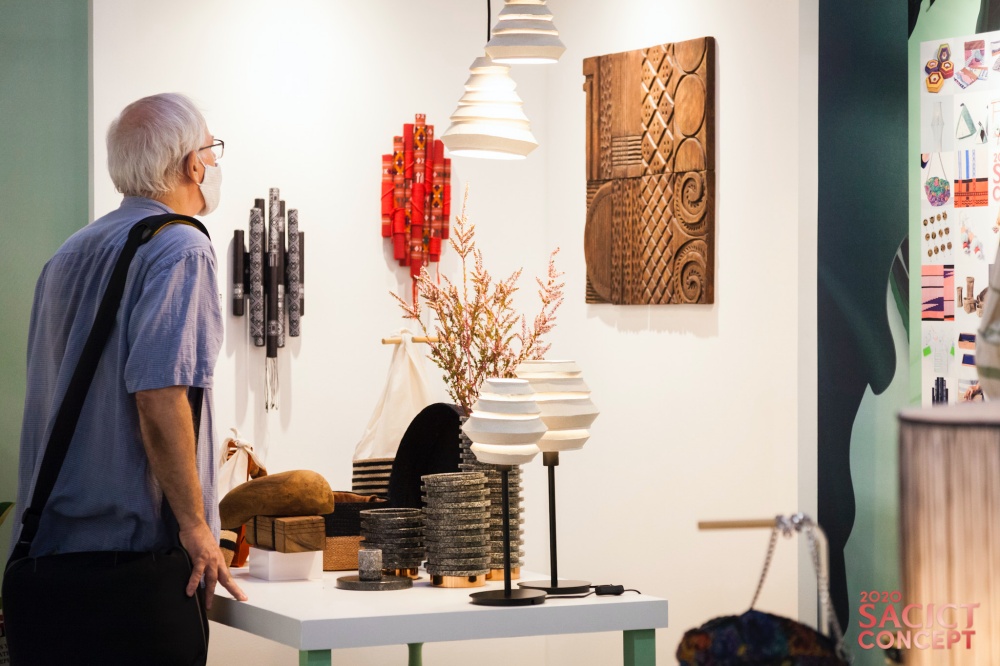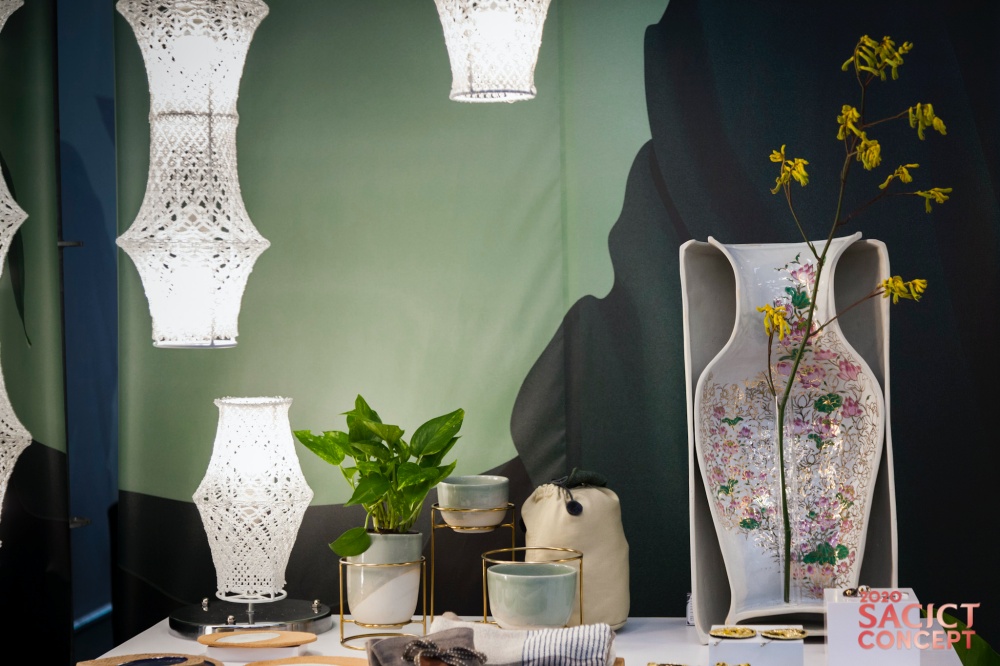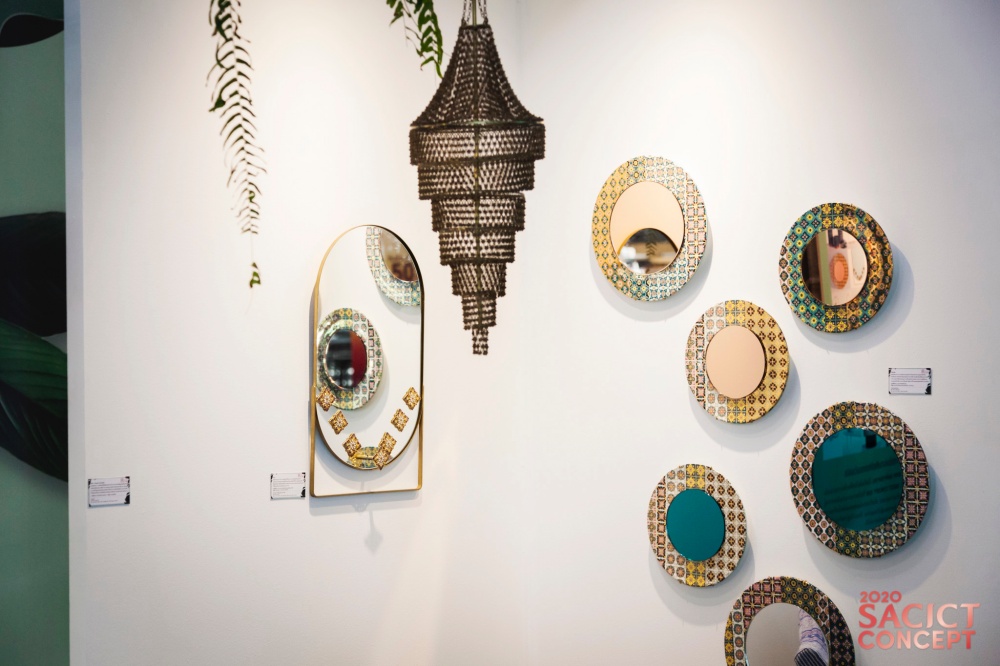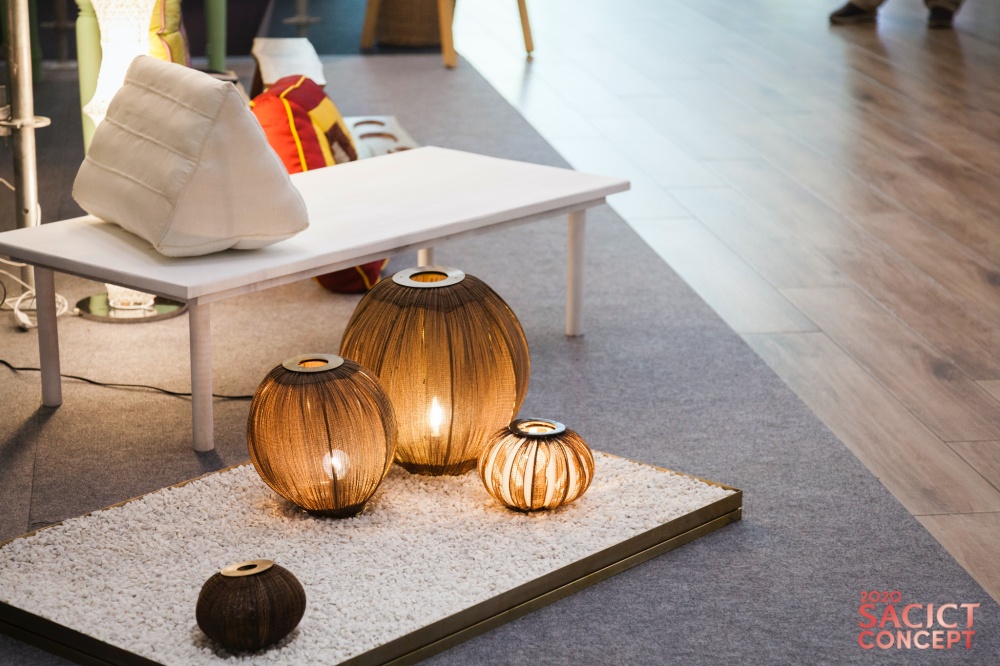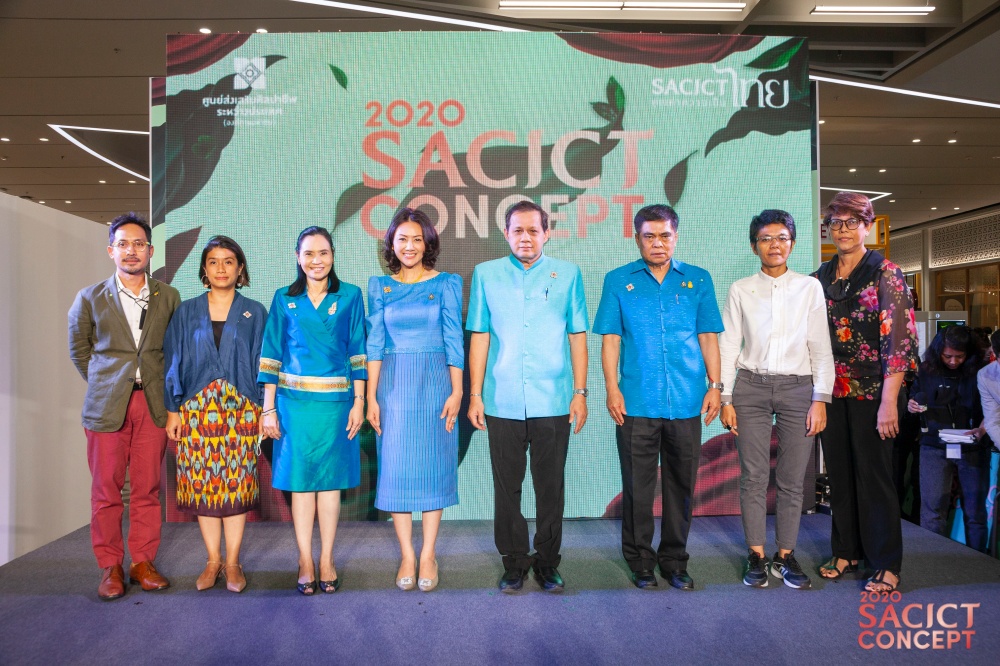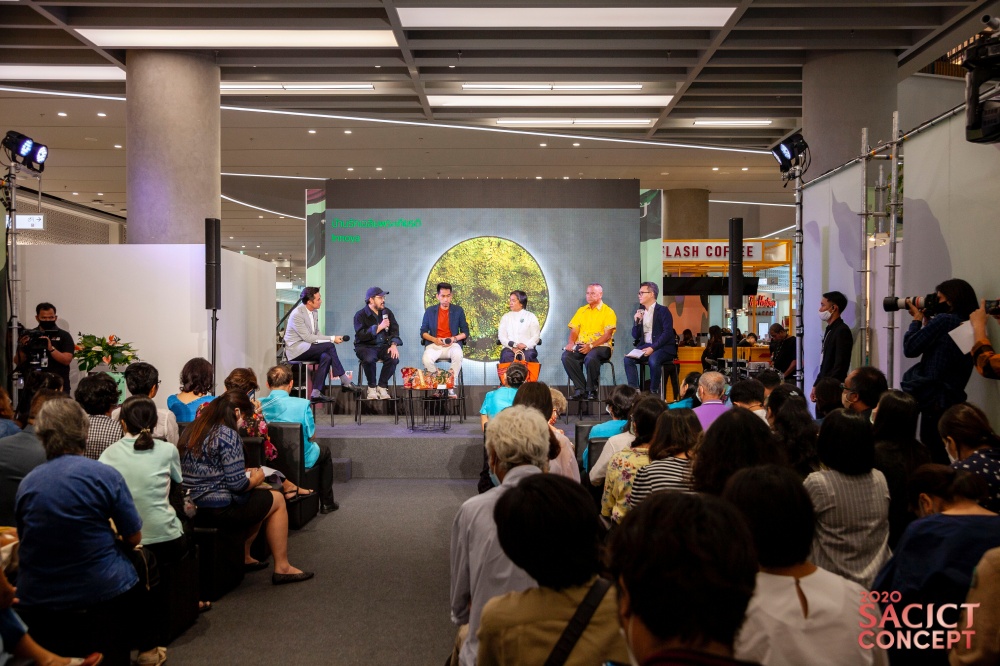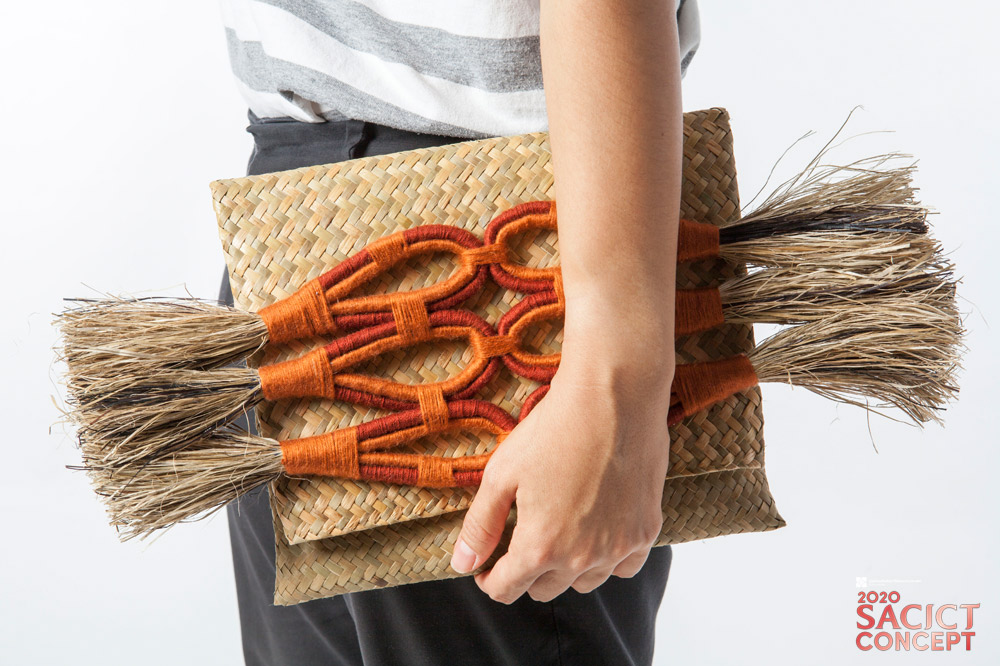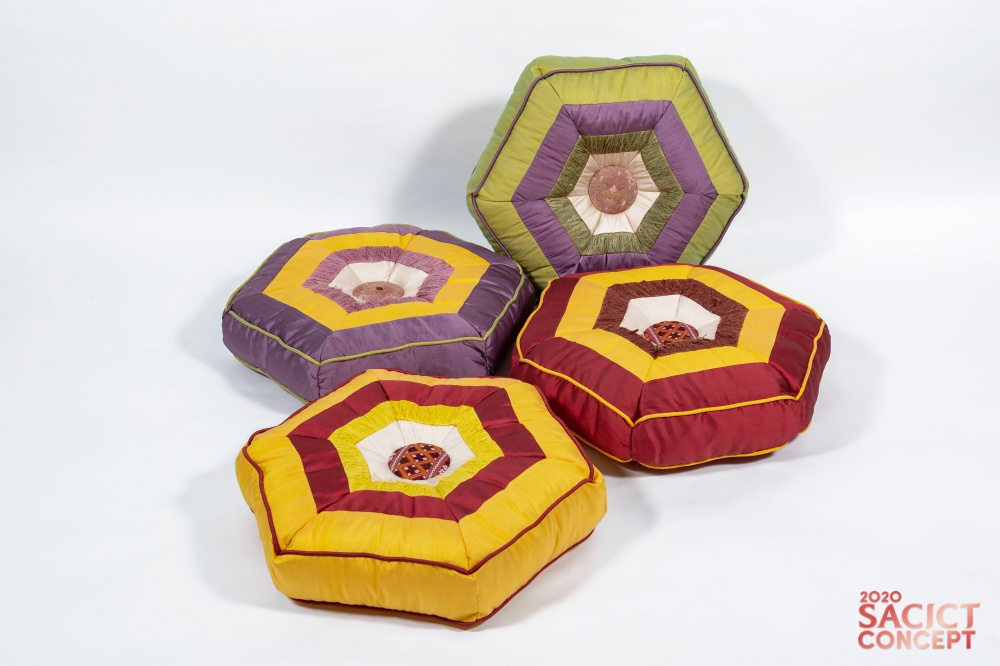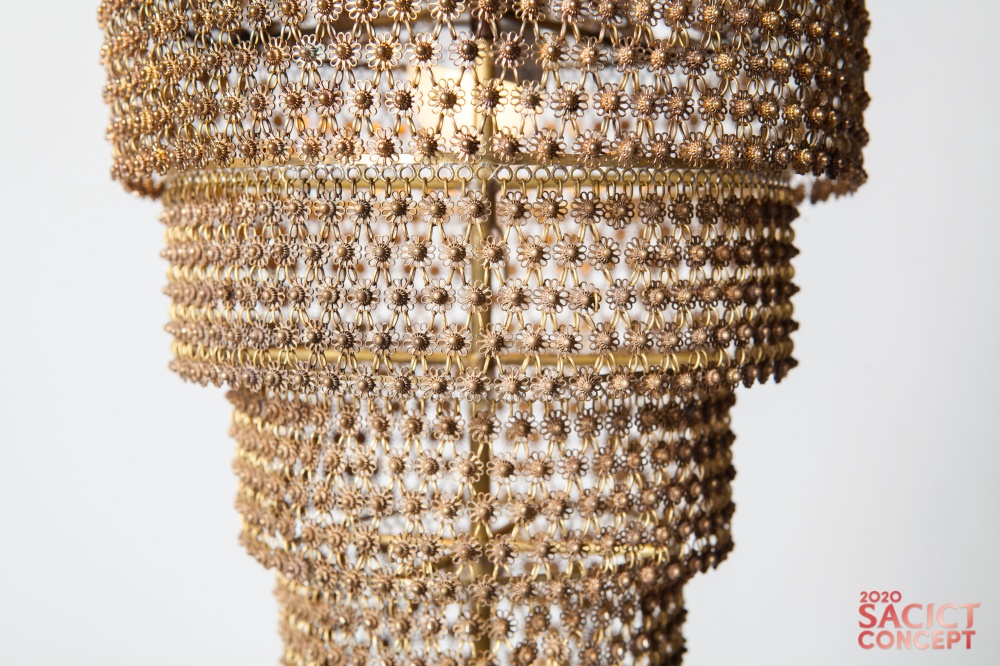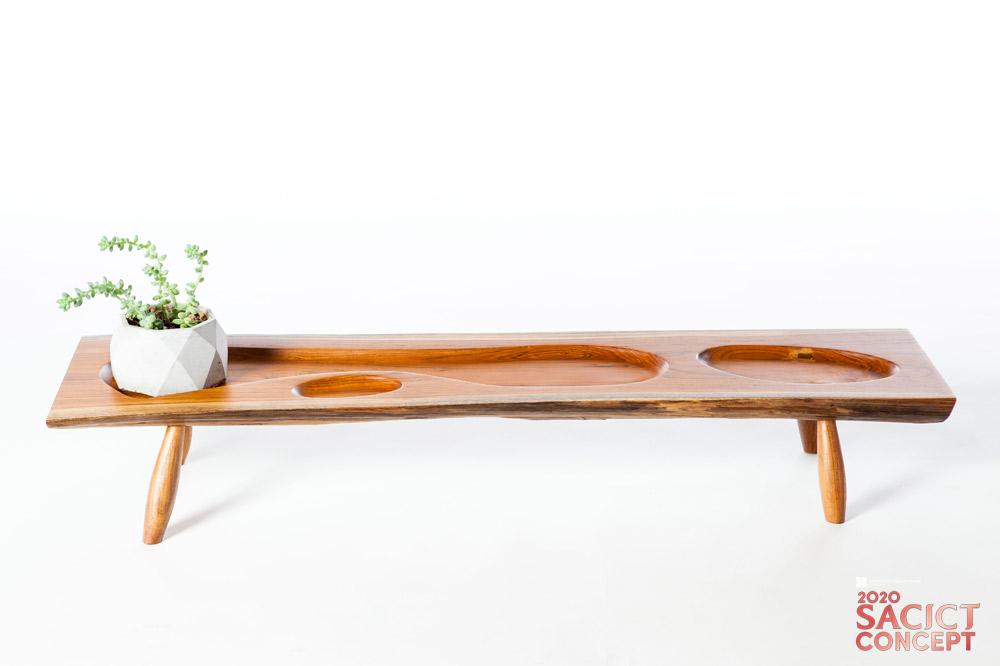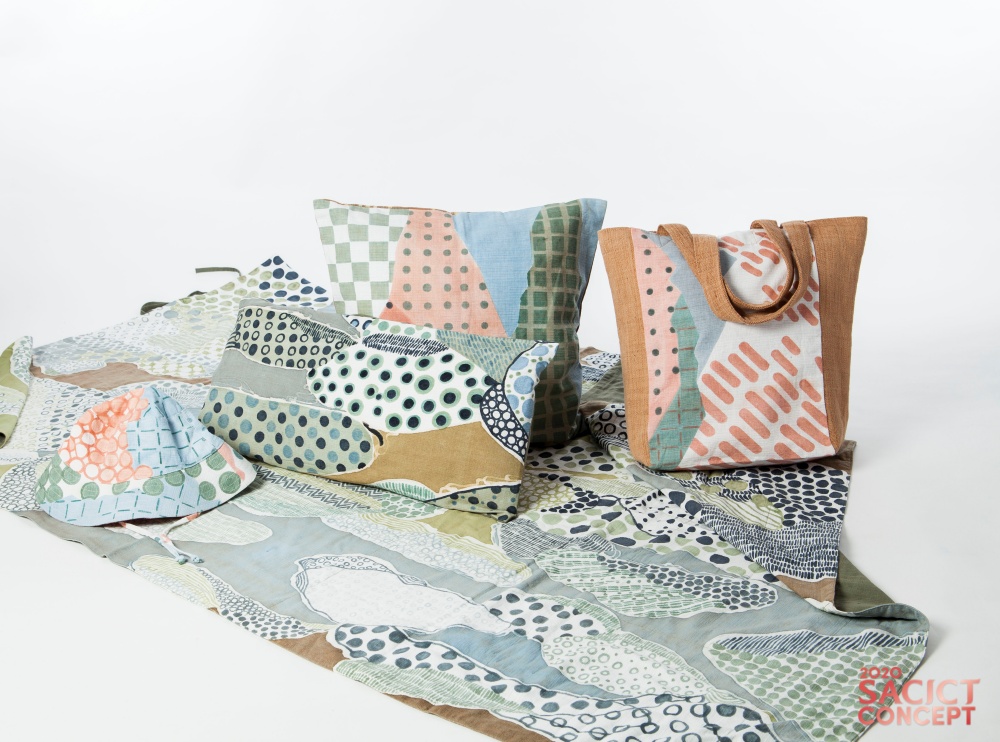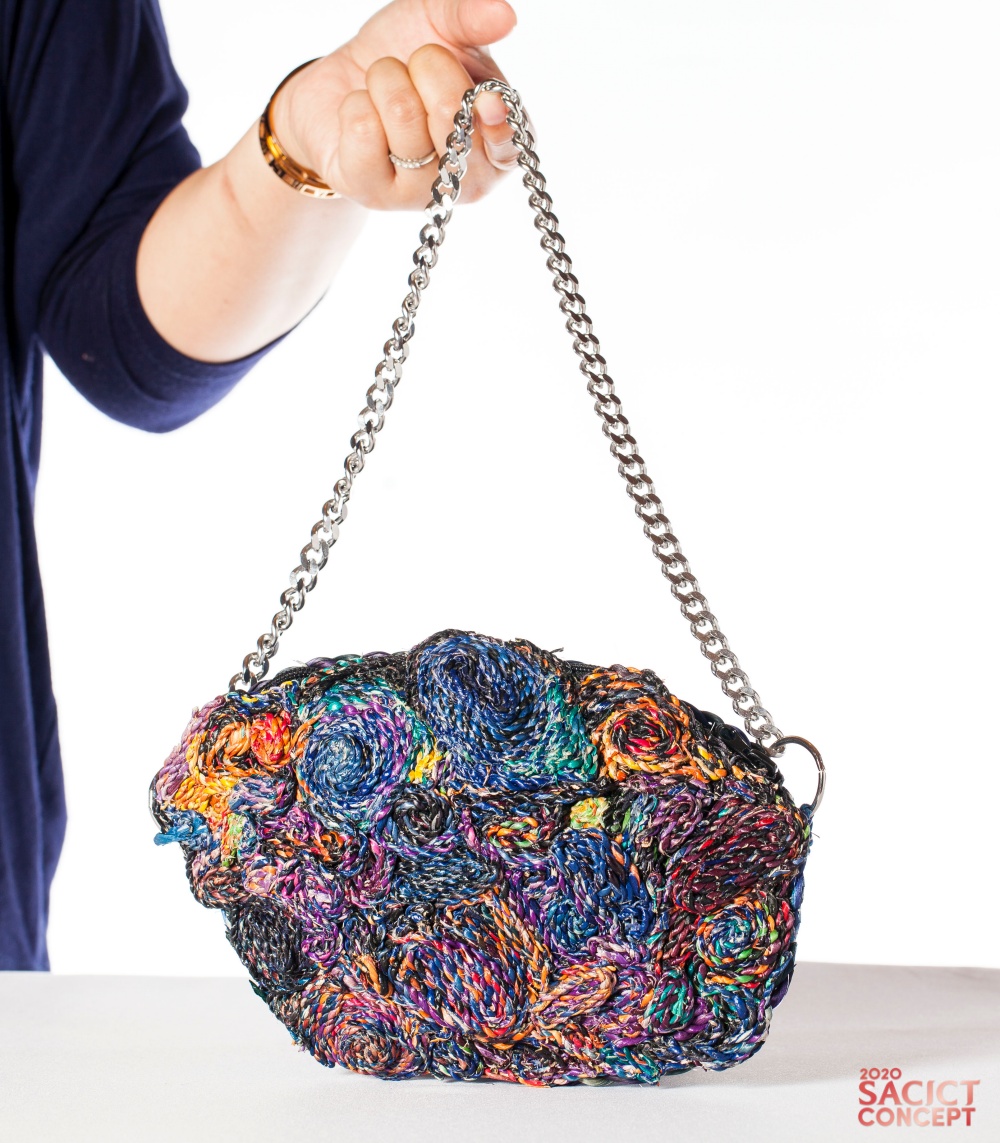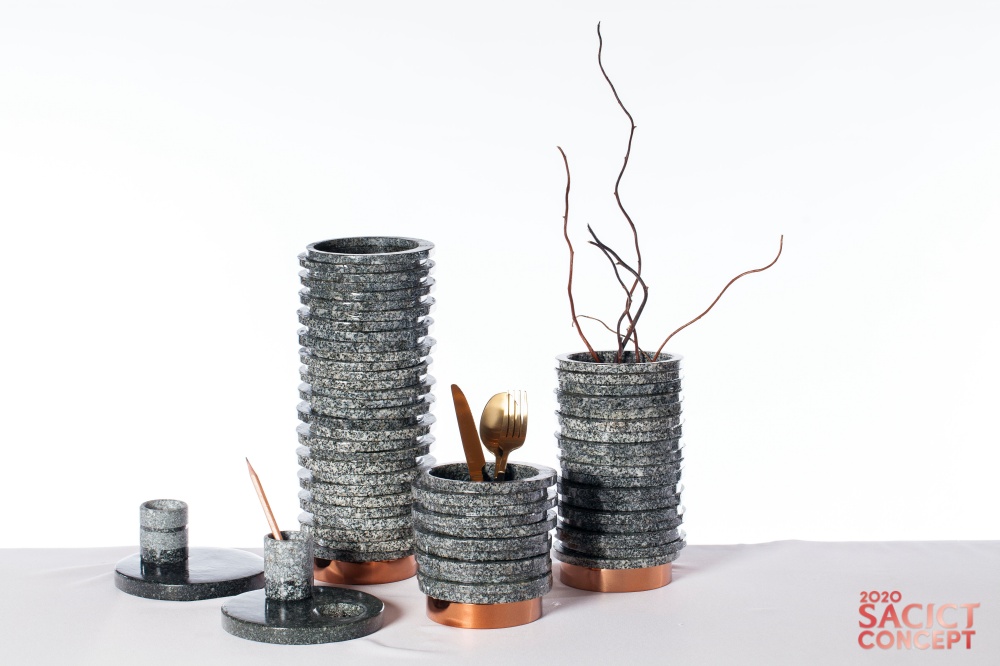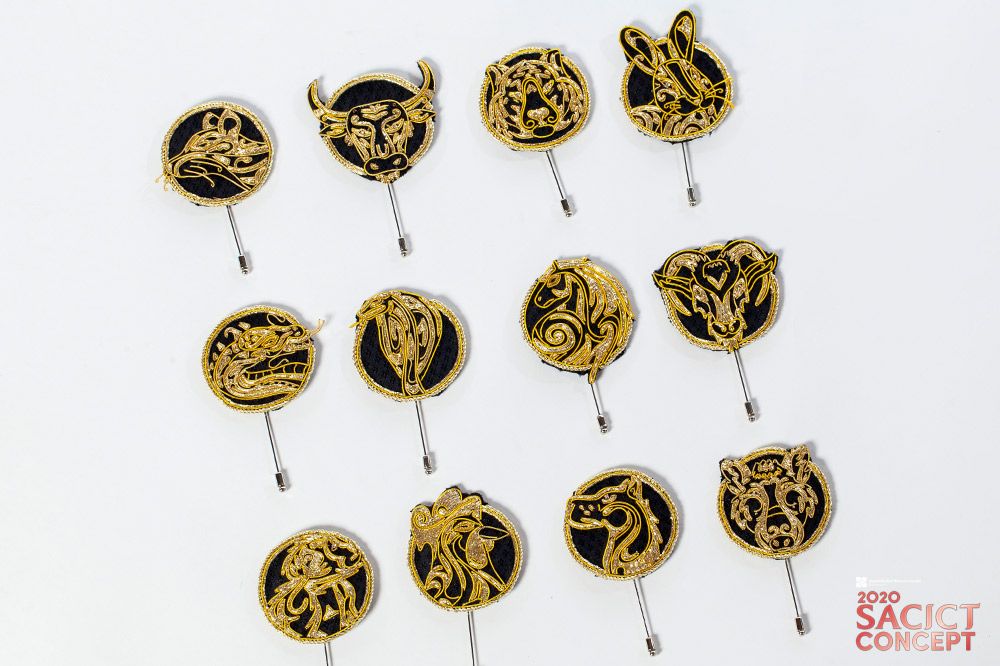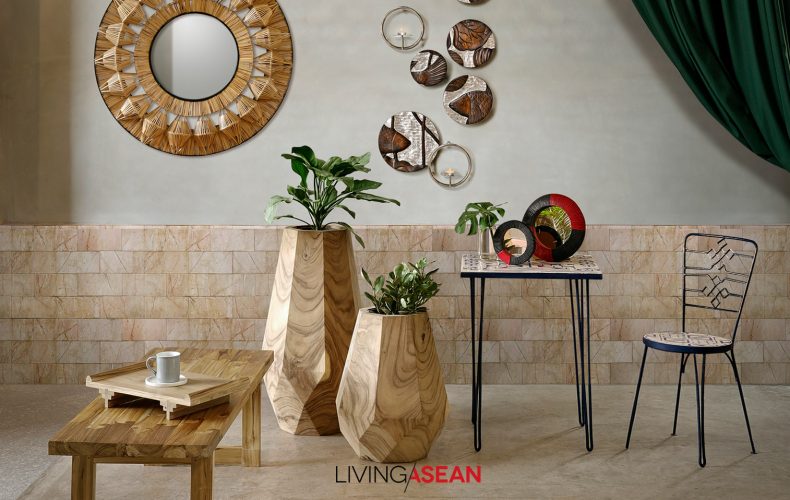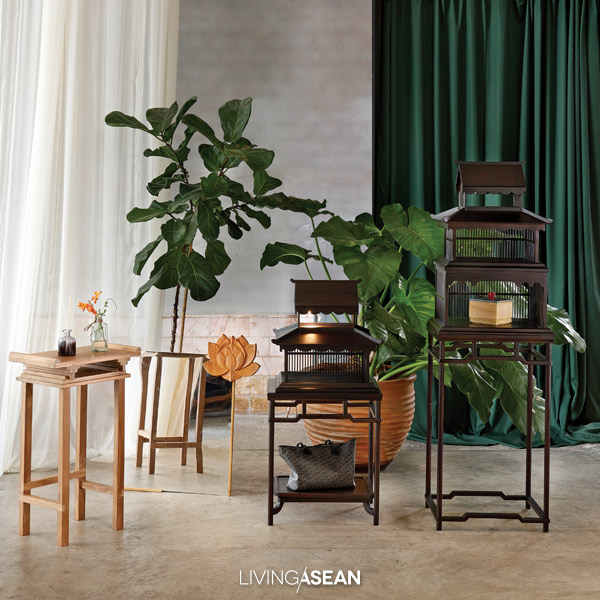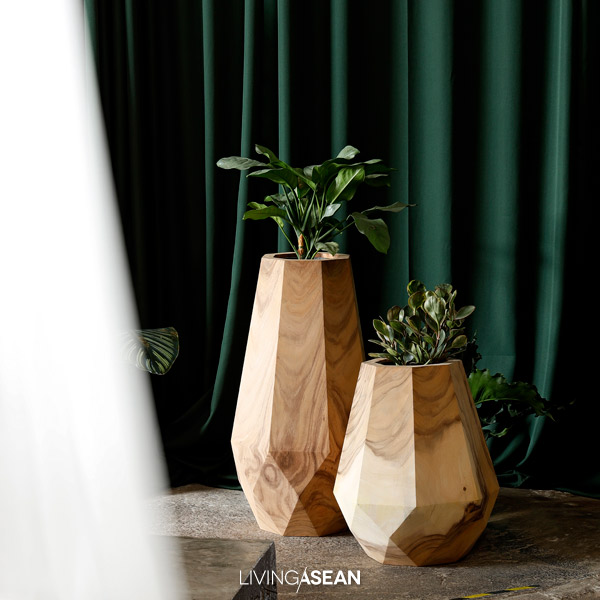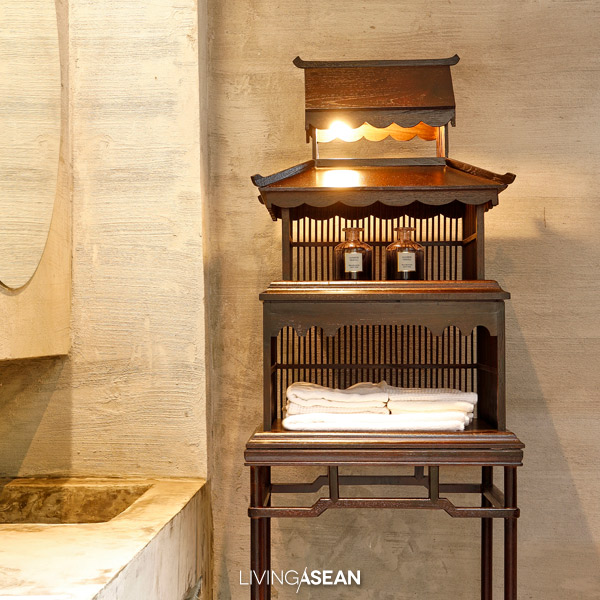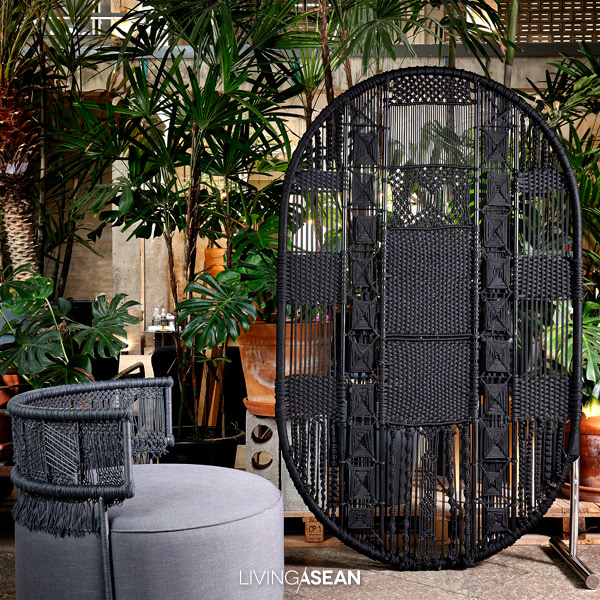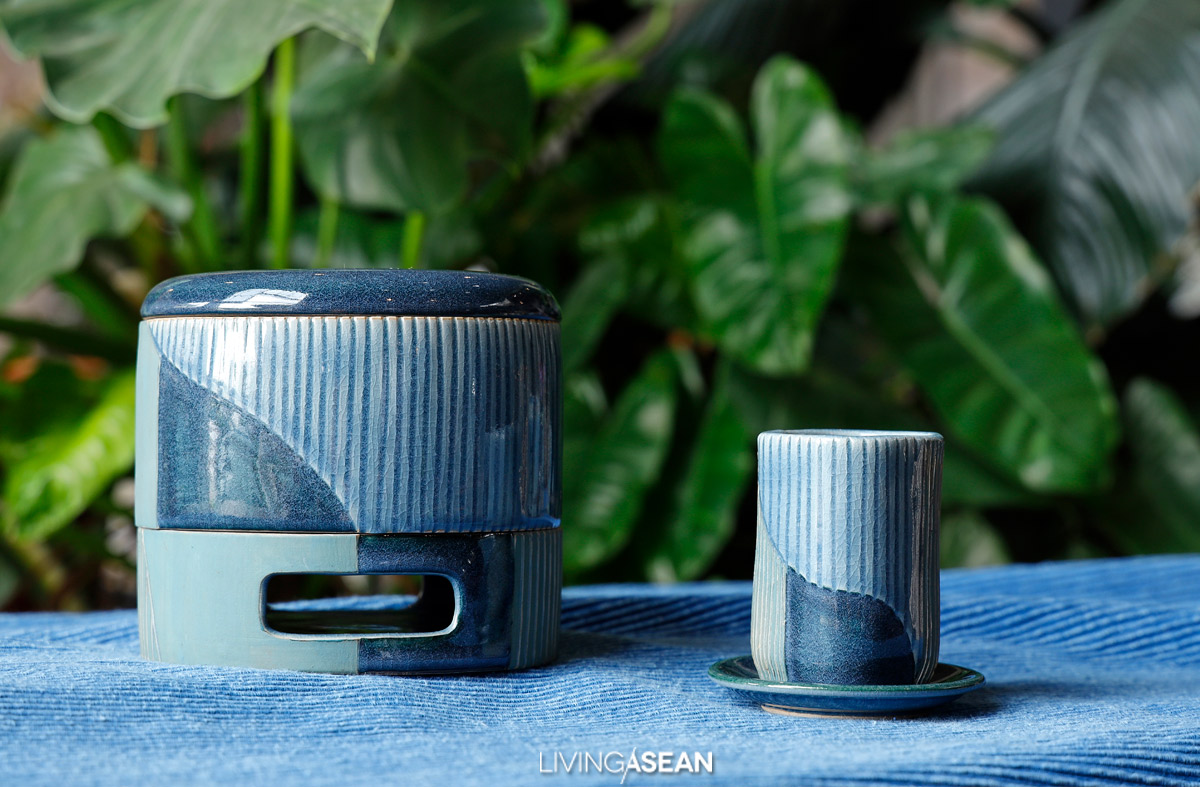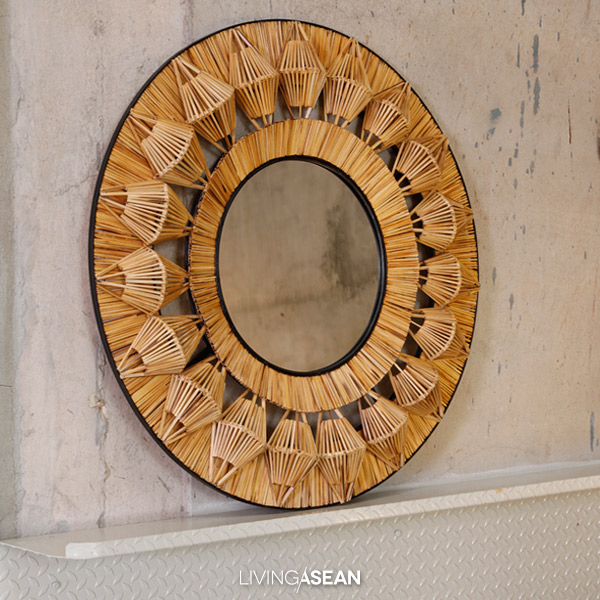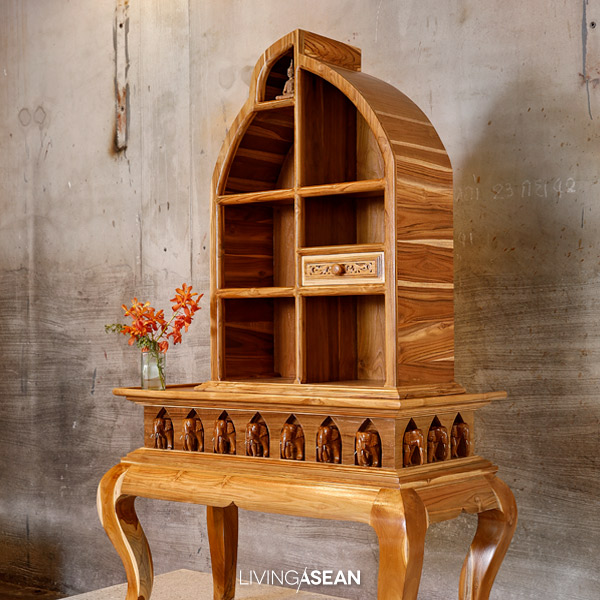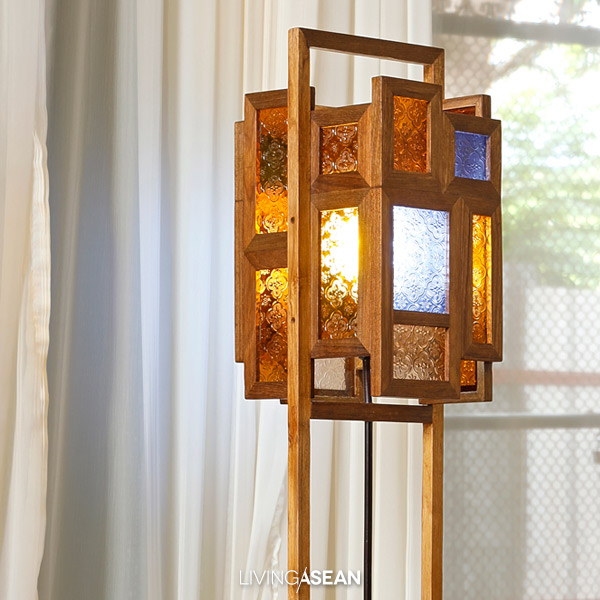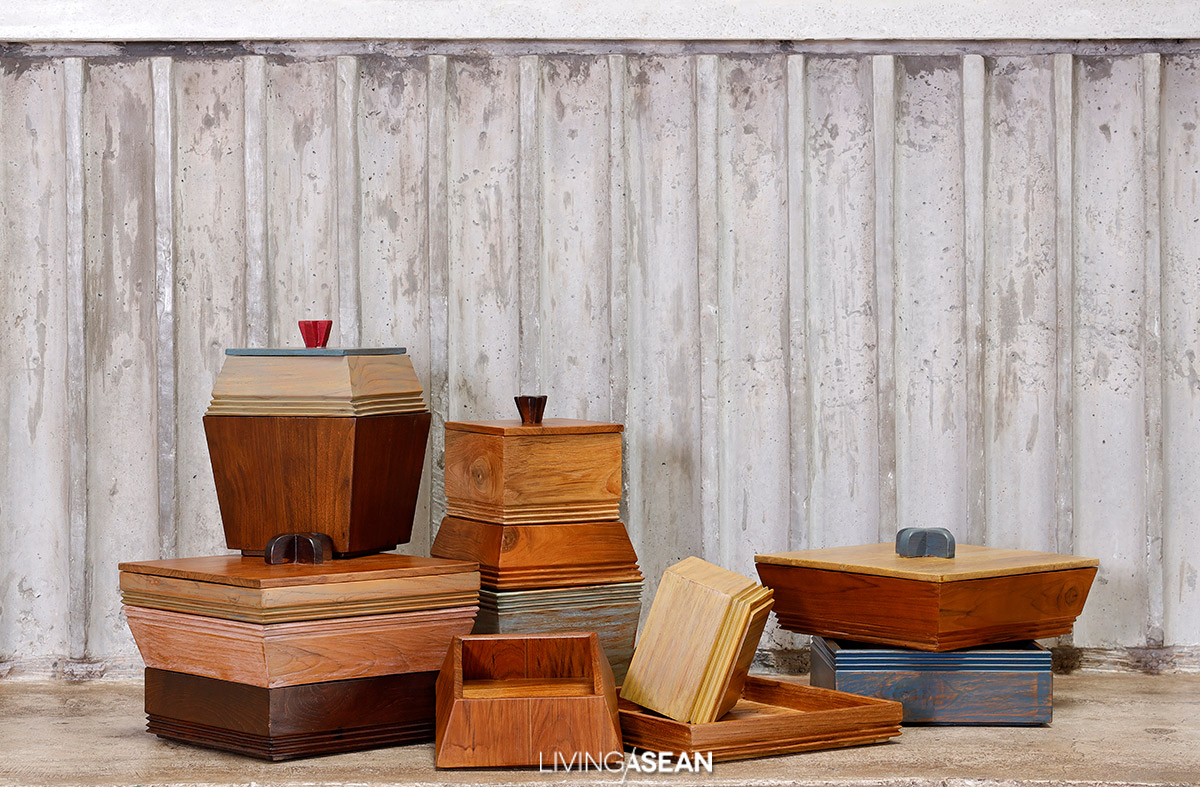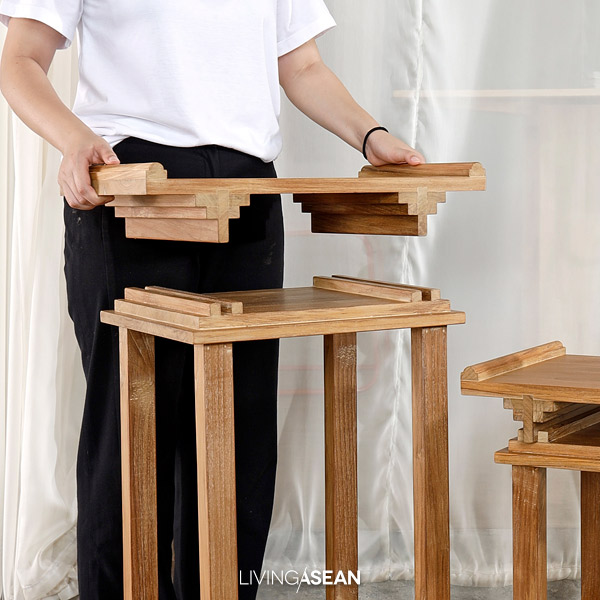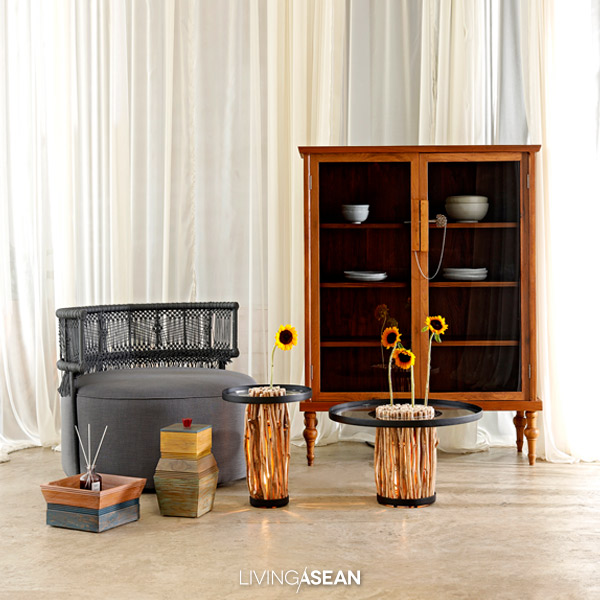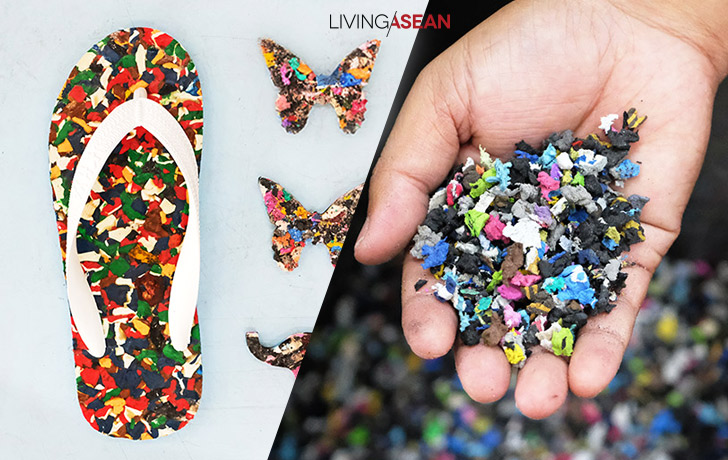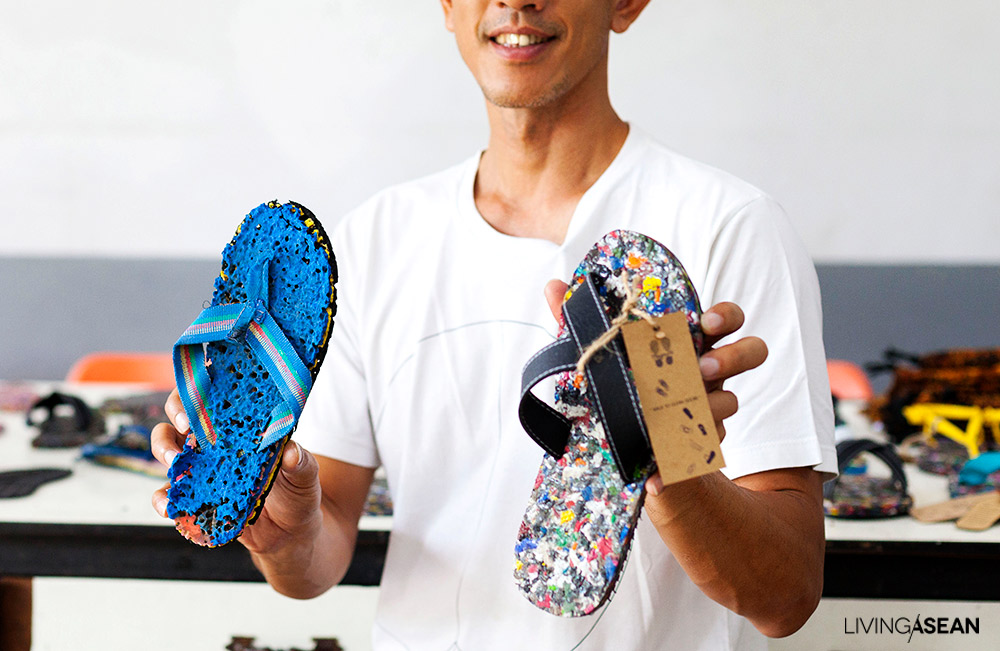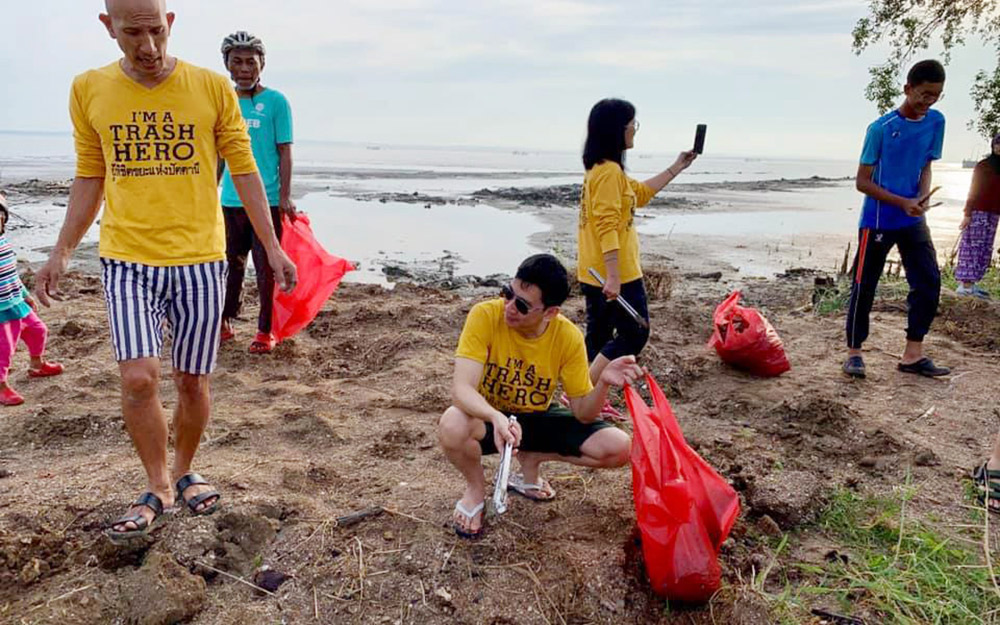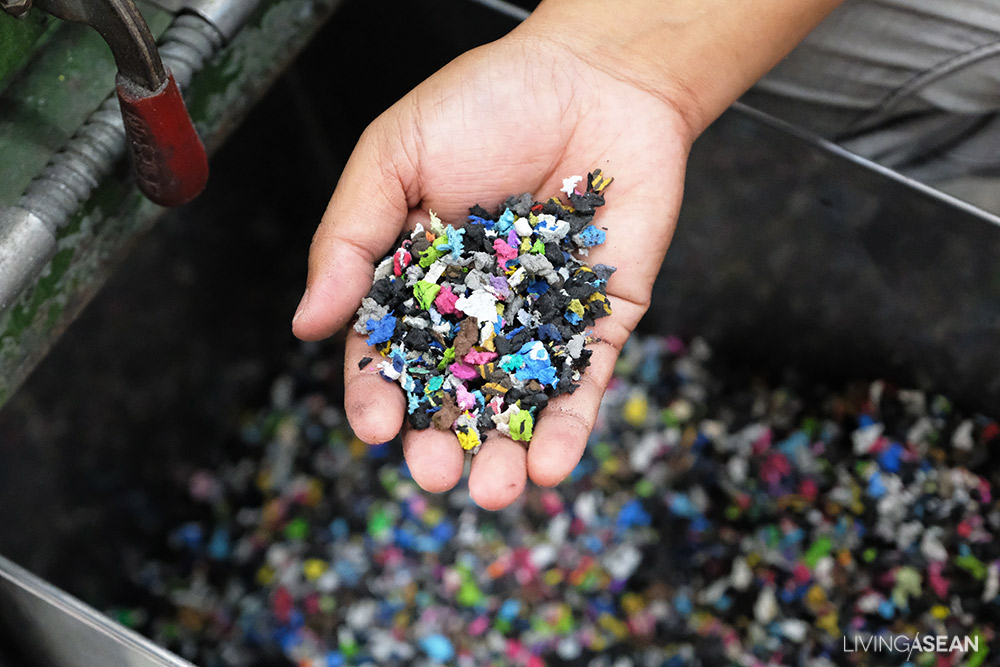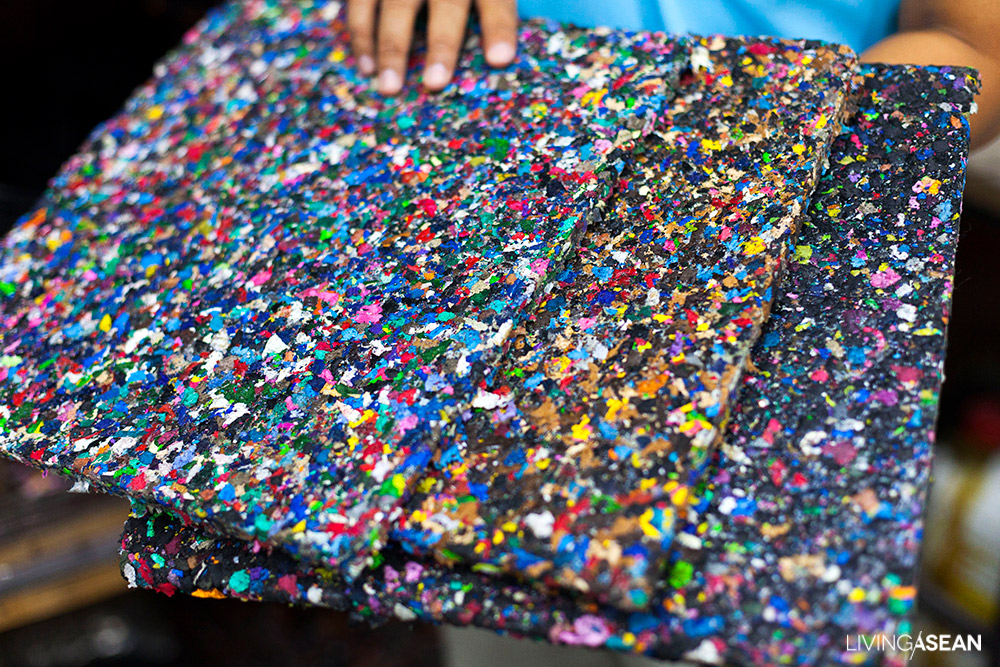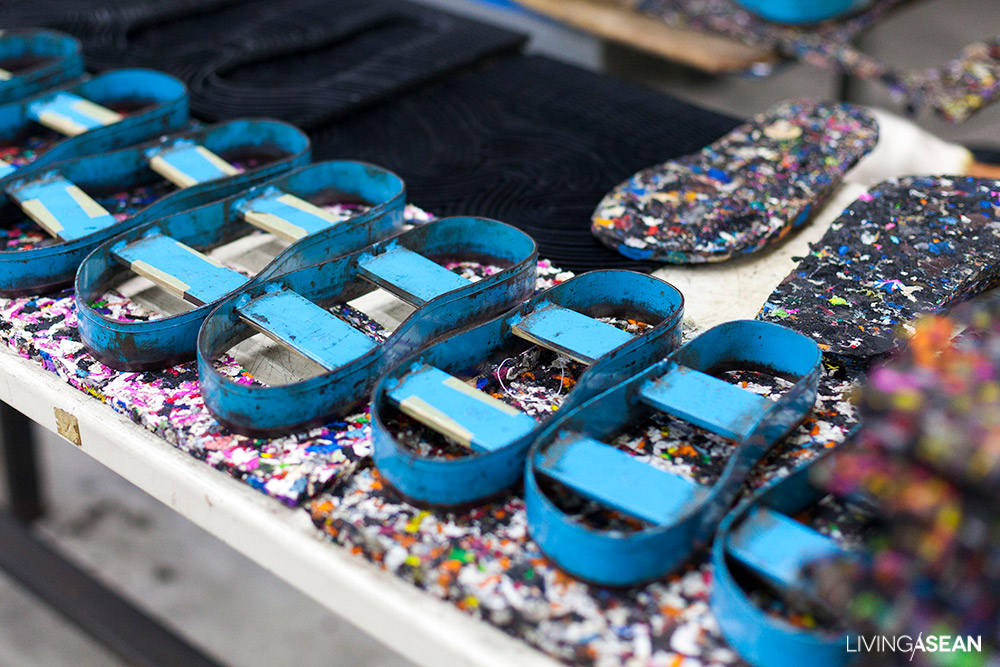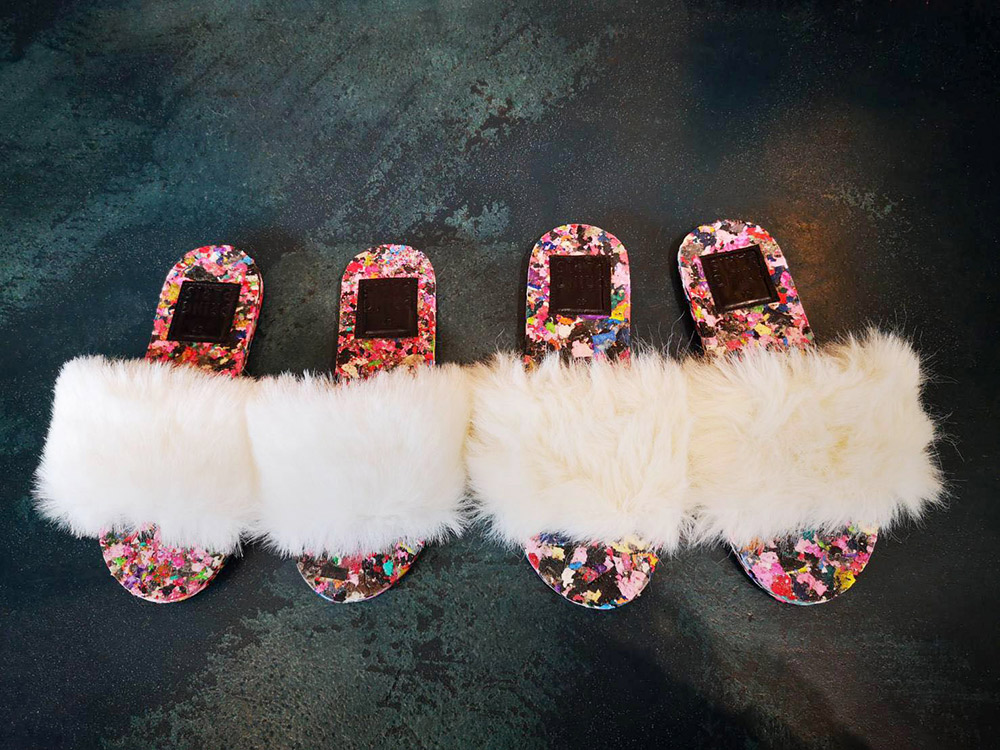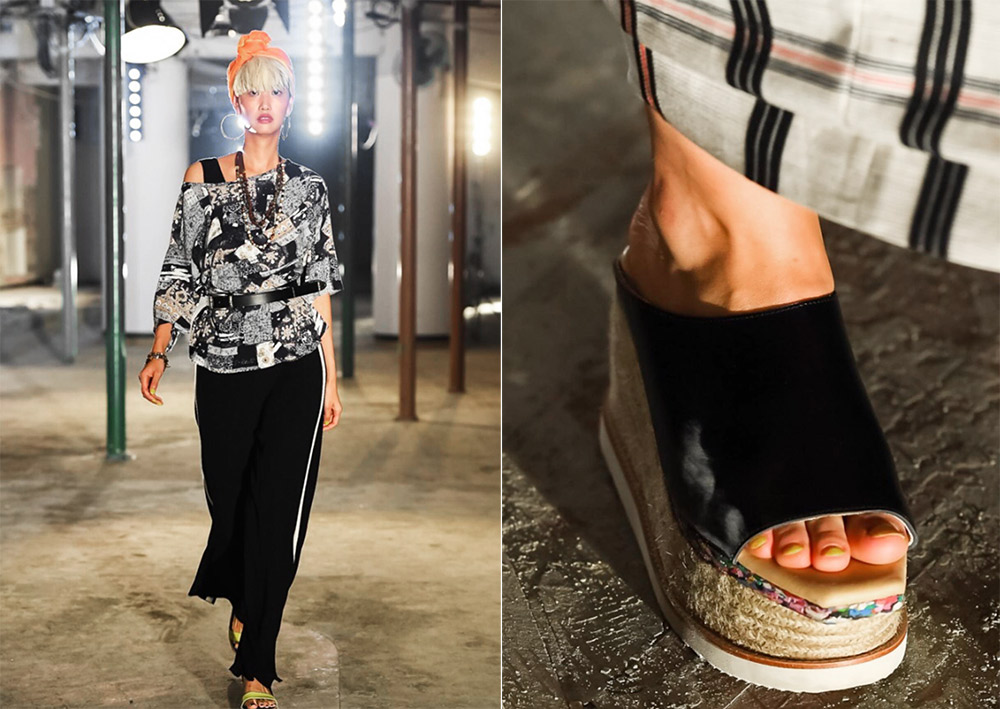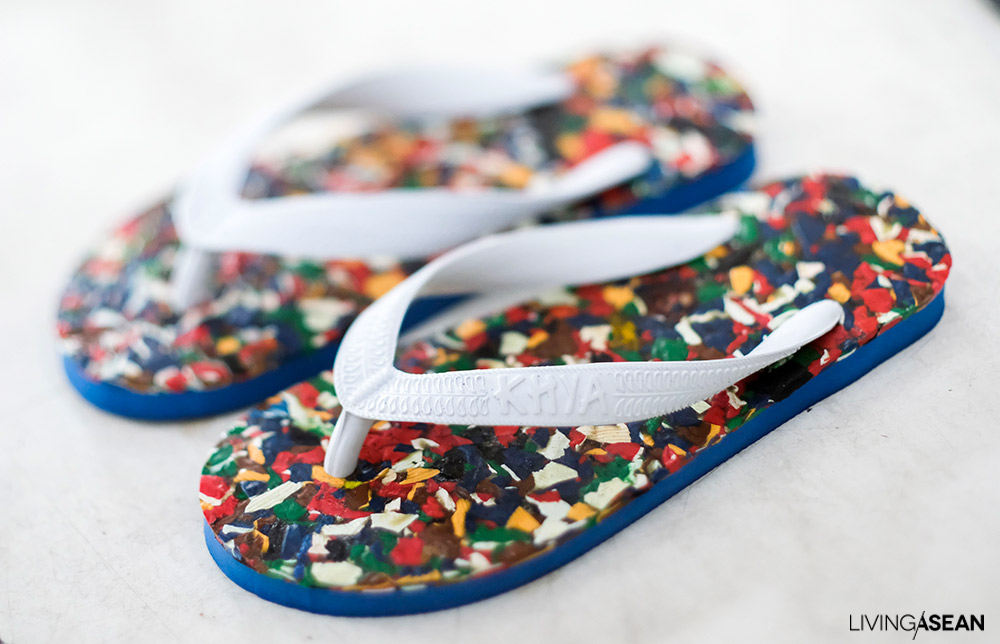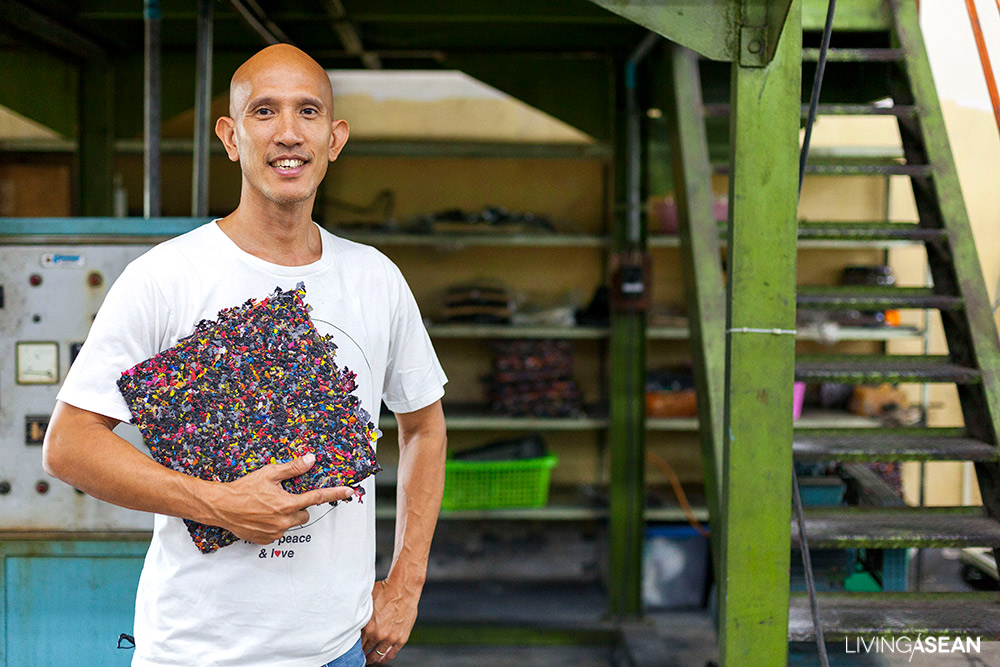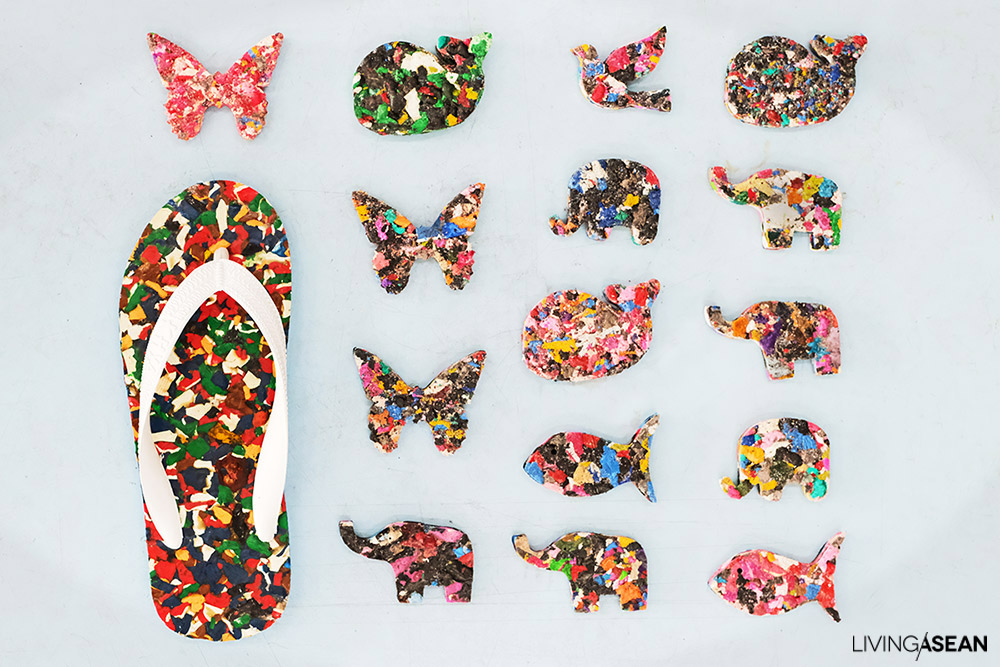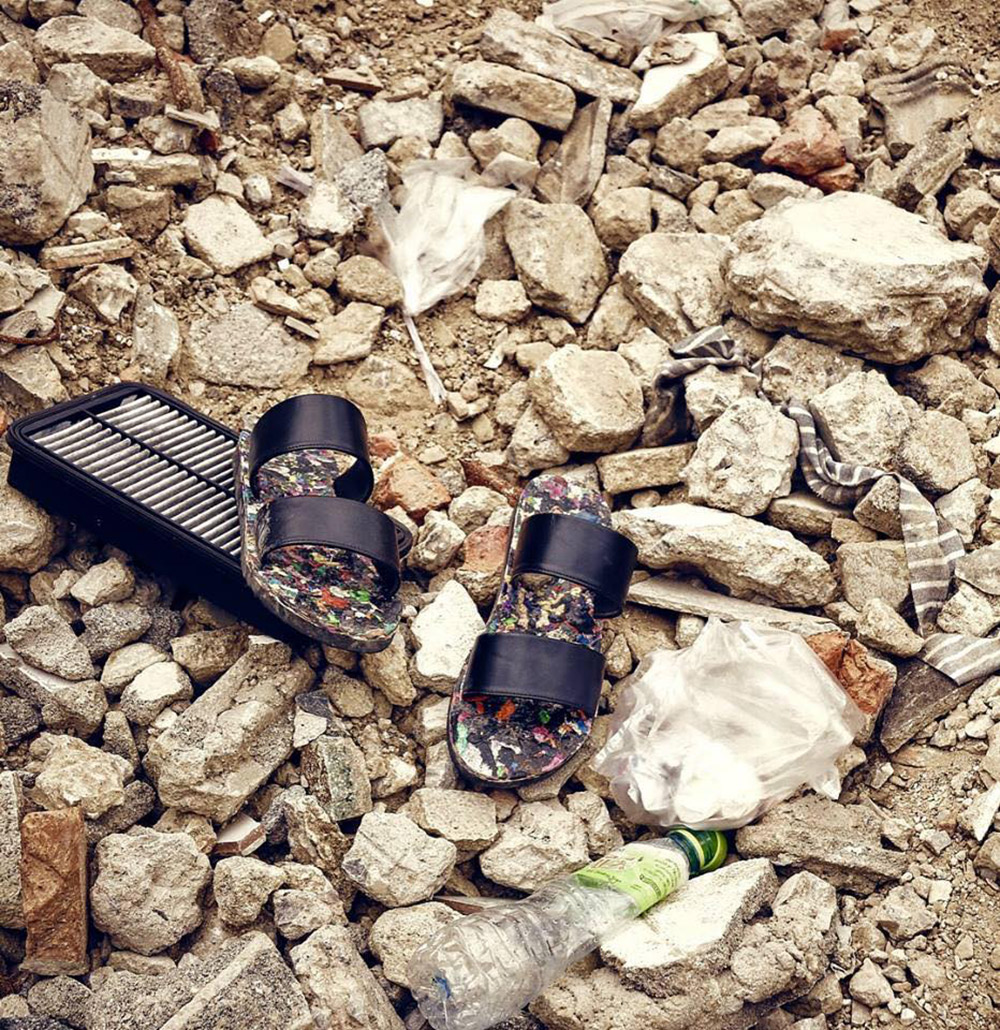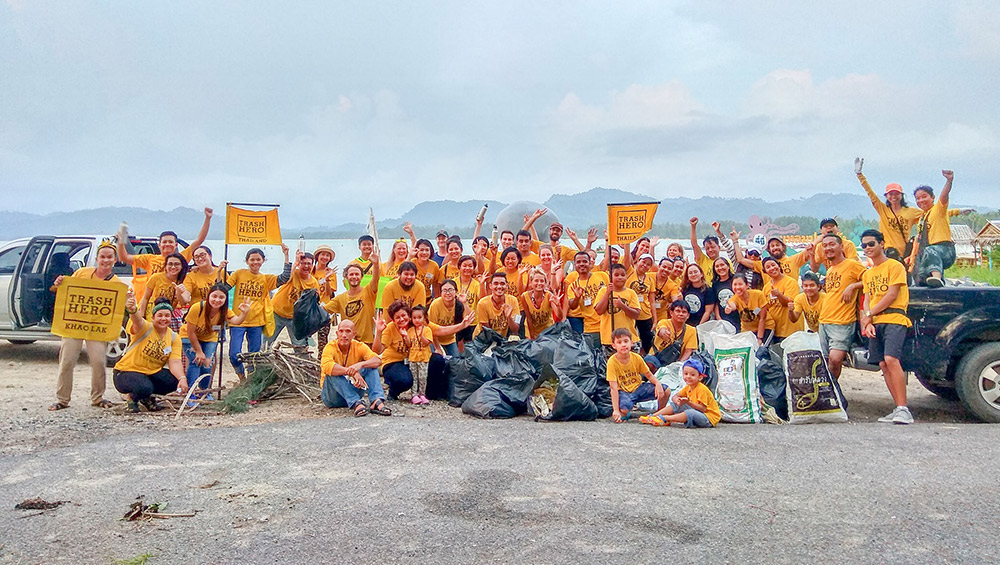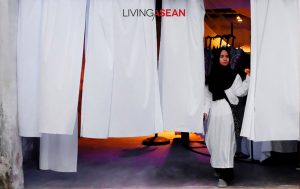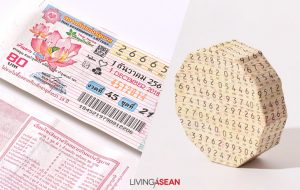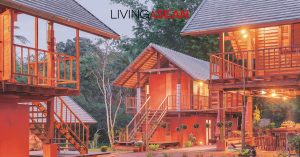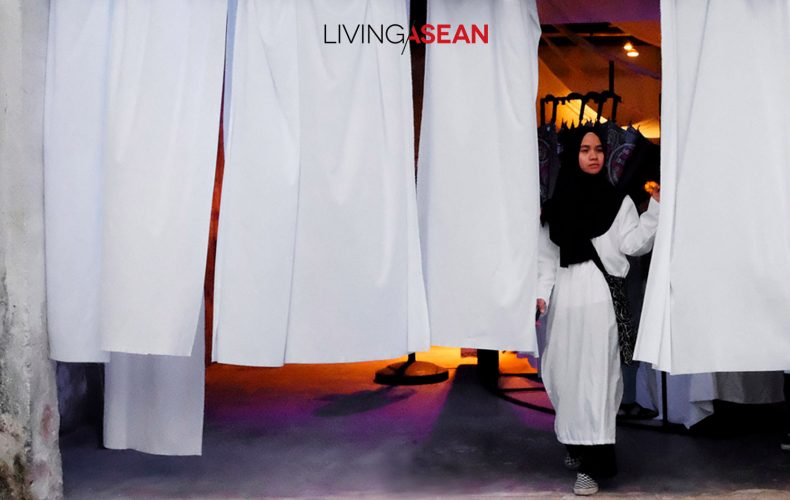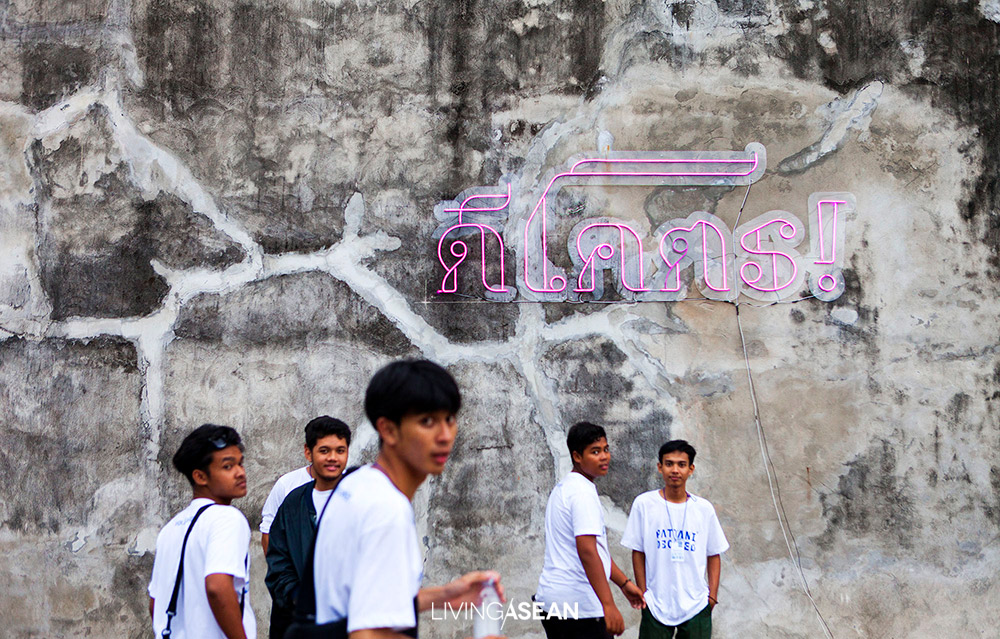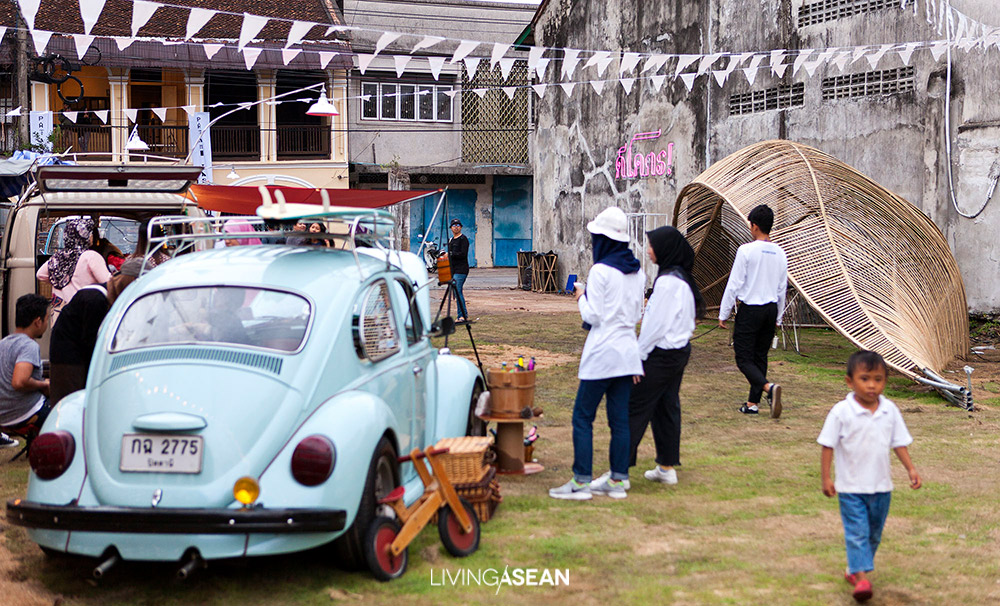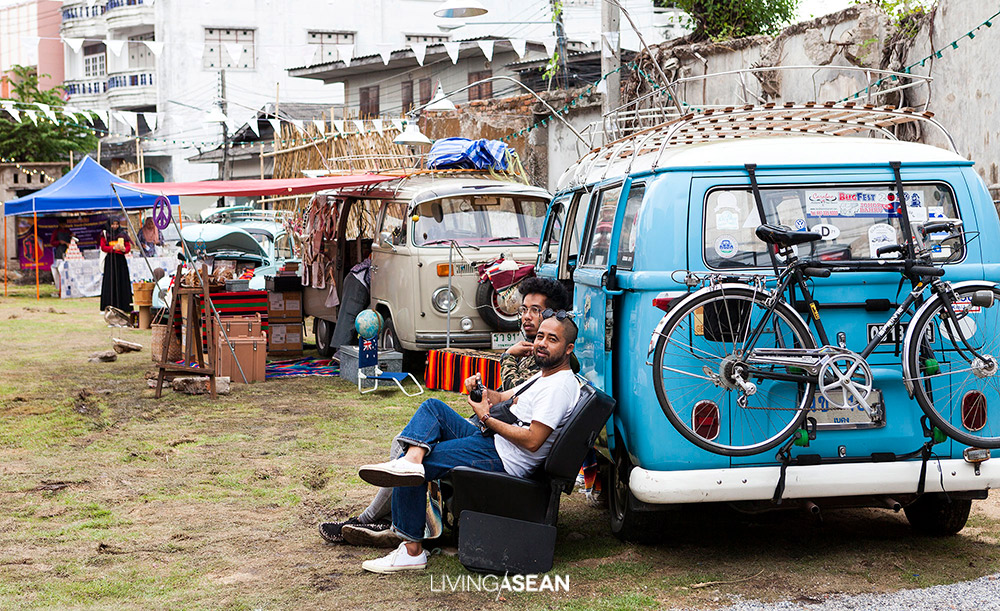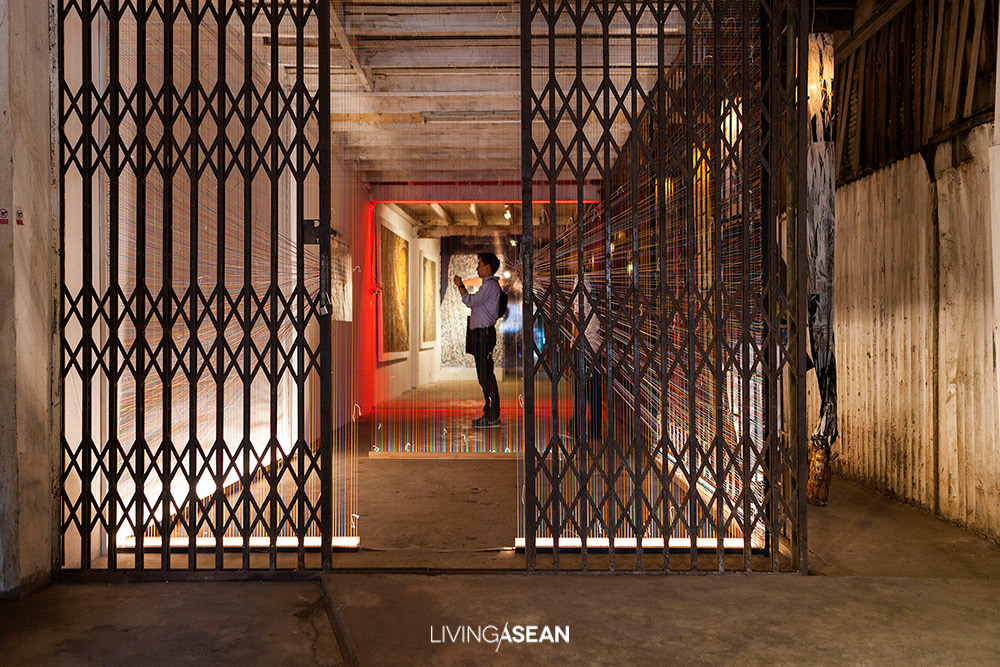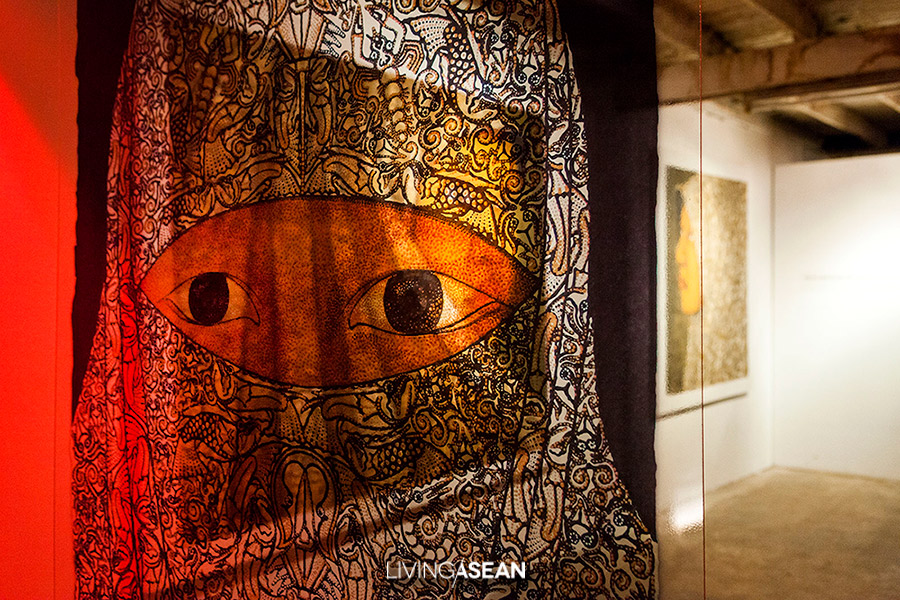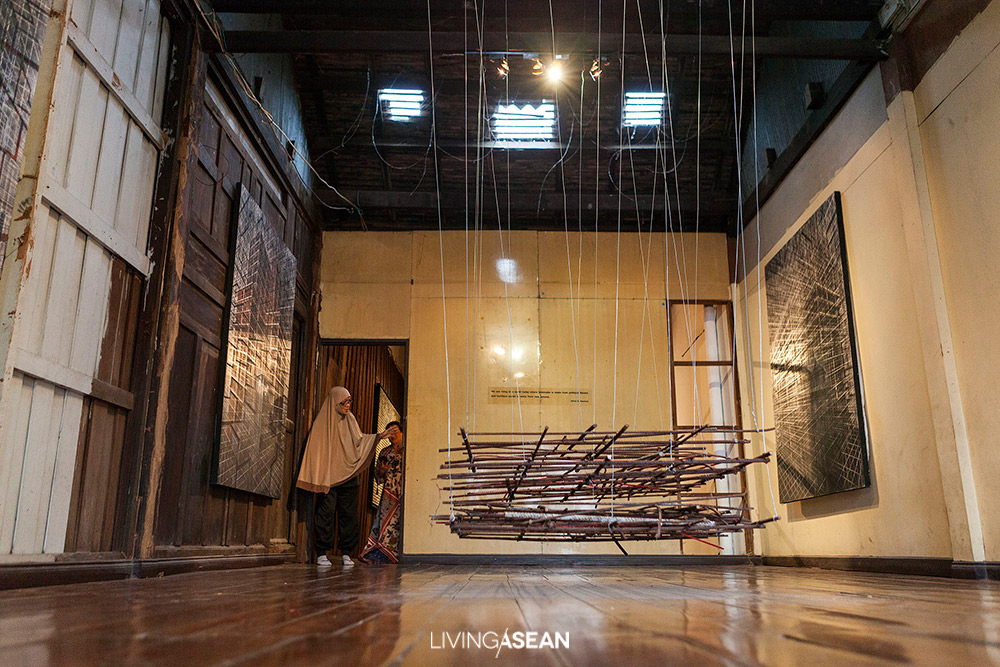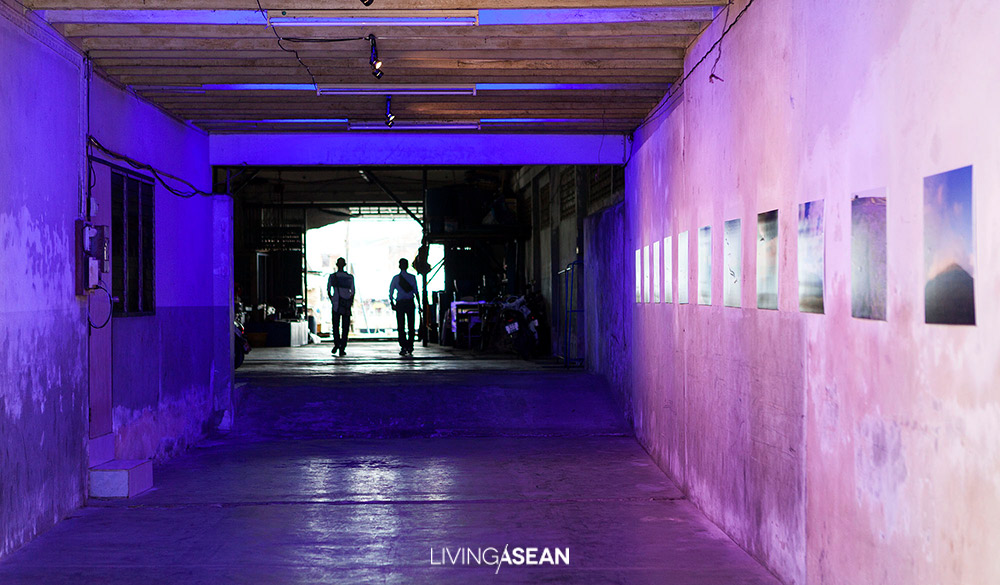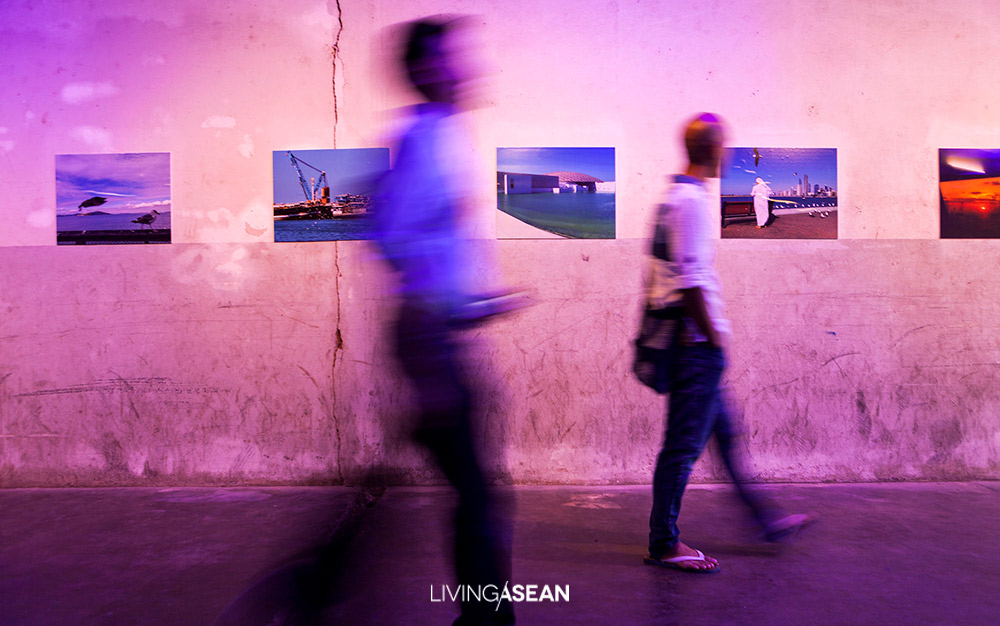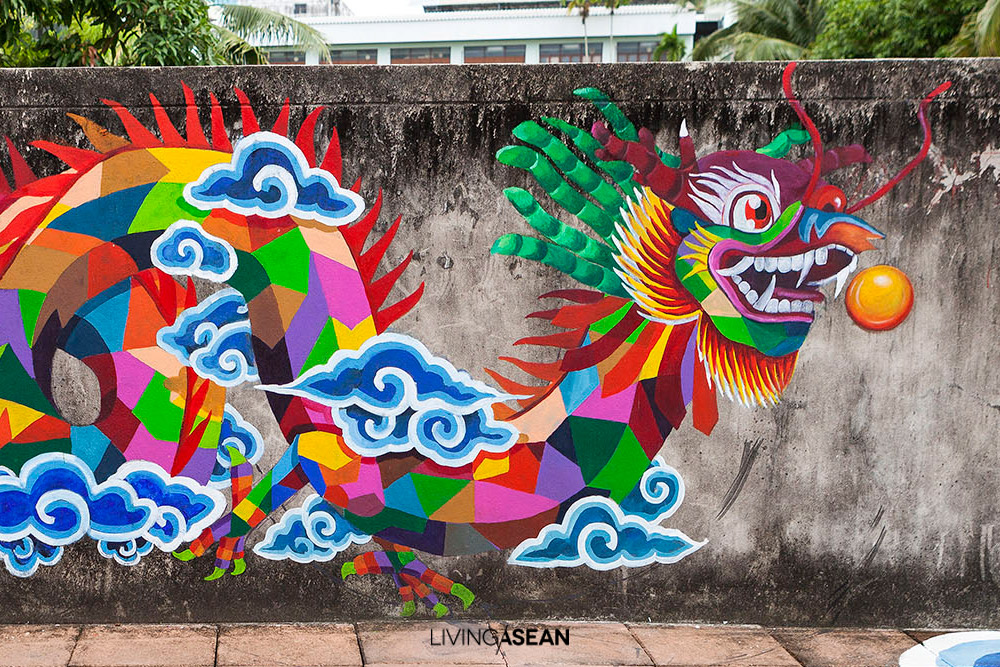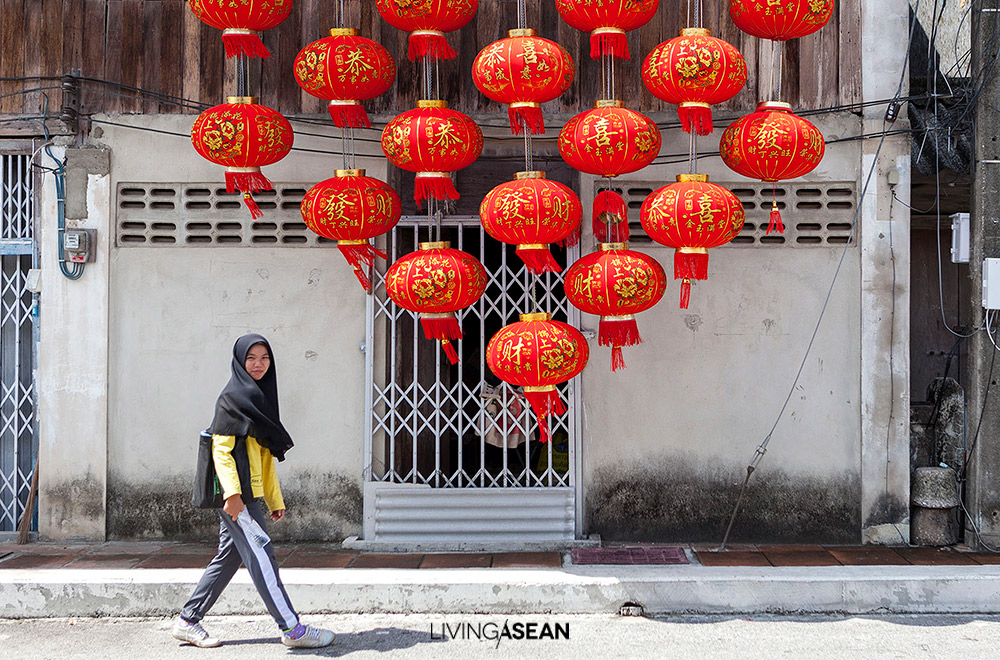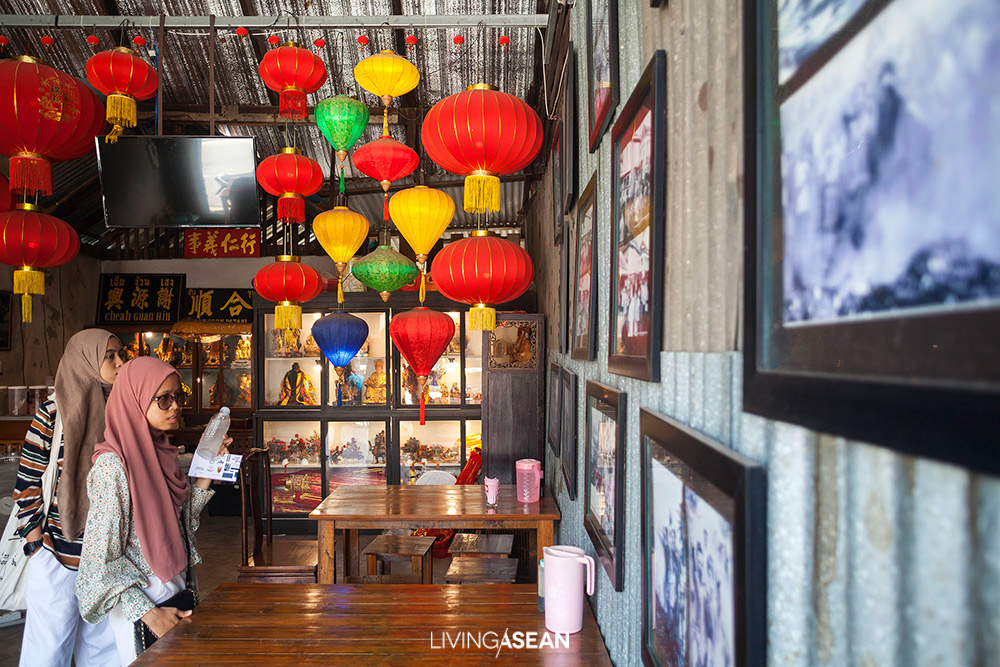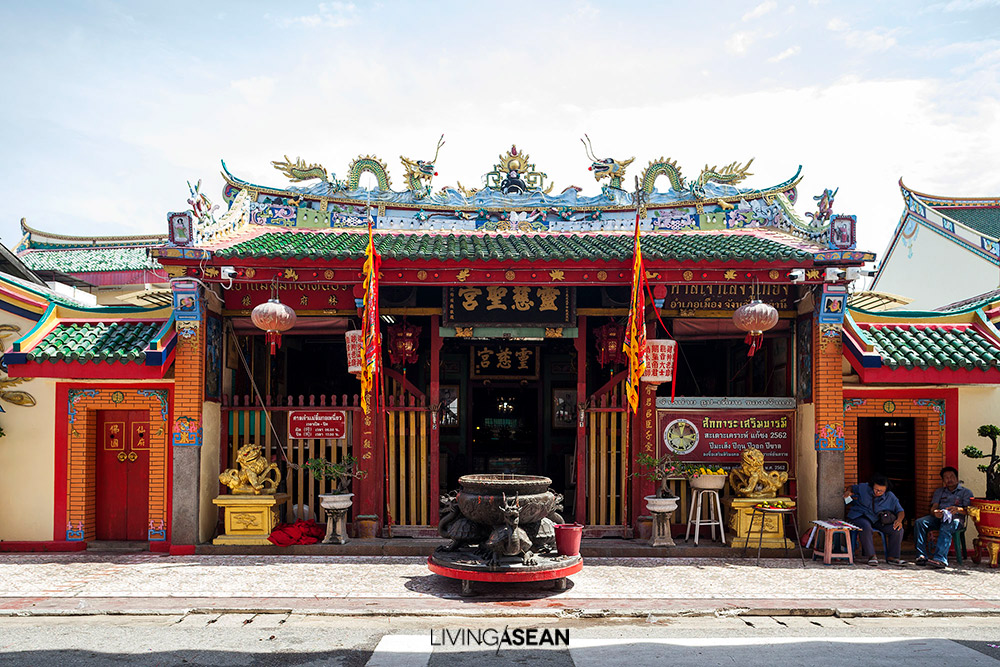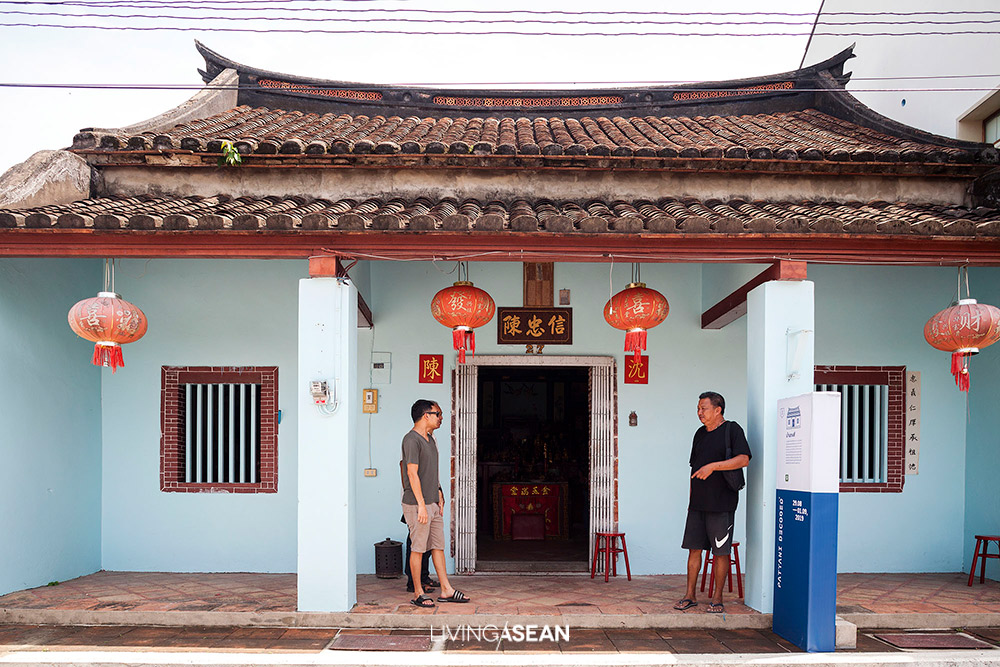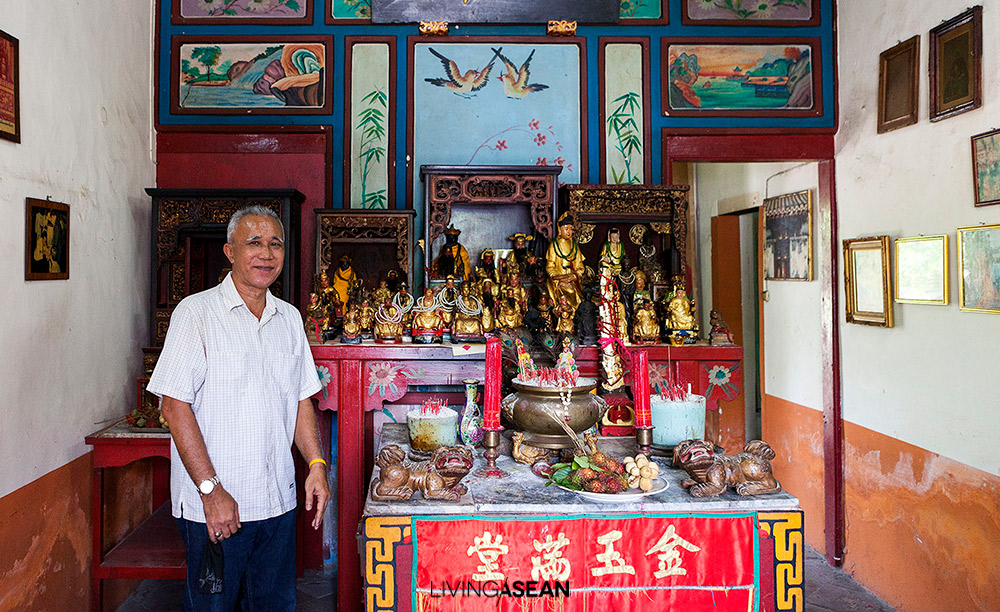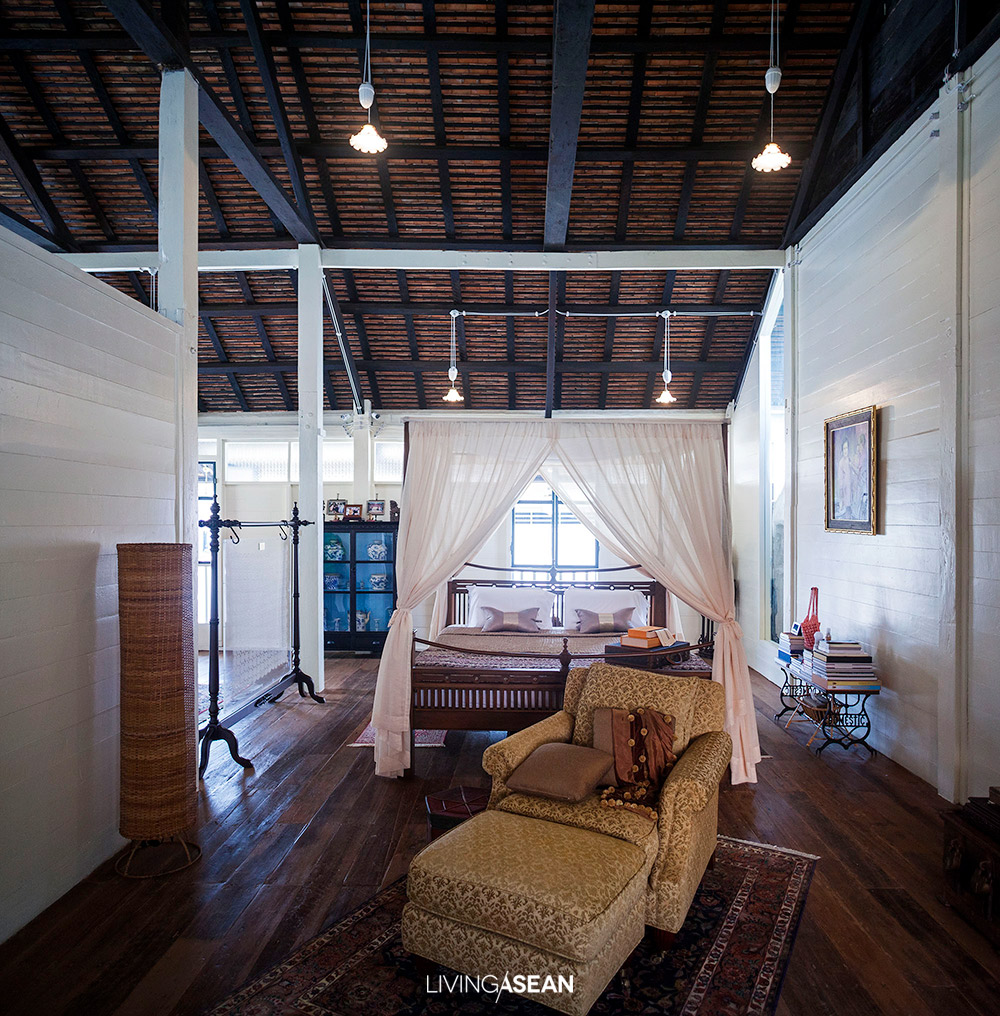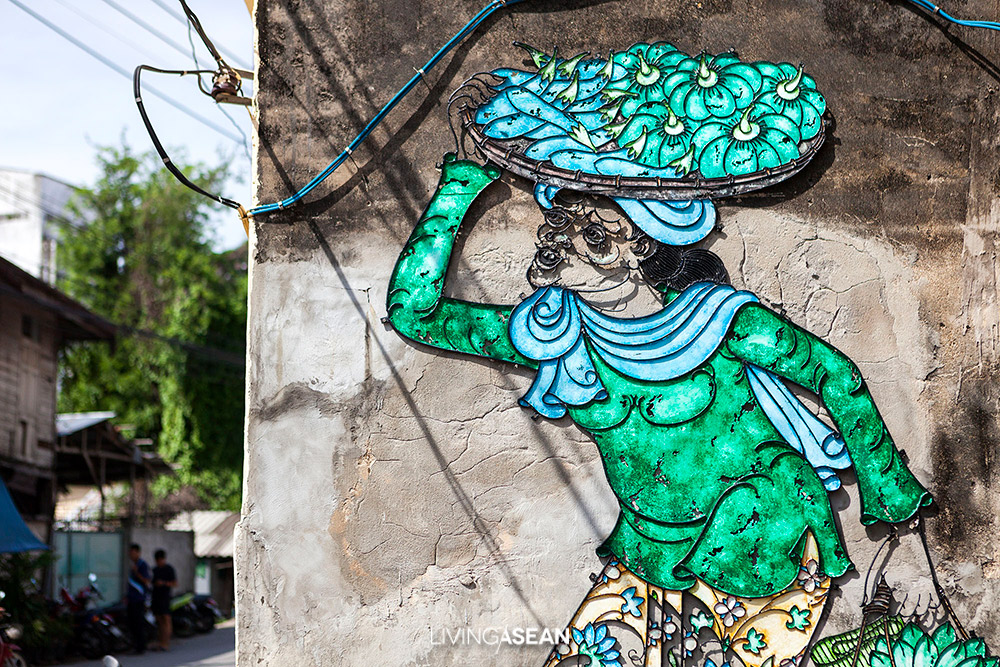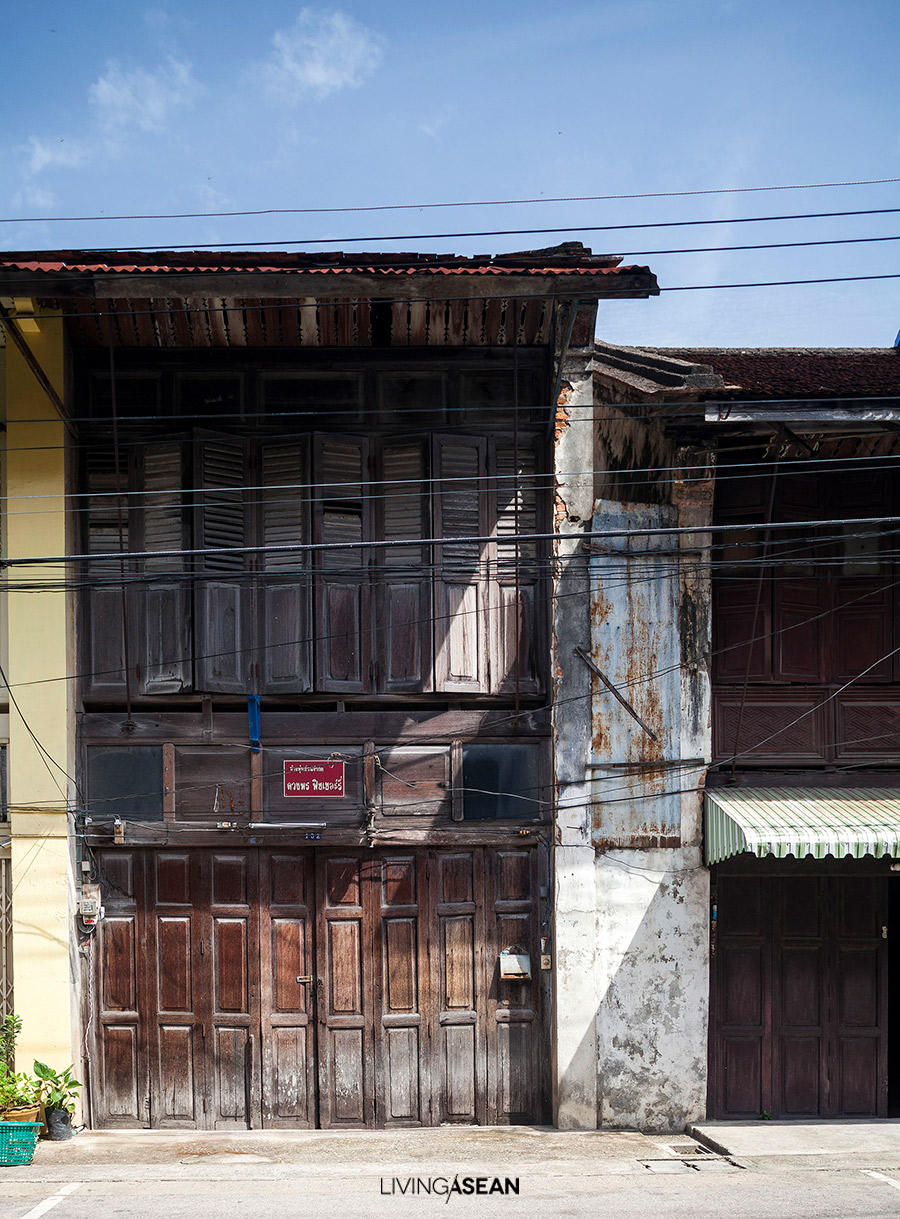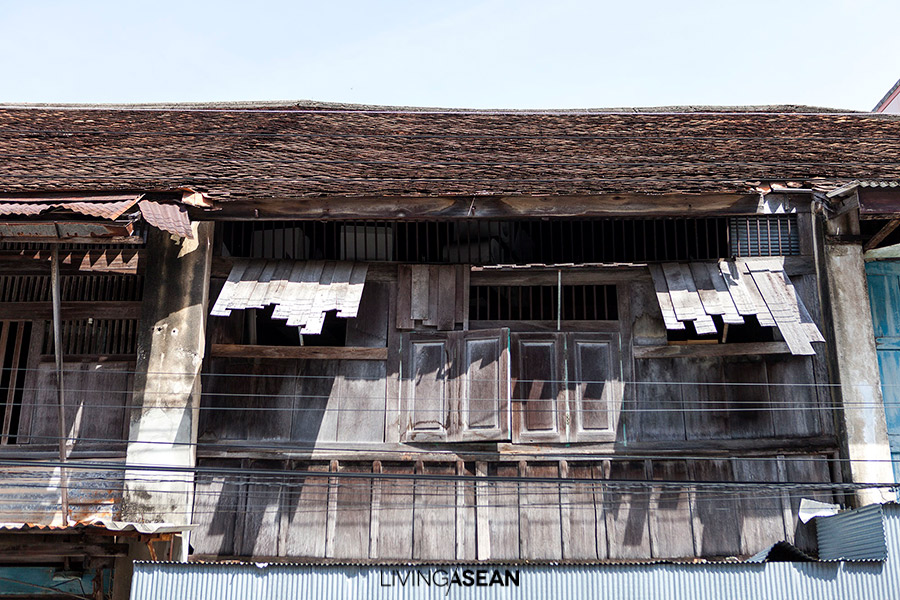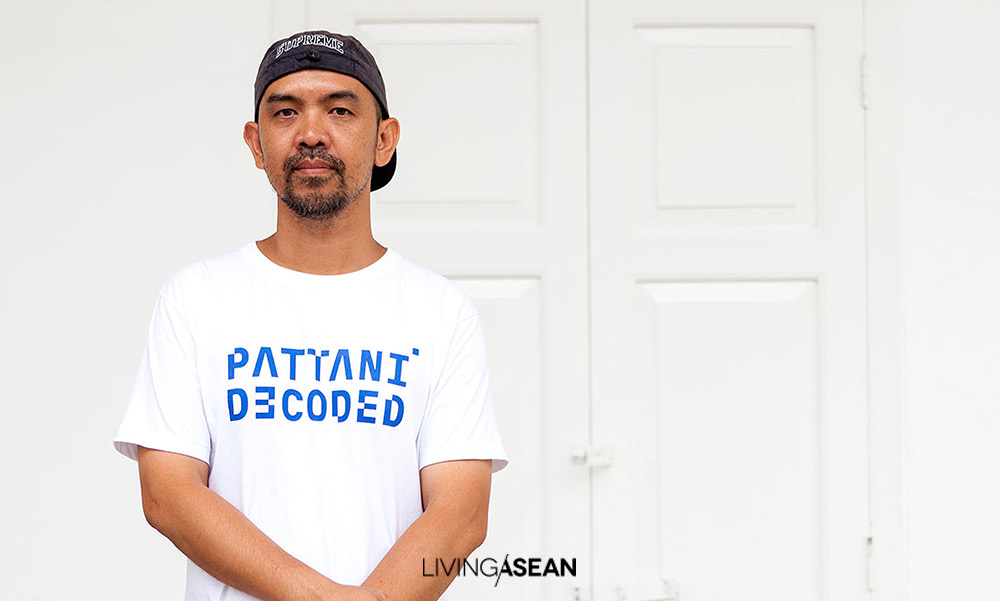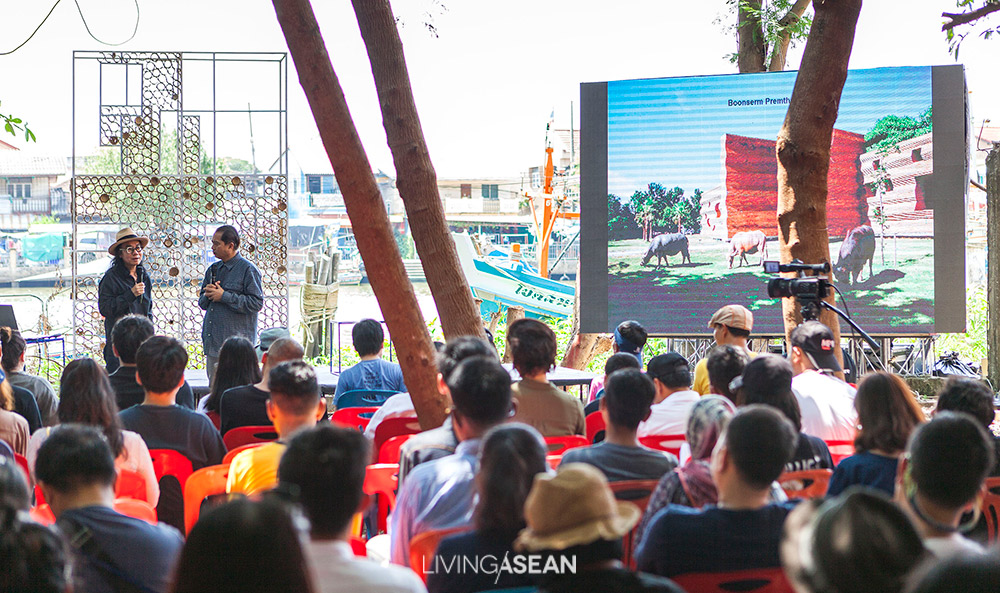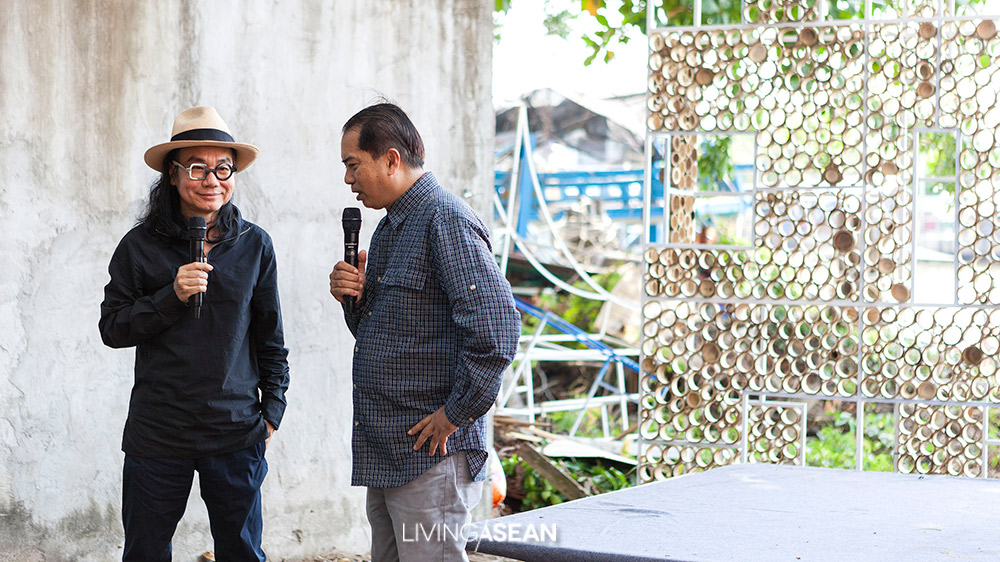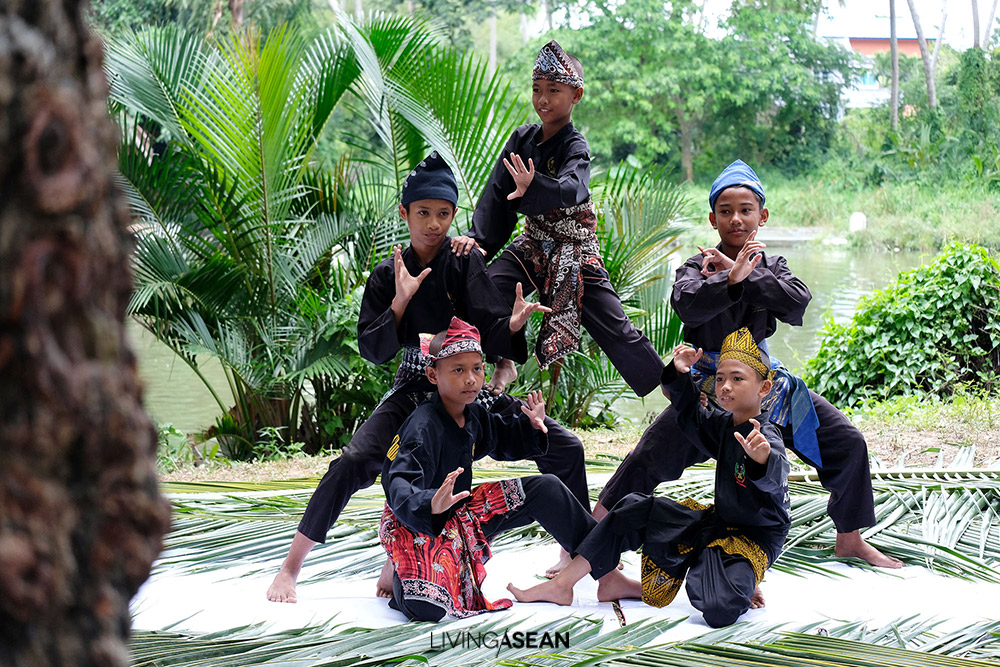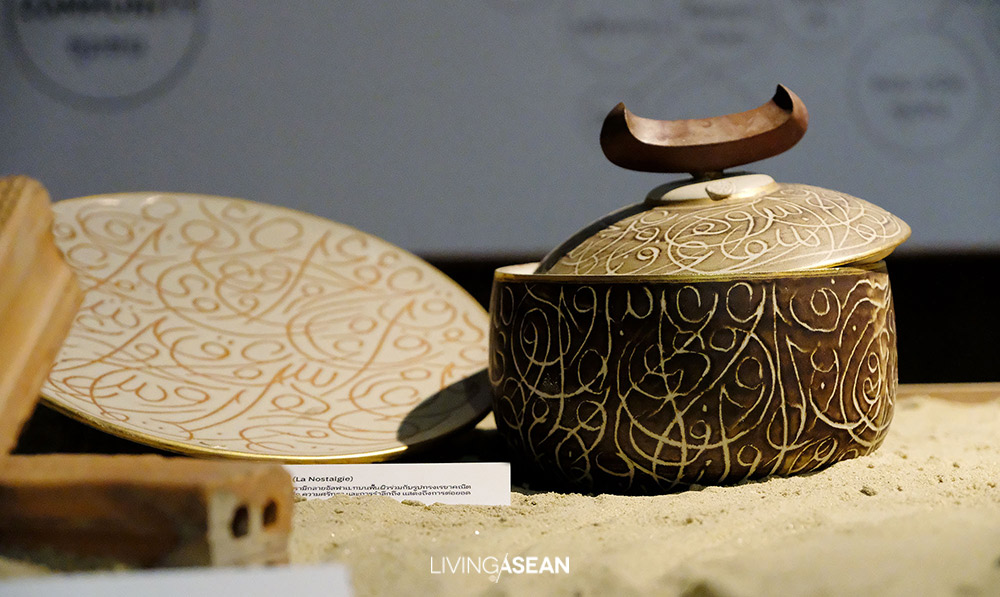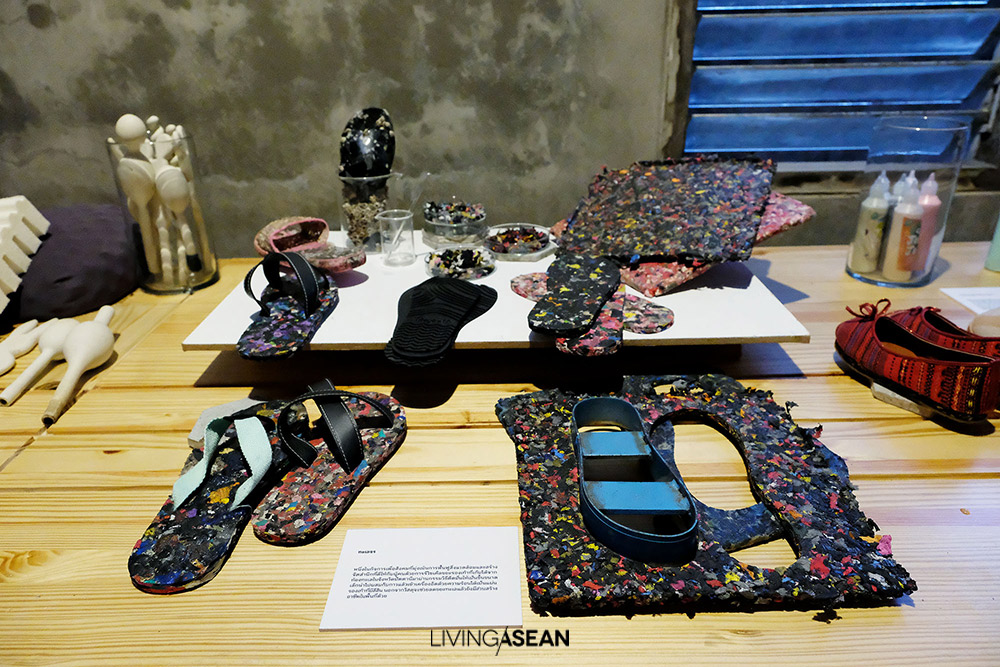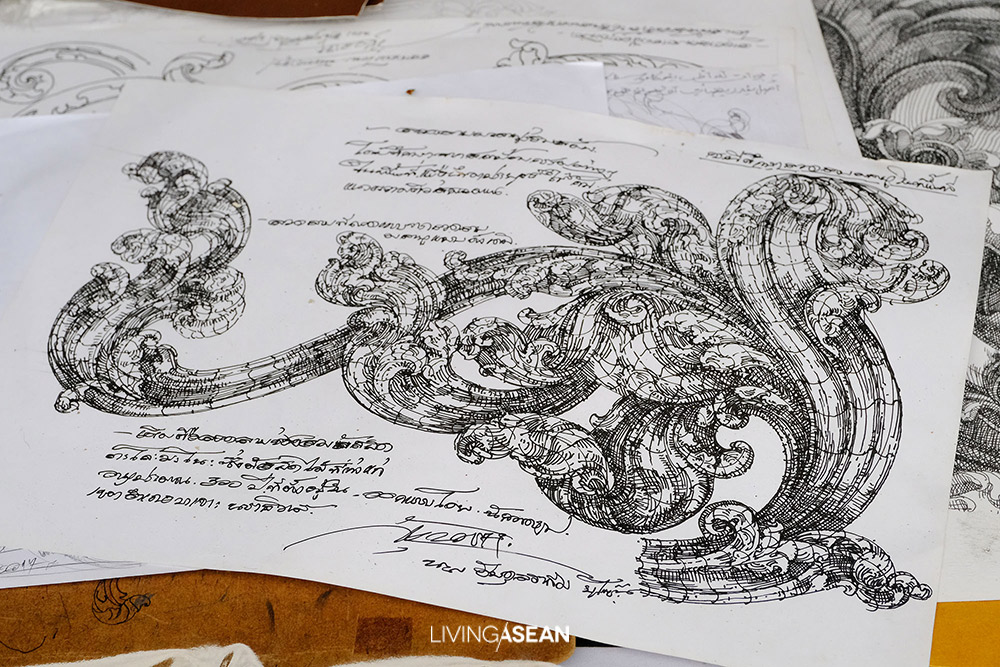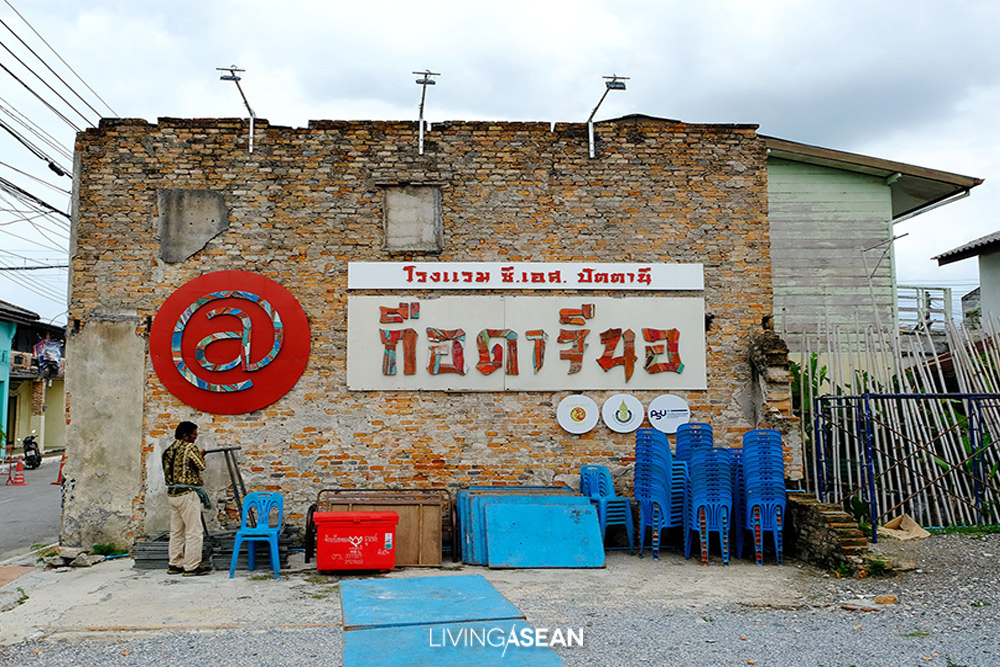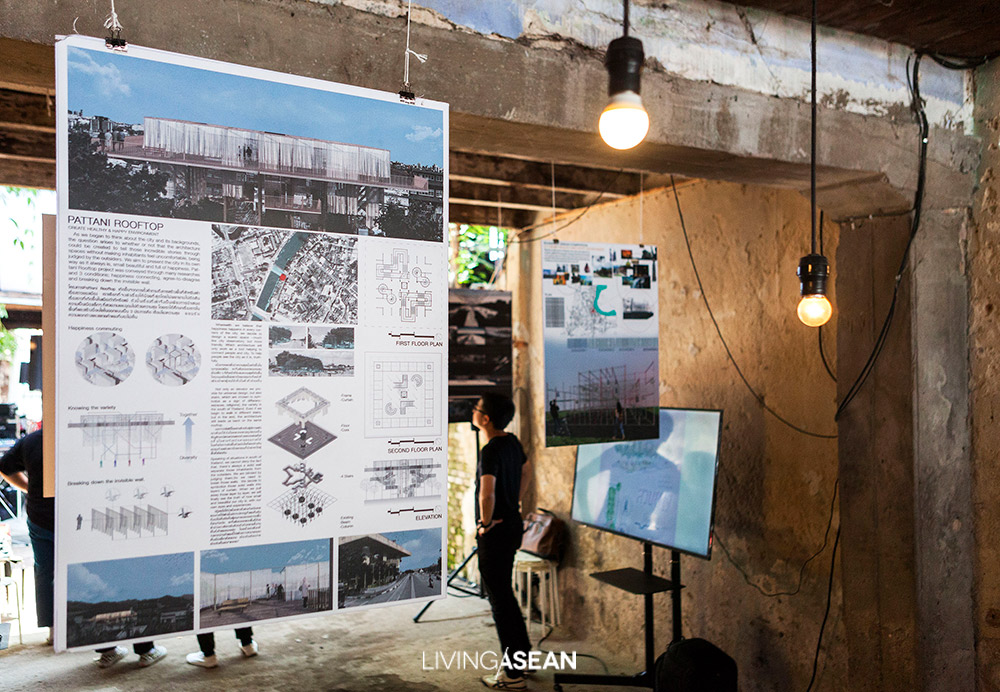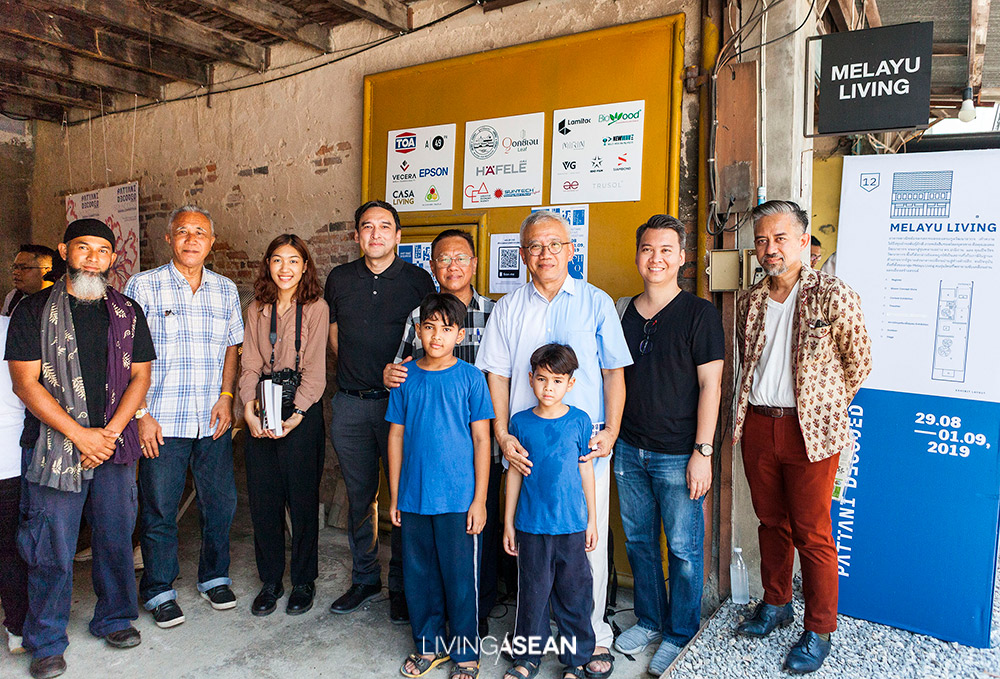One Bangkok Retail, Bangkok’s Leading Retail & Lifestyle Destination, has partnered with KASIKORNBANK Credit Cards to launch the “One Nee K Loey @ One Bangkok Retail” campaign. This campaign celebrates the grand opening of One Bangkok, the new global lifestyle hub in the heart of Bangkok, offering four exclusive privileges to customers who spend with their KASIKORNBANK credit cards and meet the specified conditions between 25 October 2024 to 5 January 2025.
Palinee Kongchansiri, Chief Retail Officer of One Bangkok, stated, “One Bangkok Retail, we are creating a new definition of retail at One Bangkok as the first lifestyle phenomenon in Thailand bringing together fully integrated and superior shopping experiences under the concept of ‘The Rhythmic Experience,’ where everyone can groove to the pulse and excitement of life and enjoy a diverse mix of experiences. For this special occasion celebrating the opening of One Bangkok Retail’s Parade and The Storeys zones, we are welcoming everyone to ‘The Heart of Bangkok’ by joining forces with leading partners like KASIKORNBANK for the “One Nee K Loey @ One Bangkok Retail” campaign. This collaboration offers exclusive privileges and benefits to our valued customers who use KASIKORNBANK credit cards. We believe this will enhance the joyful moments and shared experiences we create, offering our customers not only a time well spent but also extraordinary and memorable experiences, for everyone, every day, here at One Bangkok.”
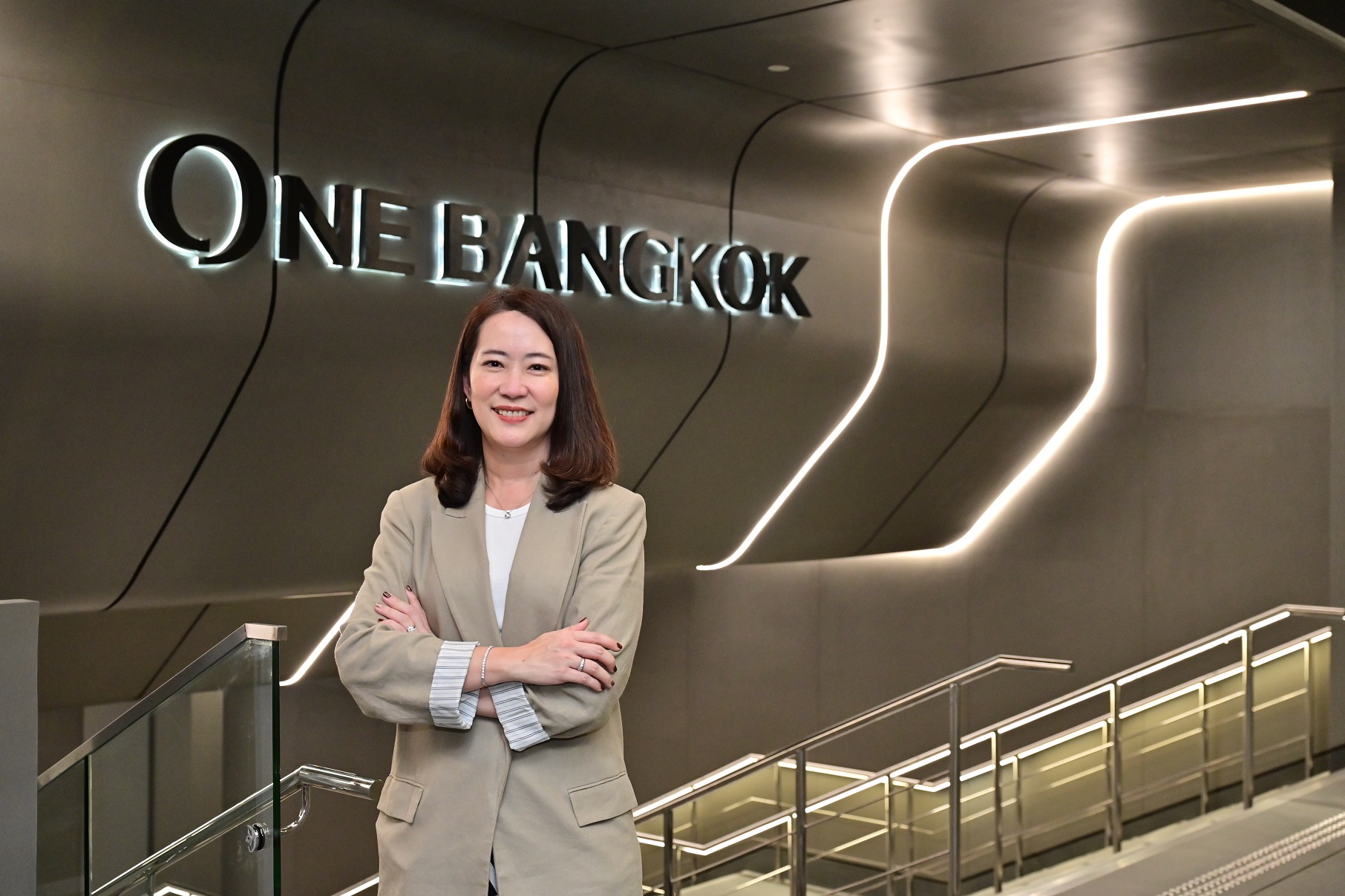
Chatchawal Saengpreedakorn, Head of Credit Products Business Division at KASIKORNBANK, said, “KASIKORNBANK is delighted to create the “One Nee K Loey @ One Bangkok Retail” campaign, offering the ultimate credit card privileges and value for money to customers using their KASIKORNBANK credit cards at One Bangkok Retail, the new global lifestyle hub in the heart of Bangkok. This includes special discounts of up to 50% at over 30 leading restaurants and cashback of up to 17% when redeeming K Point for purchases. Additionally, ONE BANGKOK members will receive special gifts, vouchers, and a chance to win grand prizes worth over 10 million baht.”
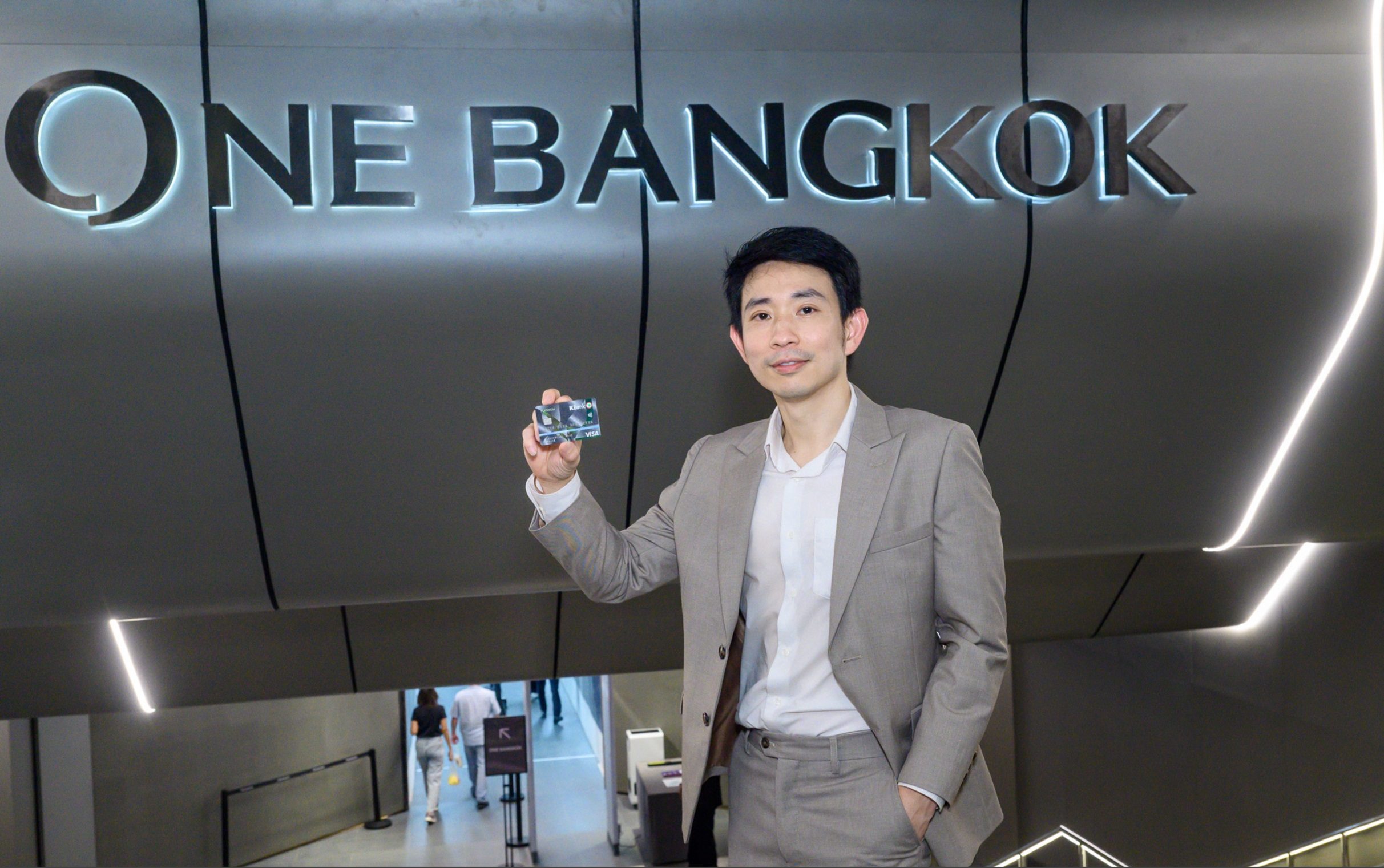
The “One Nee K Loey @ One Bangkok Retail” campaign offers four exclusive privileges from KASIKORNBANK Credit Cards, providing a rewarding experience across all dimensions of lifestyle at One Bangkok Retail:
- Privilege 1: Enjoy discounts of up to 50% at over 30 participating restaurants.
- Privilege 2: Receive cashback of up to 17% when redeeming K Points equivalent to the spending amount.
- 17% cashback for KASIKORNBANK The Wisdom credit cardholders.
- 15% cashback for other KASIKORNBANK credit cardholders.
- For dining, a minimum spend of 1,000 baht per sales slip applies. For shopping, a minimum spend of 5,000 baht per sales slip applies.
- Privilege 3: One Bangkok members get a chance to win grand prizes worth over 10 million baht. For every 3,000 baht spent with a KASIKORNBANK credit card, receive double entries (limited to 166 entries per person per day). Prizes include a Mercedes-Benz GLC 350e worth 4.18 million baht, three Soneva Jani, Maldives 1 Bedroom Water Retreat with Slide packages worth a total of 1,620,000 baht, a Hilton Sukhumvit Bangkok Presidential Suite Room package worth 114,000 baht, five Azimut yacht cruise packages worth a total of 500,000 baht, and other prizes such as vouchers for leading hotels, restaurants, and renowned brands.
- Privilege 4: One Bangkok members receive additional gifts or ONE BANGKOK RETAIL CASH VOUCHERS when spending with KASIKORNBANK credit cards according to the specified conditions.
- Special offer on 25 October 2024: Receive ONE BANGKOK RETAIL CASH VOUCHERS worth up to 16,500 baht when meeting spending requirements or choose to receive additional vouchers when spending 5,000 baht or more with KASIKORNBANK credit cards.
- Continuing the special offers from 26 October 2024 to 5 January 2025: Receive a free RHYTHMIC TOTE BAG worth 1,600 baht when spending 4,000 baht with KASIKORNBANK credit cards or receive ONE BANGKOK RETAIL CASH VOUCHERS worth up to 16,000 baht when meeting spending requirements. Special offer for food lovers! Receive ONE BANGKOK RETAIL CASH VOUCHERS worth up to 1,200 baht when meeting dining spending requirements.
Join the celebration of the One Bangkok Retail opening and experience elevated shopping with numerous privileges at One Bangkok Retail in the Parade and The Storeys zones starting 25 October 2024. Download the One Bangkok Retail mobile app for access to exclusive benefits, news, and special promotions.
Note: Privileges are limited. Check for additional campaign details on the One Bangkok Retail app and WWW.ONEBANGKOK.COM or follow Facebook: Parade at One Bangkok / The Storeys at One Bangkok, Instagram: parade.onebangkok / thestoreys.onebangkok, TikTok: onebangkok.retail, or add LINE: @onebangkokretail for the latest updates.
*Terms and conditions apply as specified by the bank. For more details: https://www.kasikornbank.com/

